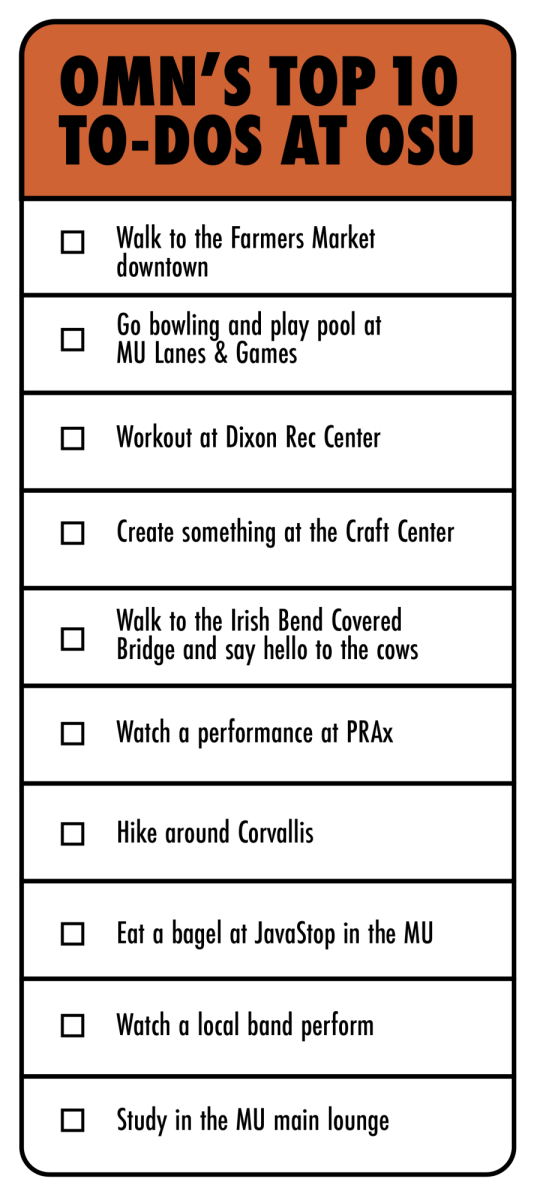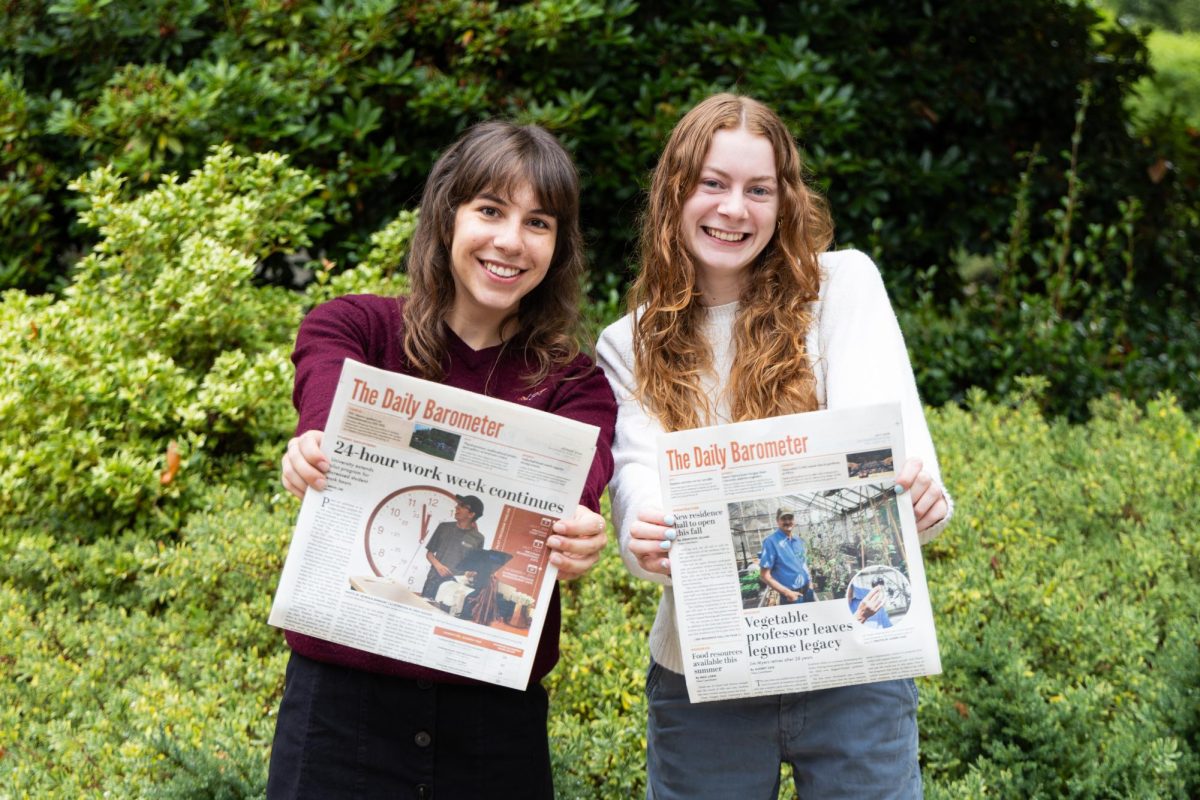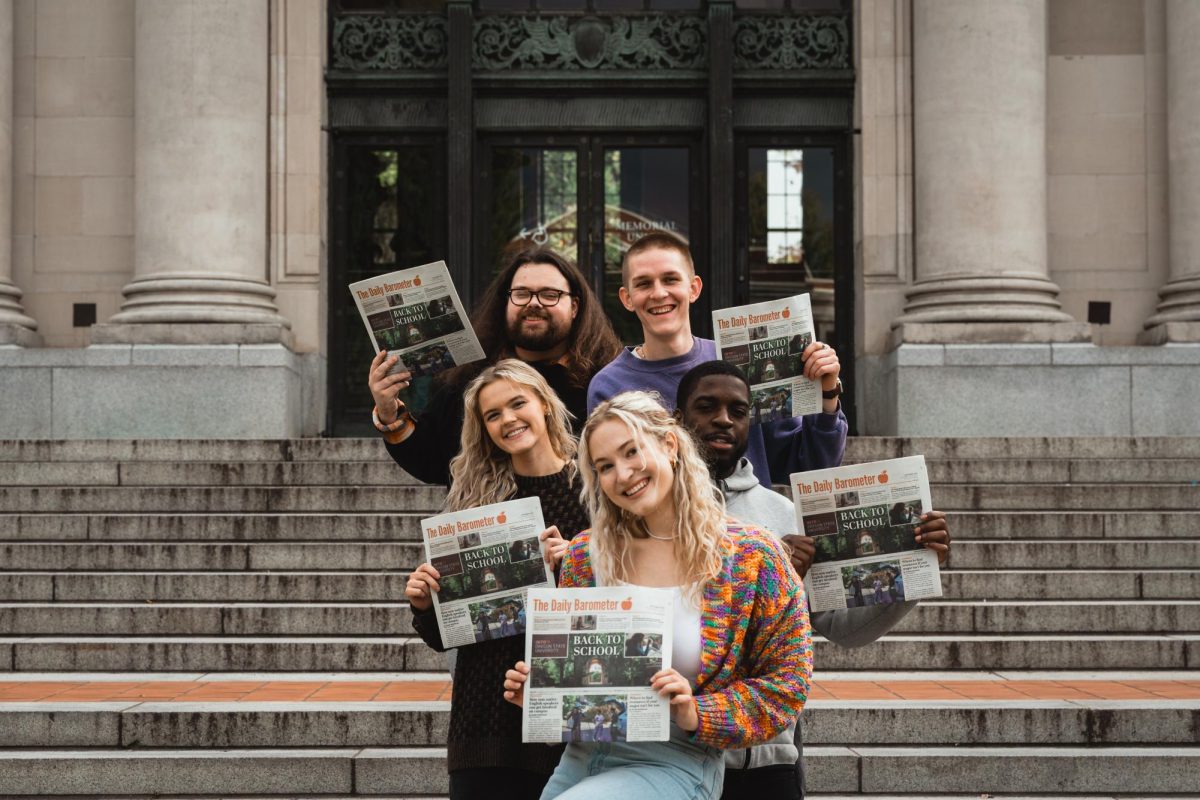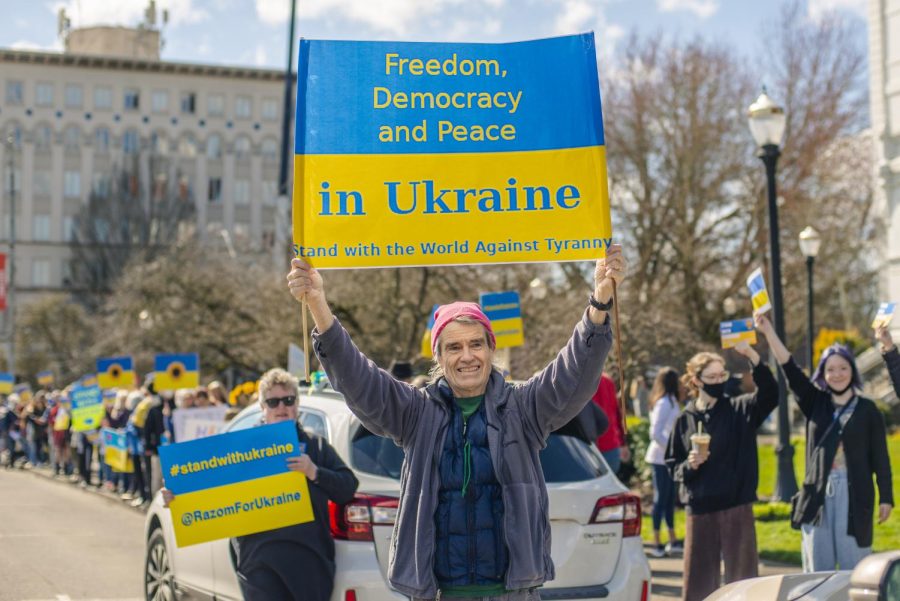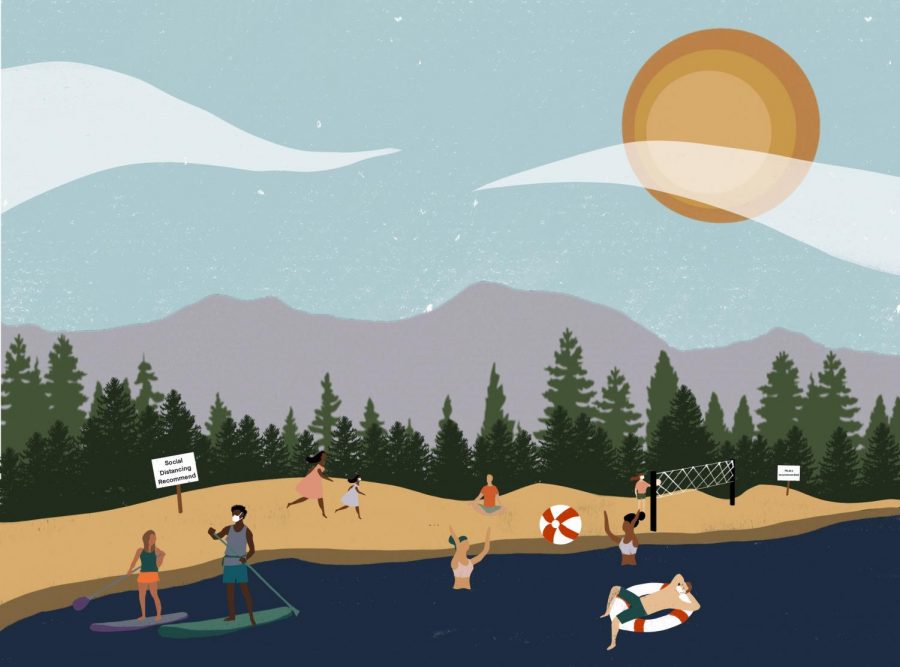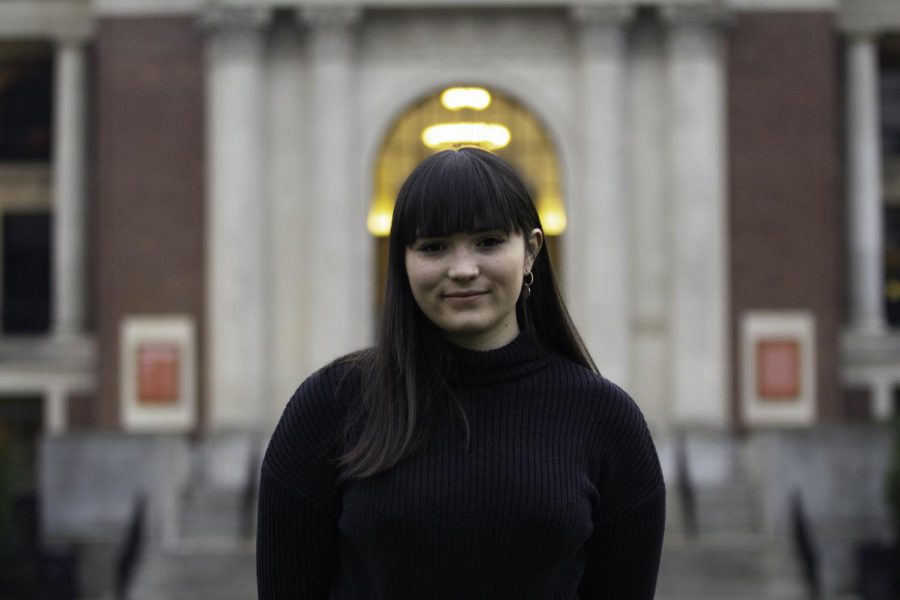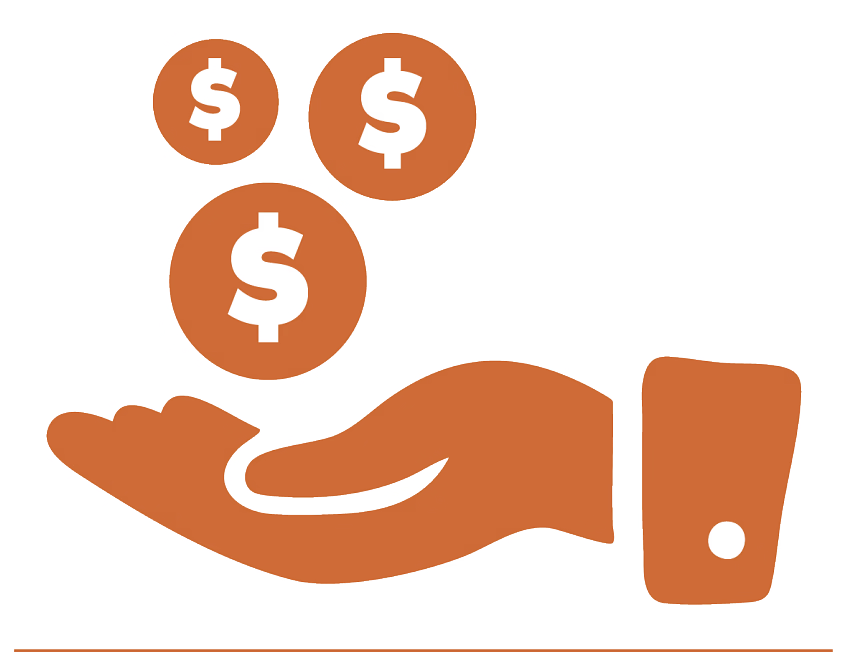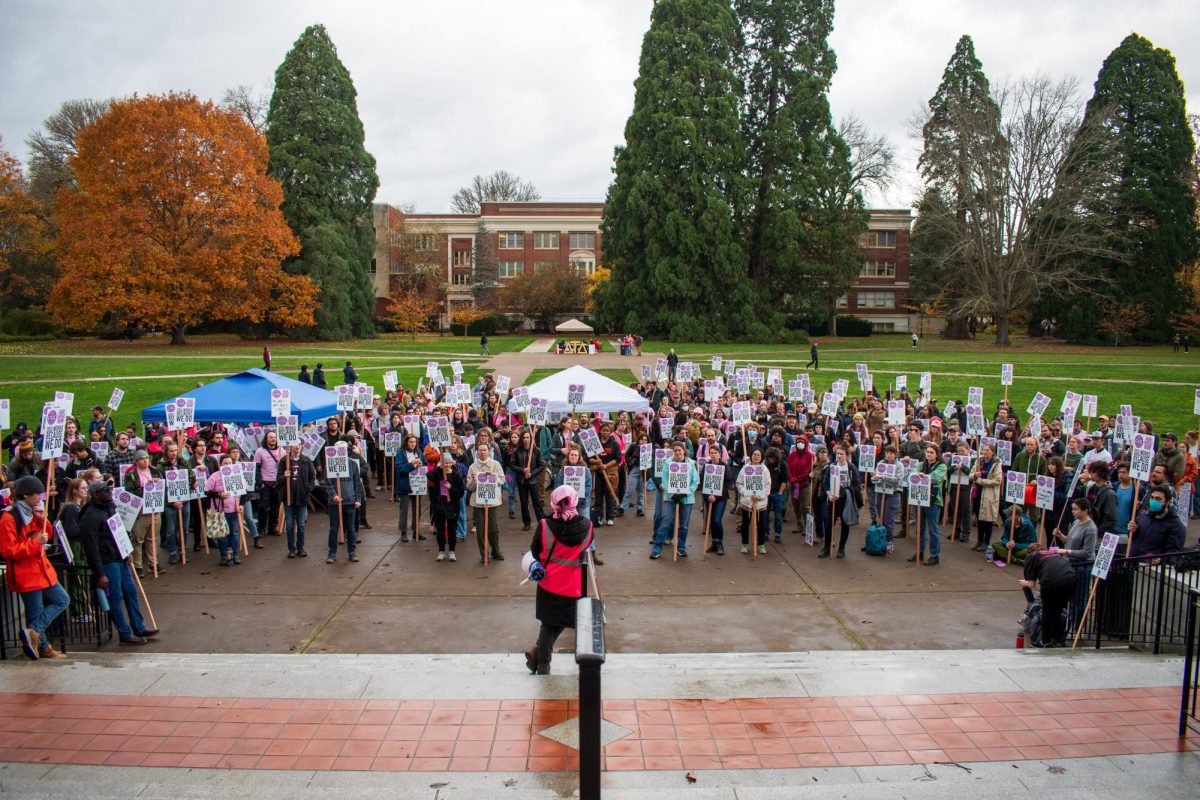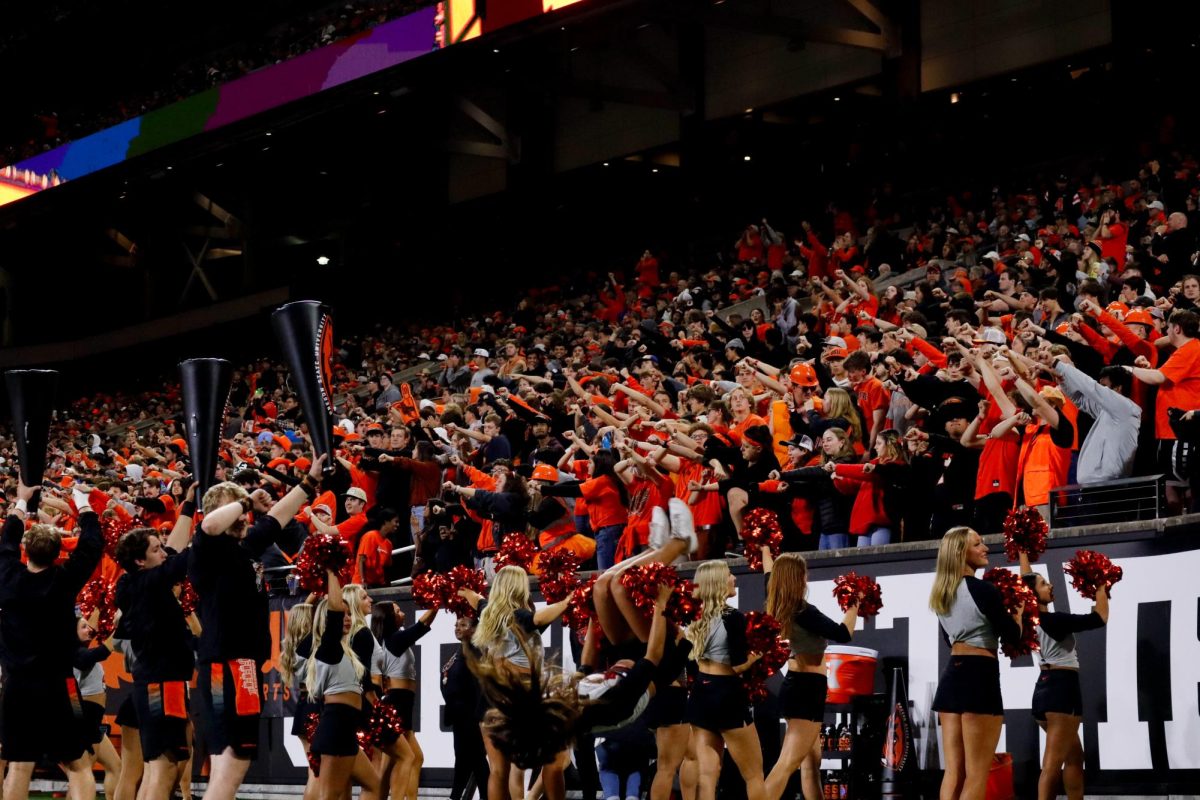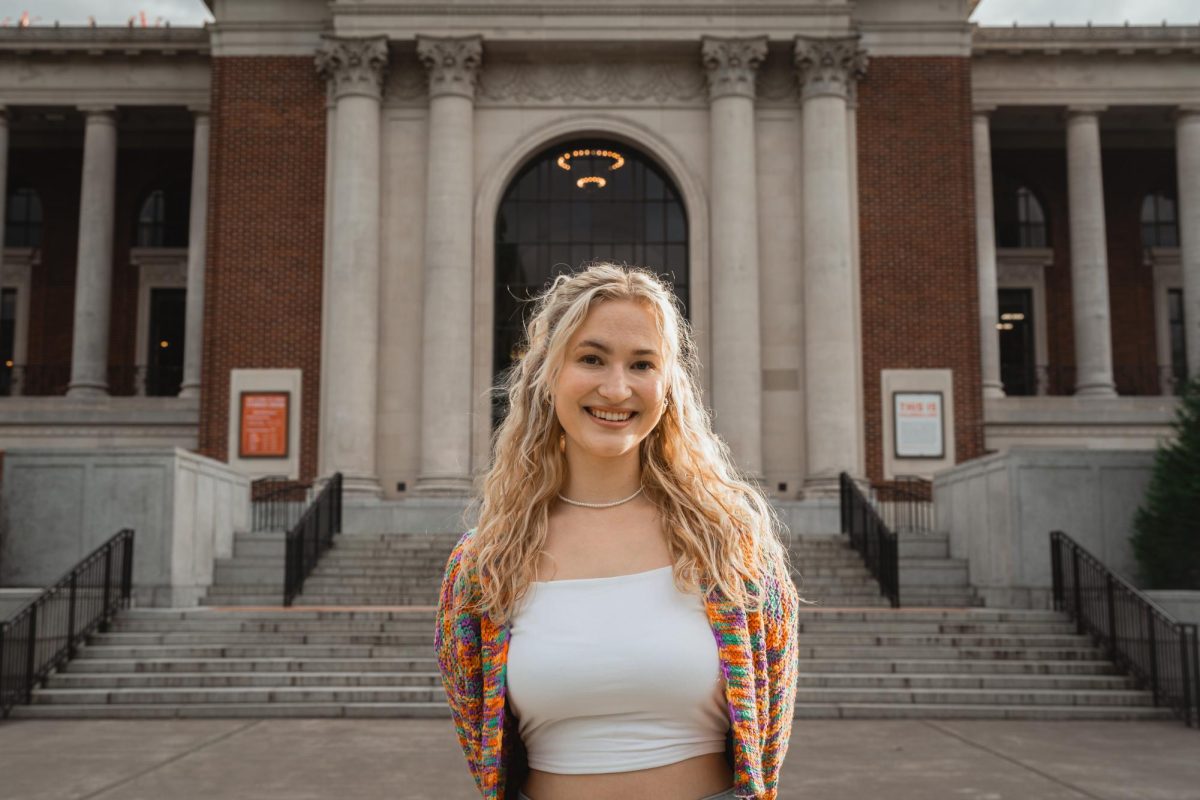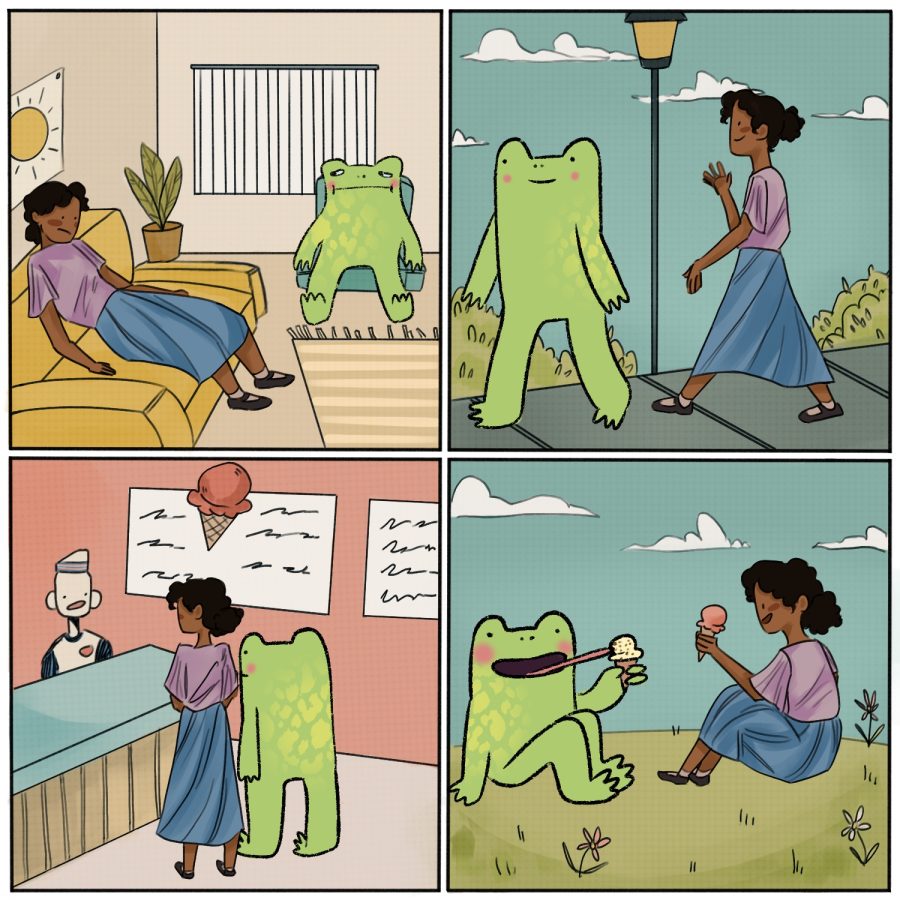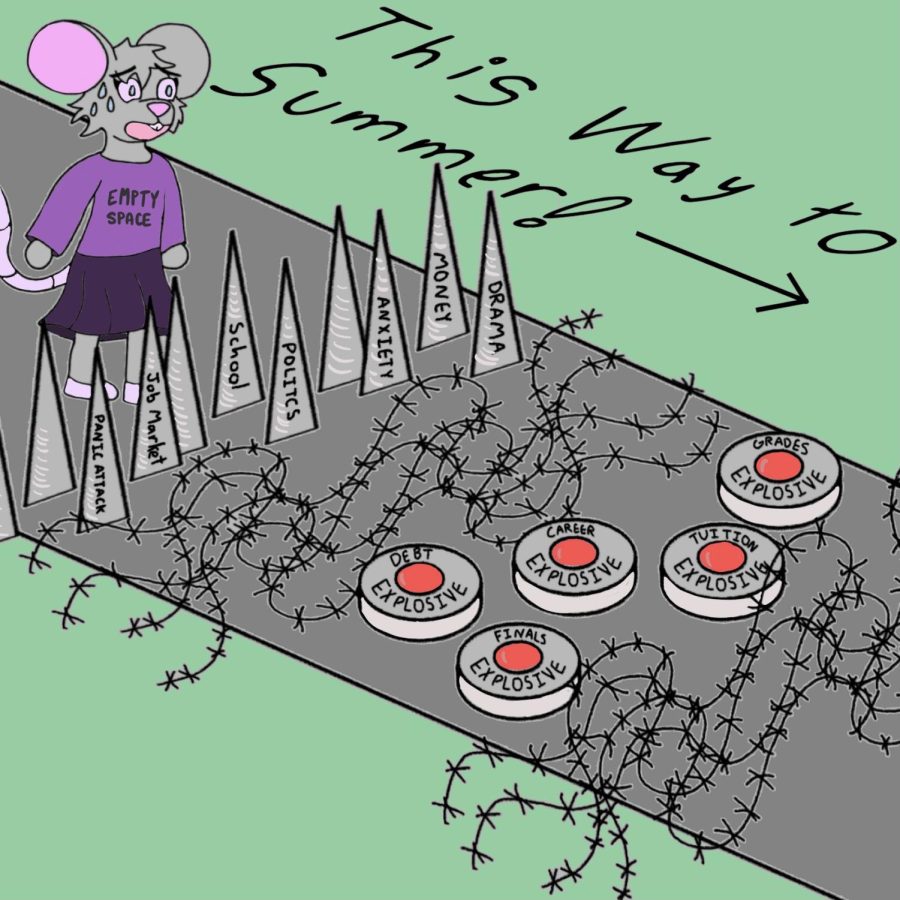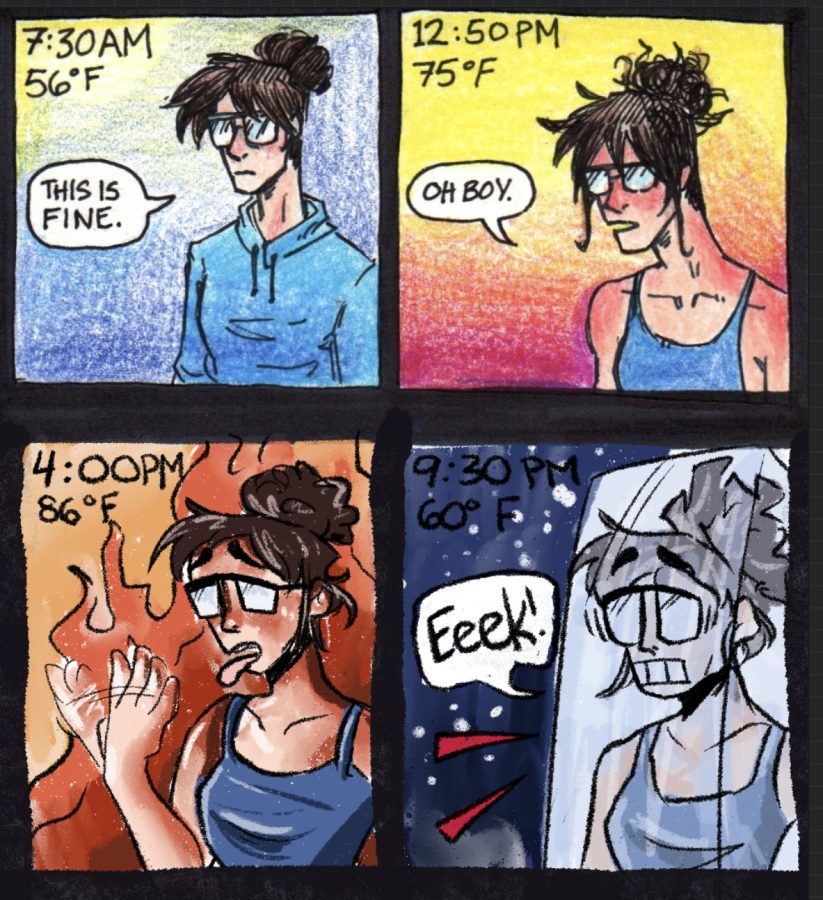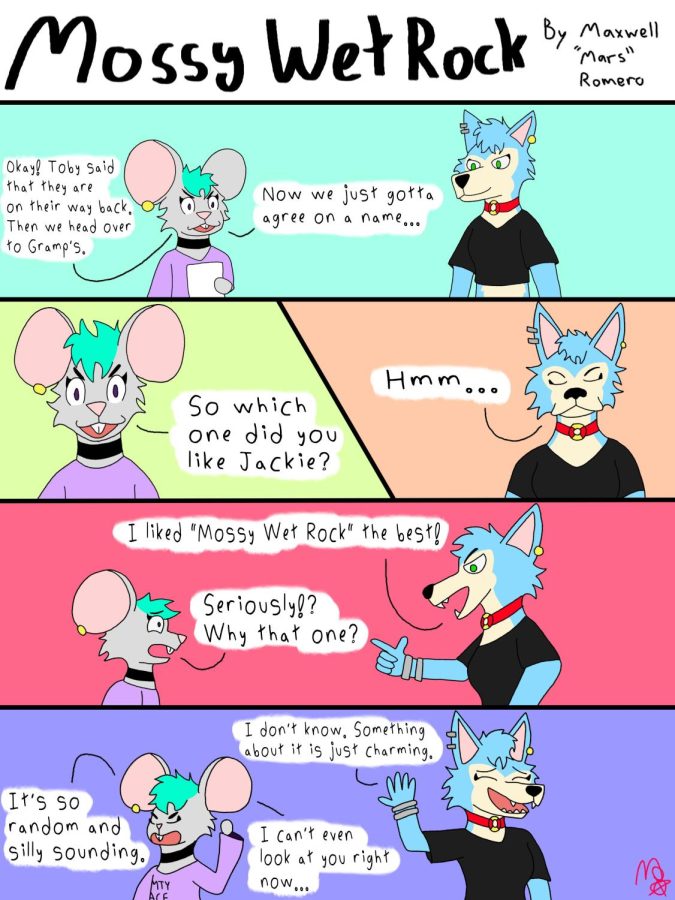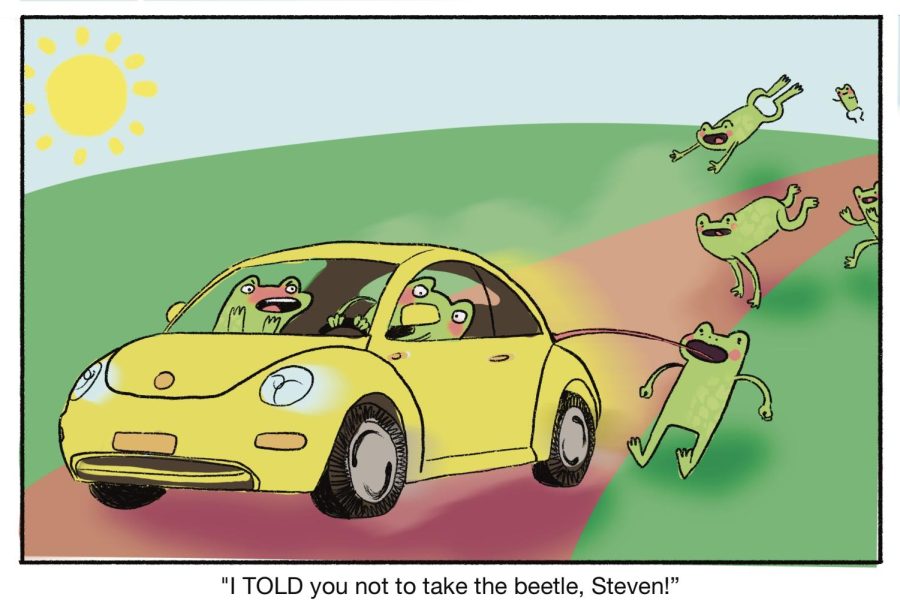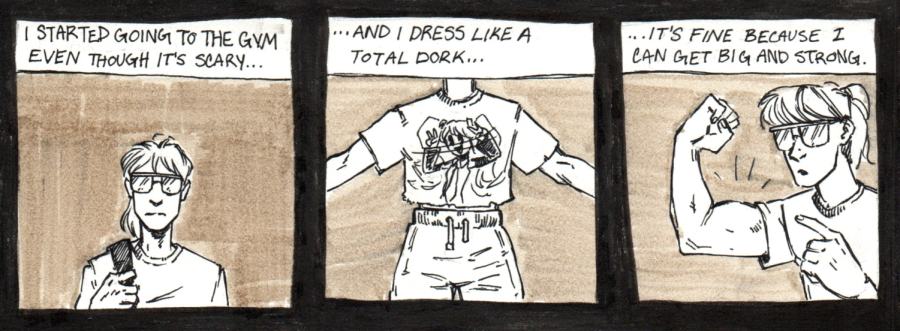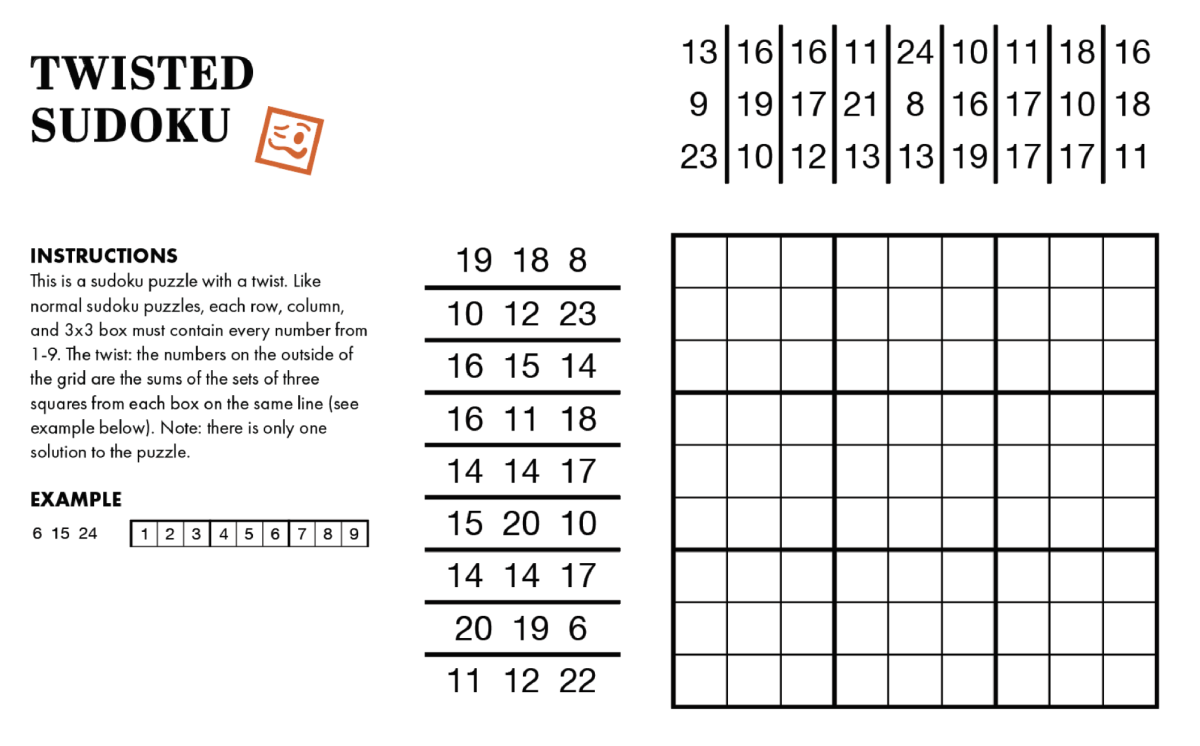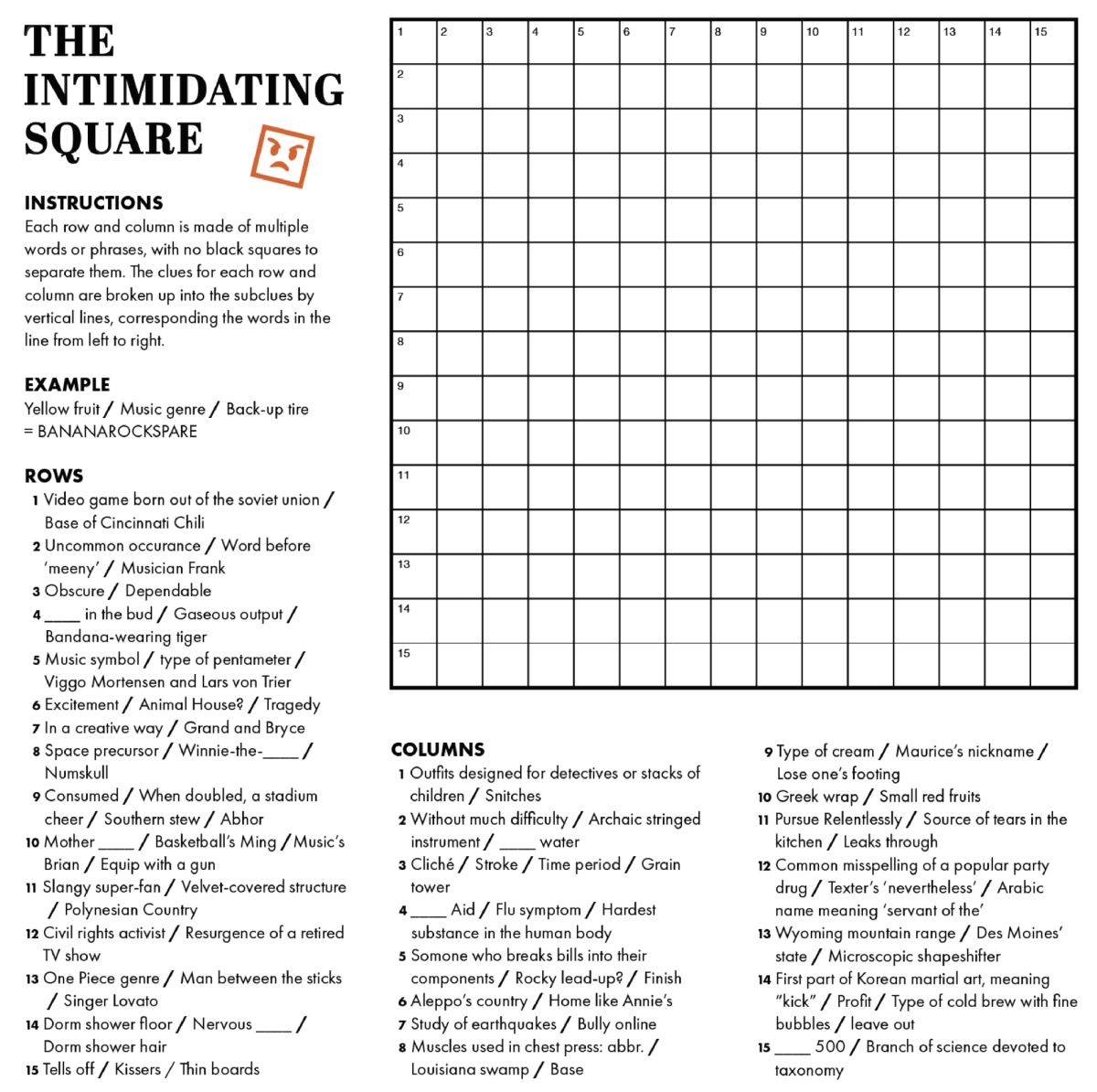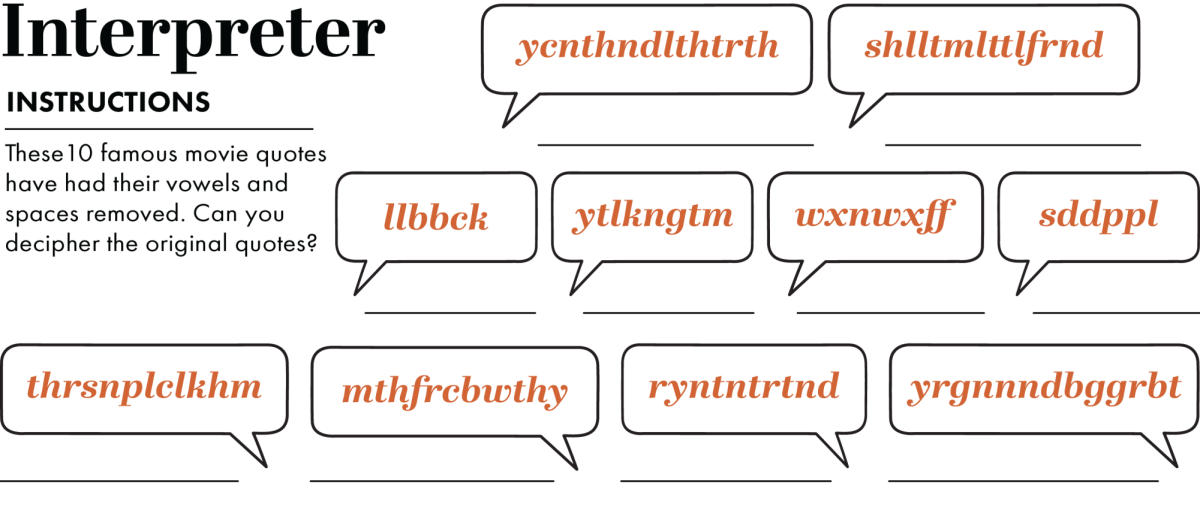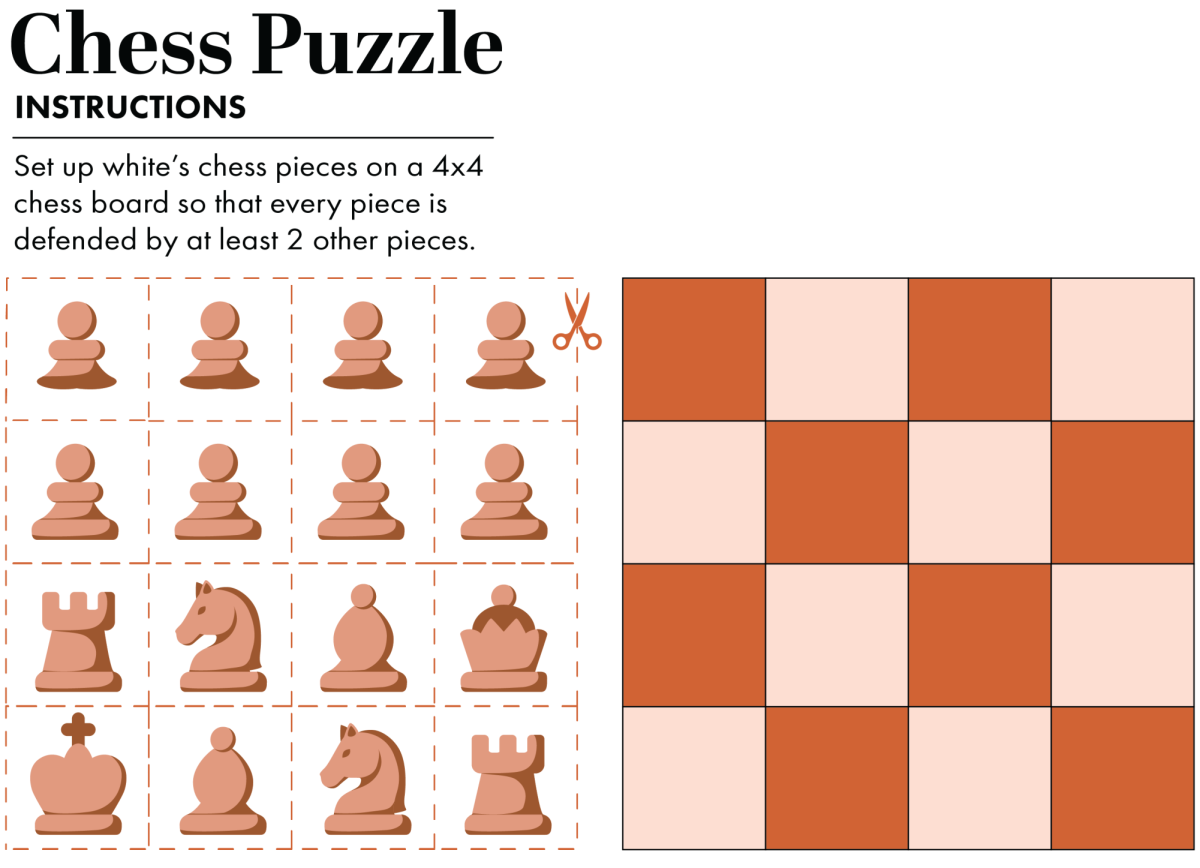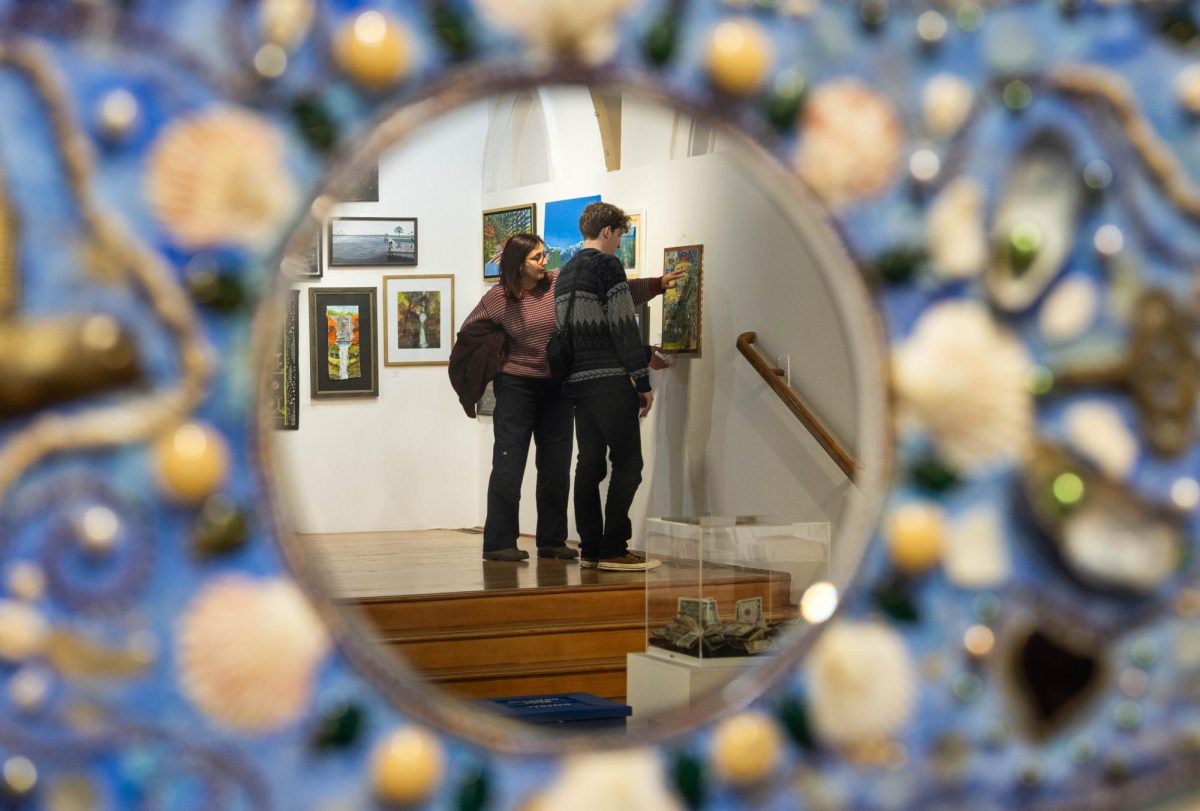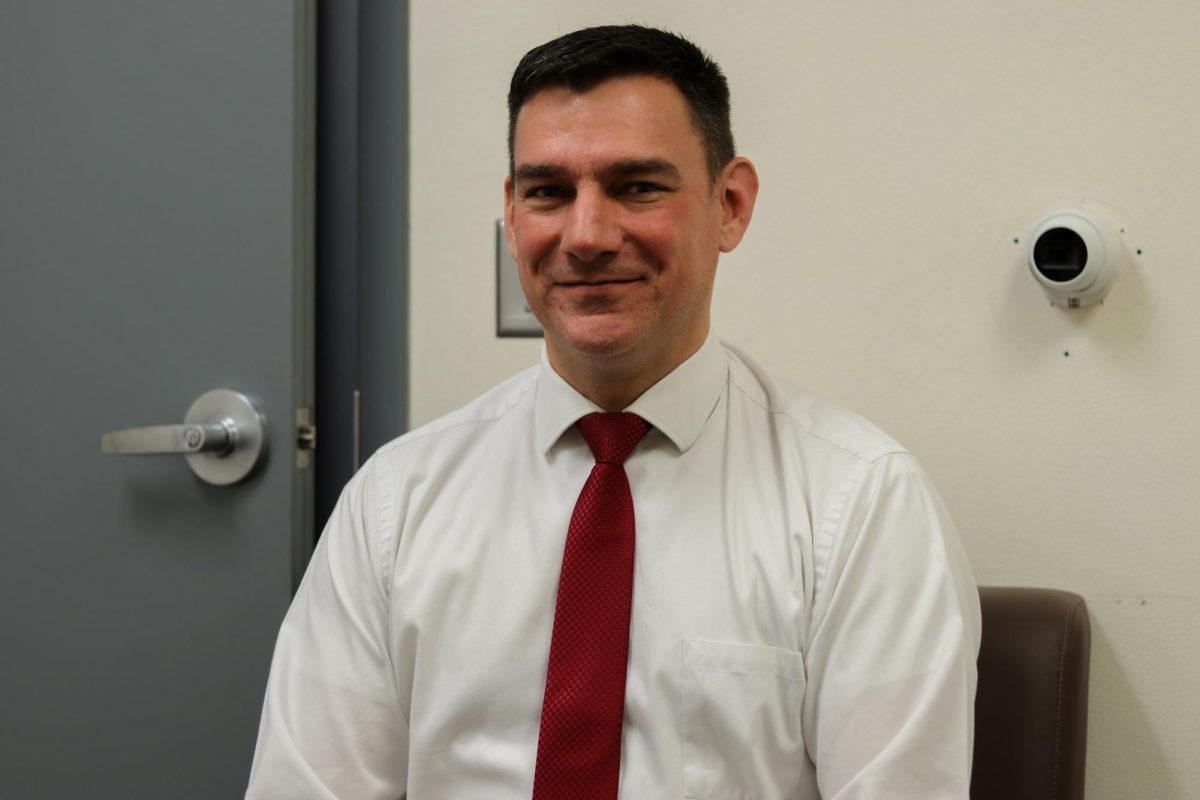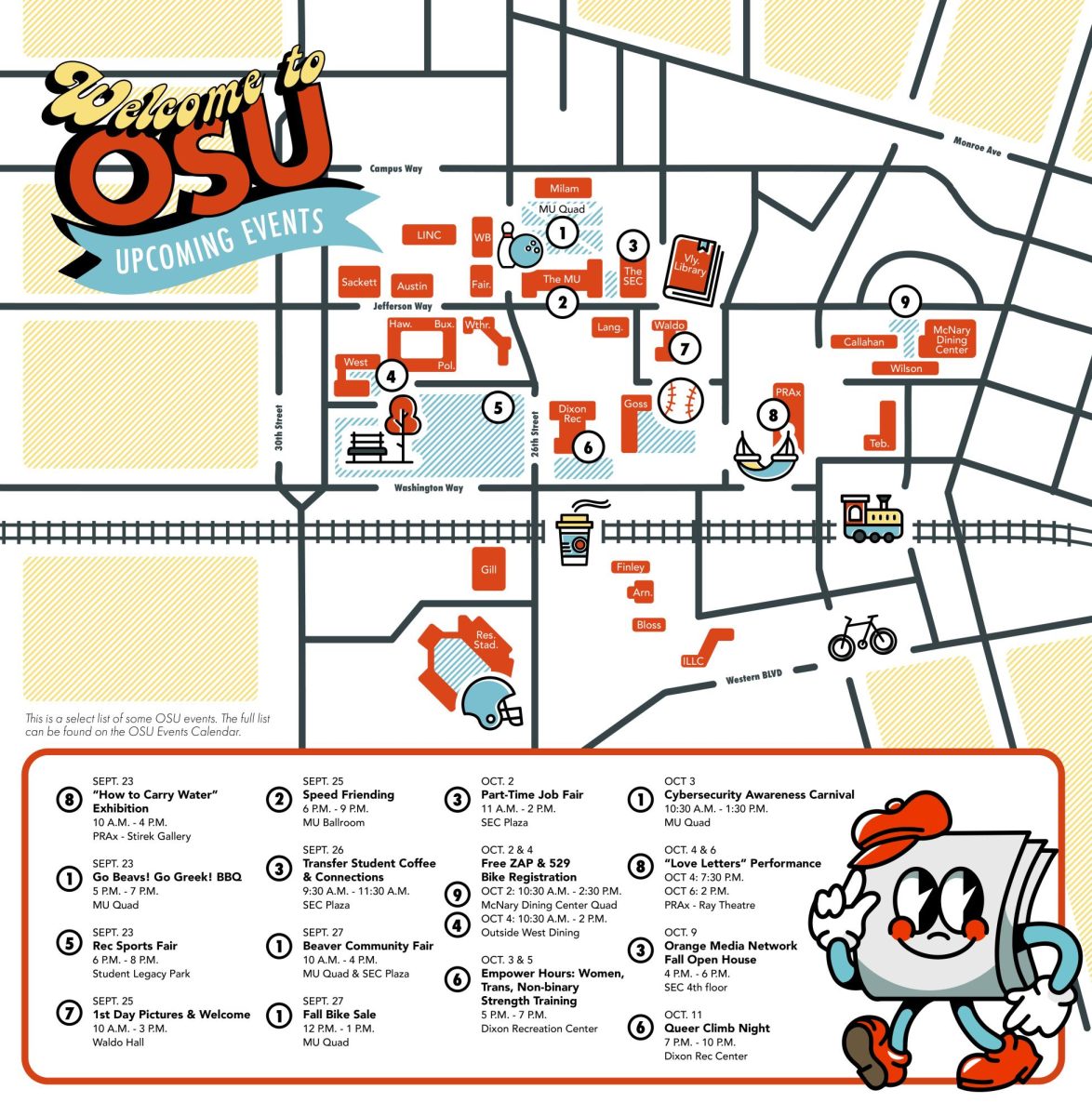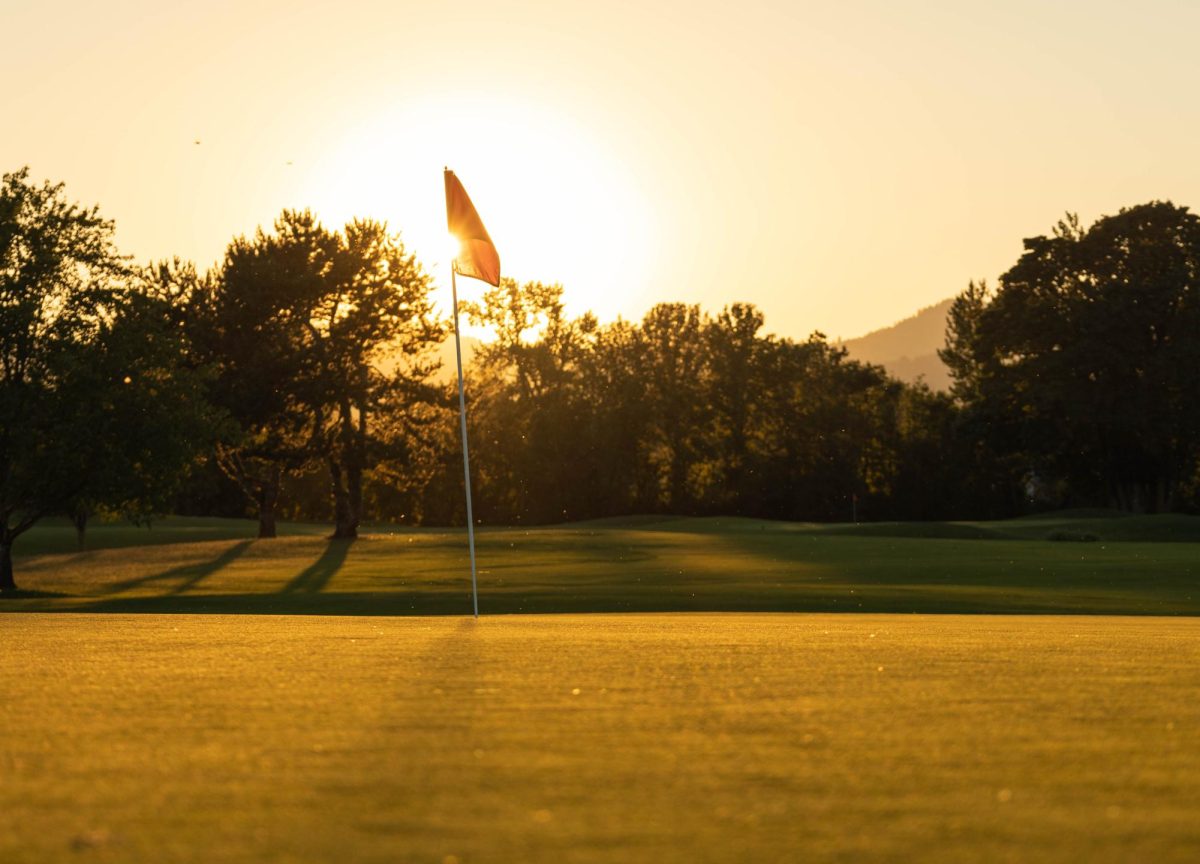The Corvallis Arts Walk is a longstanding community tradition that Paige Shumway of Pegasus Frame Studio & Gallery would passionately describe as “community gold.”
With its inception on paper dating back to 2015, Shumway fondly recounts her own participation in this community affair, as this artistic collaboration existed long before it had an official title in the Corvallis community.
As an event taking place every third Thursday of the month, local artistry extends its shop curfew from the hours of 4 p.m. to 8 p.m. for the exhibition of community artwork. With over 12 participating venues in the downtown area, the Arts Walk gives the people of Corvallis the opportunity to share in one another’s creativity.
Now hosting and putting this event together, The Arts Center houses employees such as Willow Cogan and Jennie Castle, who both highlight the cultural and economic importance of CAW. Cogan, who is the visitors service coordinator, says, “The Corvallis Arts Walk is what got me into arts in the community,” further crediting her job at TAC to this event altogether.
Castle, serving as a new addition to TAC as the public programs manager, looks at this event as multifaceted, saying its purpose is twofold.
While showcasing and supporting the community arts, CAW also serves to “keep Corvallis healthy economically,” Castle said.
Shumway and the local gallery she and her family had grown for the past 45 years is a testament to Castle’s message. Shumway called the routine of this event “A practice of tradition.”
While the CAW has only been organized for the past 10 years, Shumway sees the aspects that make up this event — “breaking bread, gathering together, and collaborating” — as a nostalgic rite of passage for the tight-knit Corvallis community.
Shumway also highlighted this collaborative effort by showcasing local musicians and artists in the gallery every month for this event. Shumway isn’t the only business aiming to support local artists and their expression, as many participating galleries and stores “solicit an artist to showcase,” as Castle said.
“It’s like a salon where artists can have a very individual exhibit,” Shumway said. Each venue not working as an independent installation goes out into the community looking to uplift artists’ voices.
Although Castle shares that every month with the CAW is different, one consistency is placed in education. TAC this month, for instance, highlighted the artistic process itself, opening up its downstairs studios for observation as their artist residents work on their individual craft.
Observing, understanding and making art is what Shumway explains as an opportunity often taken for granted. Saying art “overlaps academia and trade skills,” while additionally teaching people how to use both their left and right brain.
Oregon State University Professor Ross Hatton shares a similar sentiment, connecting the robotics work he does to the complexity in different artistries. As a frequent CAW participant, Hatton explains how big of an educational tool getting out into the community can be.
“Communication is a big part of being an academic,” Haddon said. Refining these skills and taking the time to appreciate other mediums of work in the community gives a student and professional a “broader perspective on (their) work.”
As a free event packed with comradery, food, wine and a shared appreciation for the arts, the CAW, in Shumway’s words, “gets everyone walking in each other’s moccasins.”
Keeping this event a wholesome collaboration, rather than a business, is important to artists such as Shumway who grew up in this community and sees how art is “dangerously rationalized based on whether it can be a commodity.”
Castle urges the community to participate and “go get lost in Downtown Corvallis.” As Shumway says, “The arts are healthy, its history, its life, its real, therefore its valuable.”

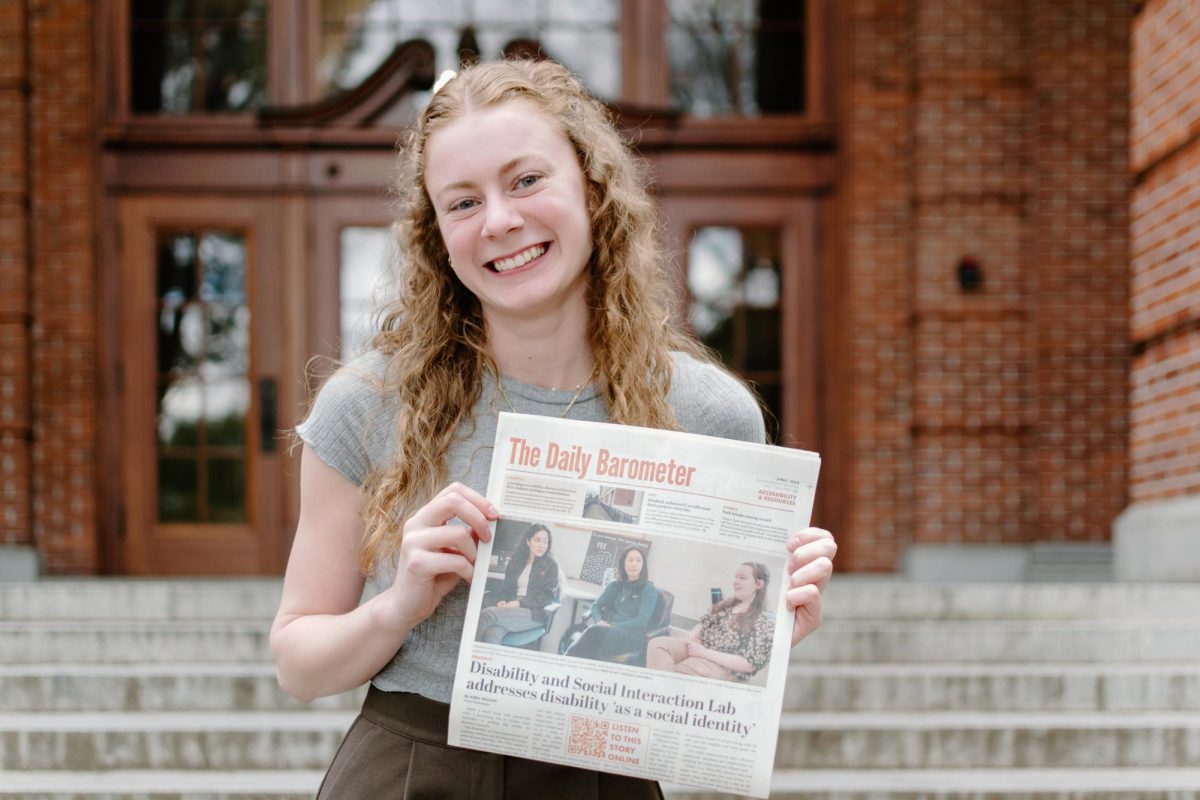
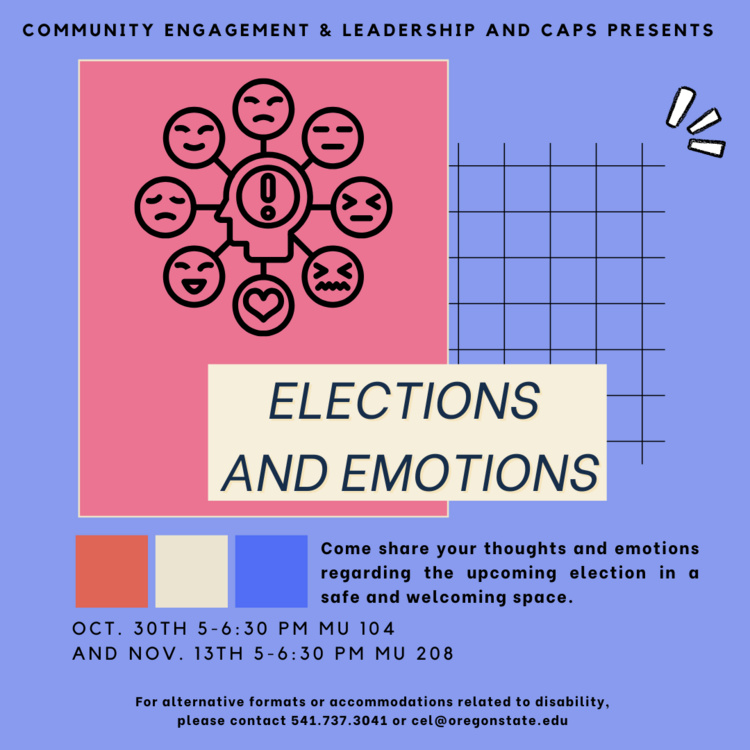
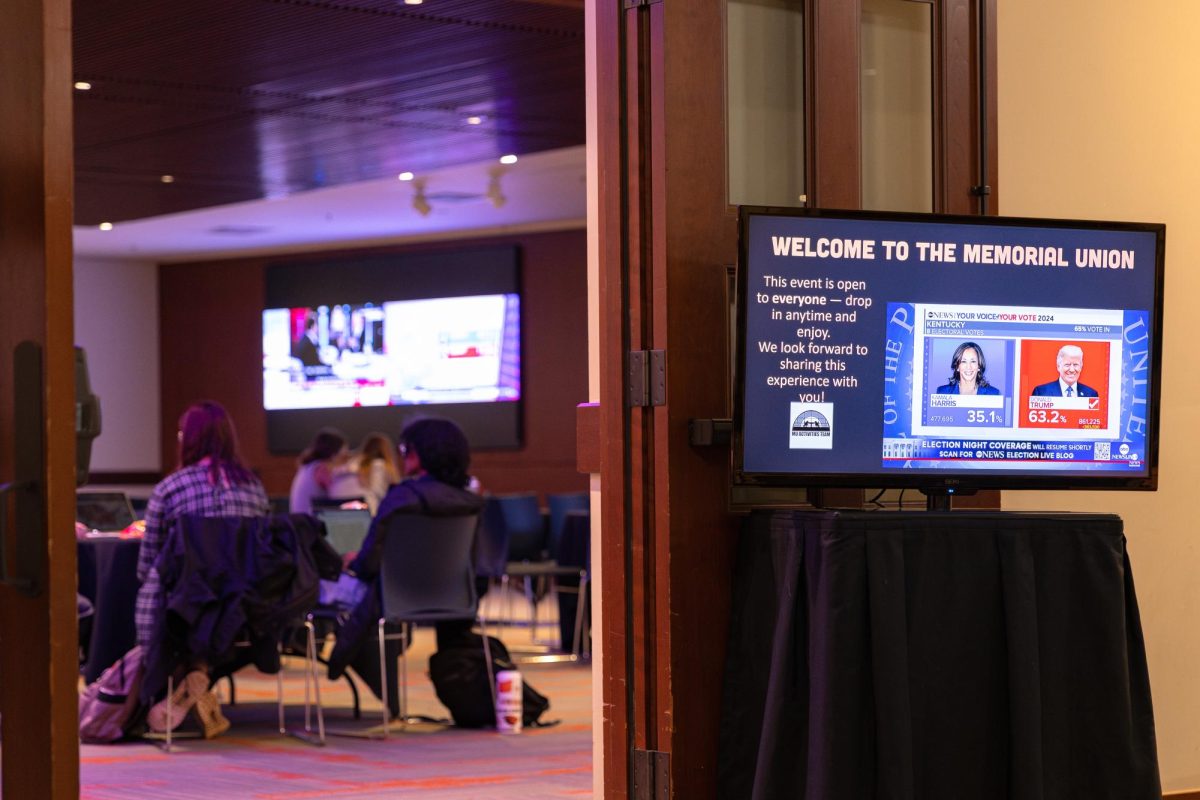
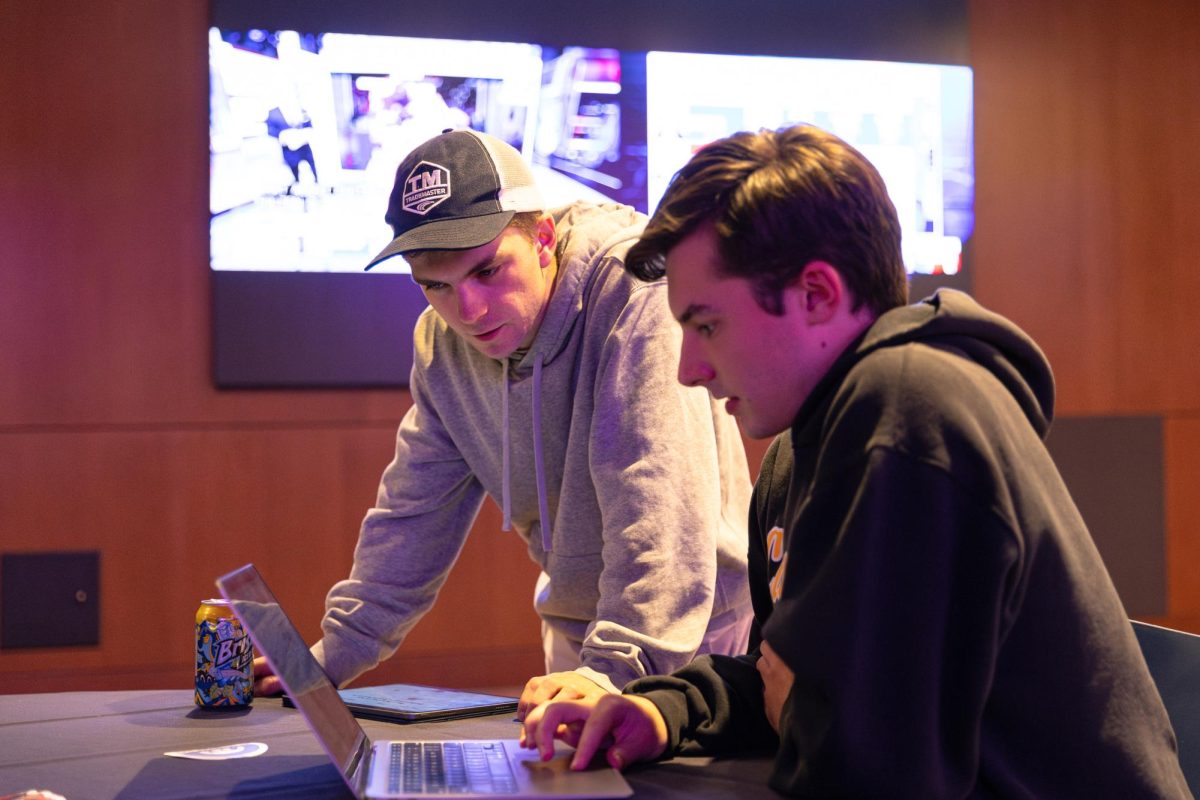
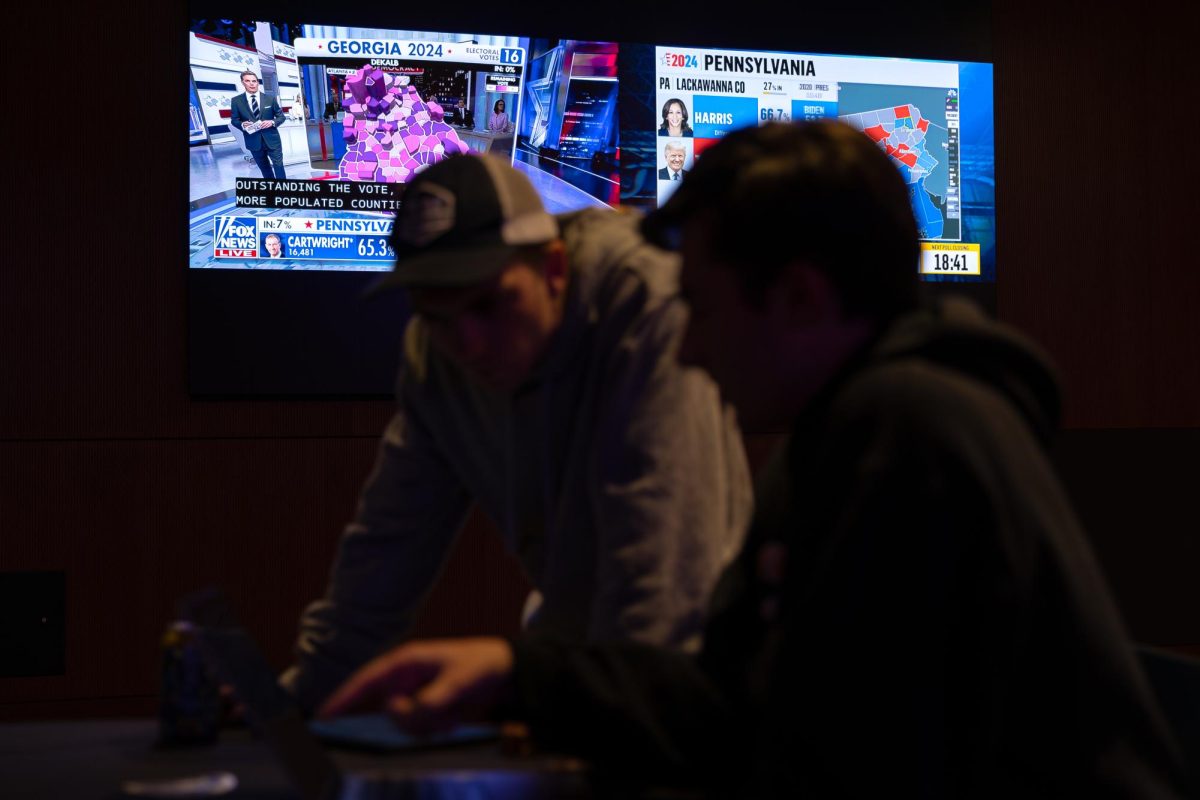
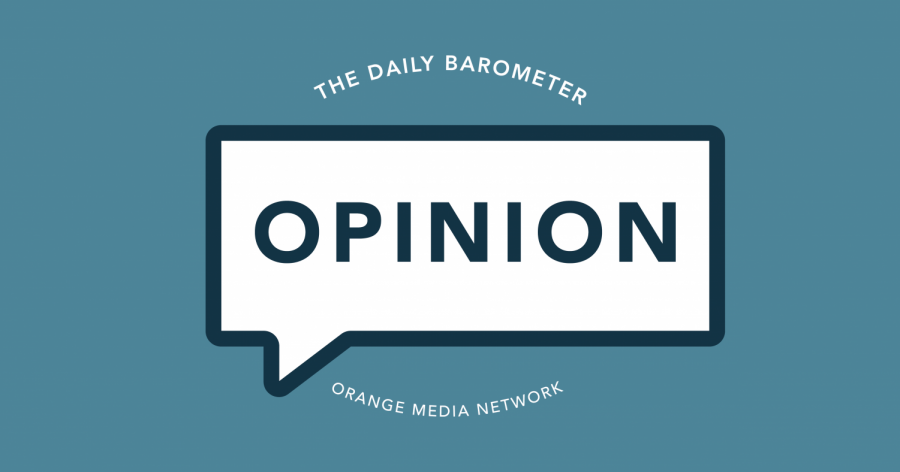
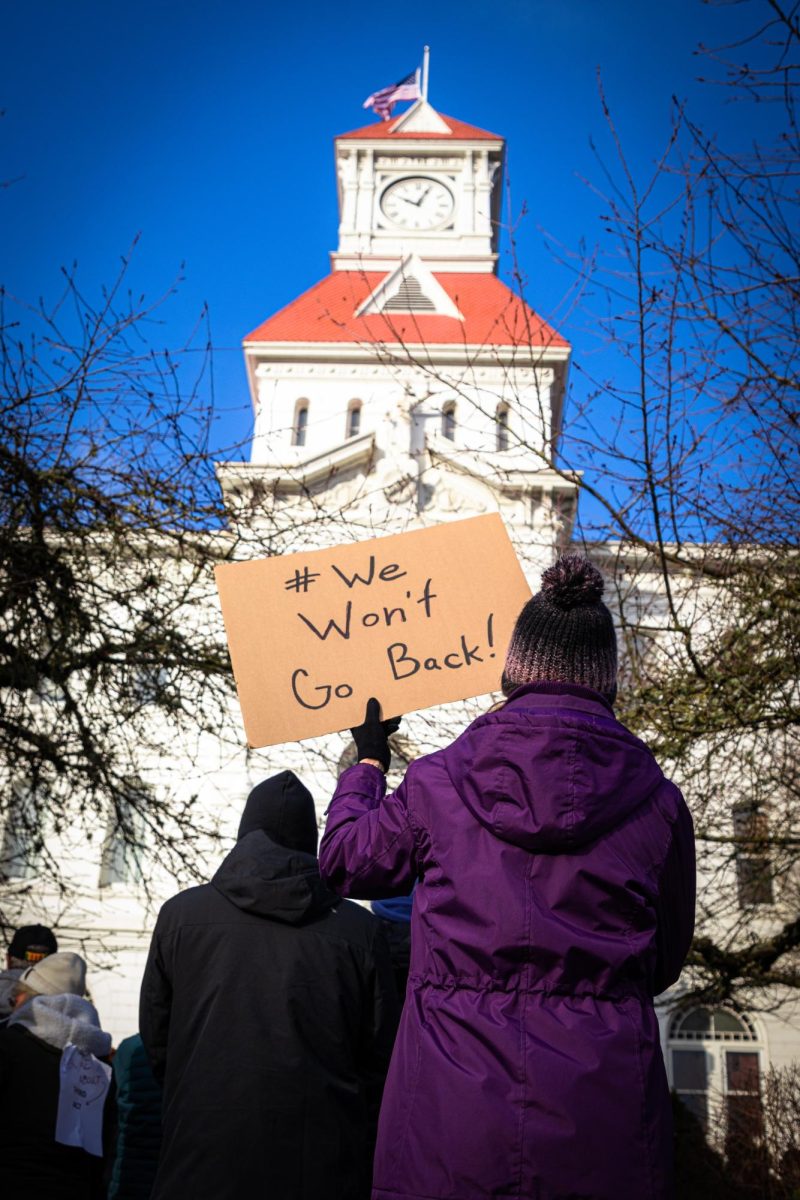
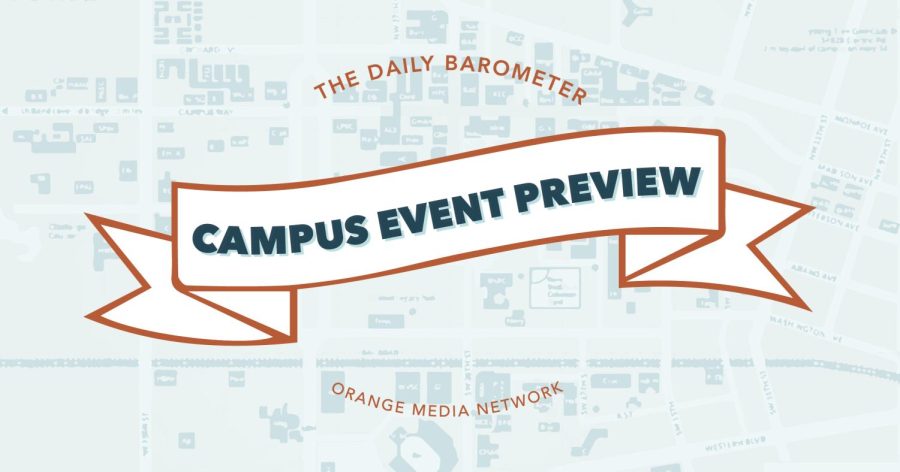
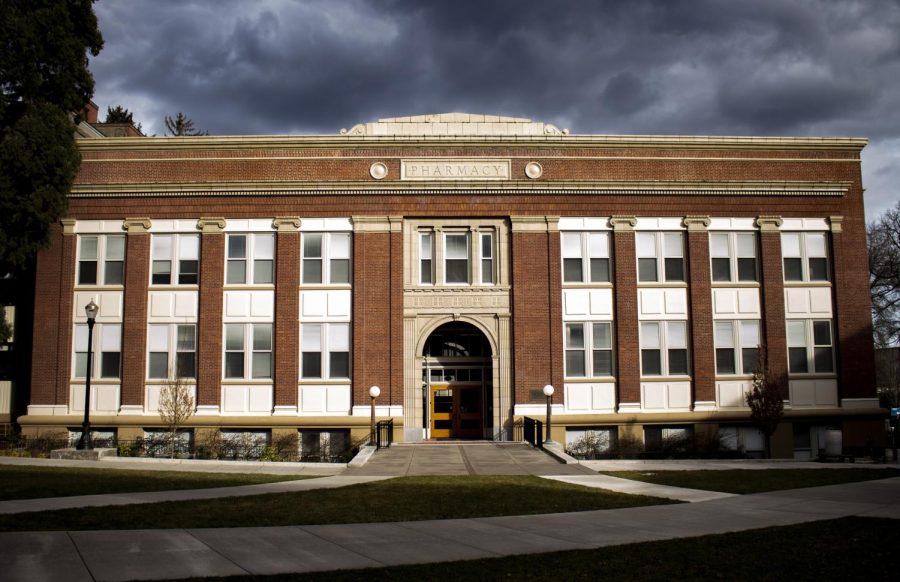
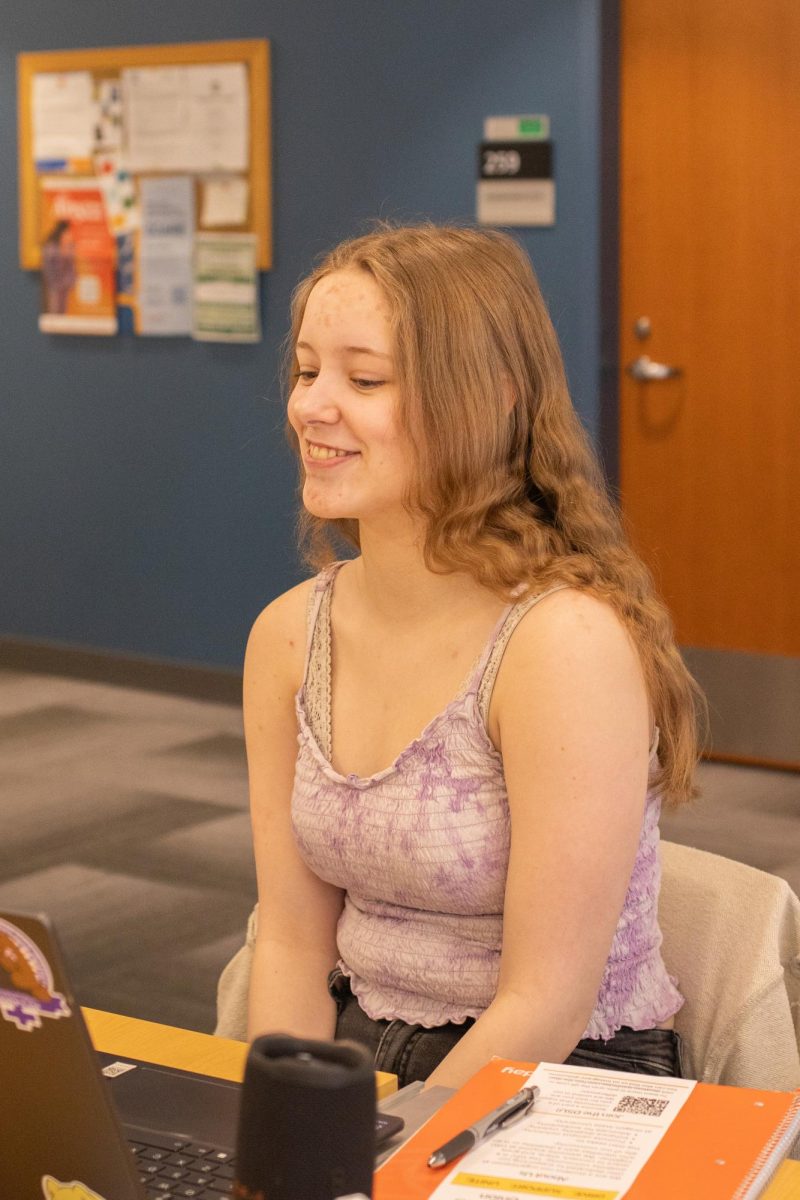
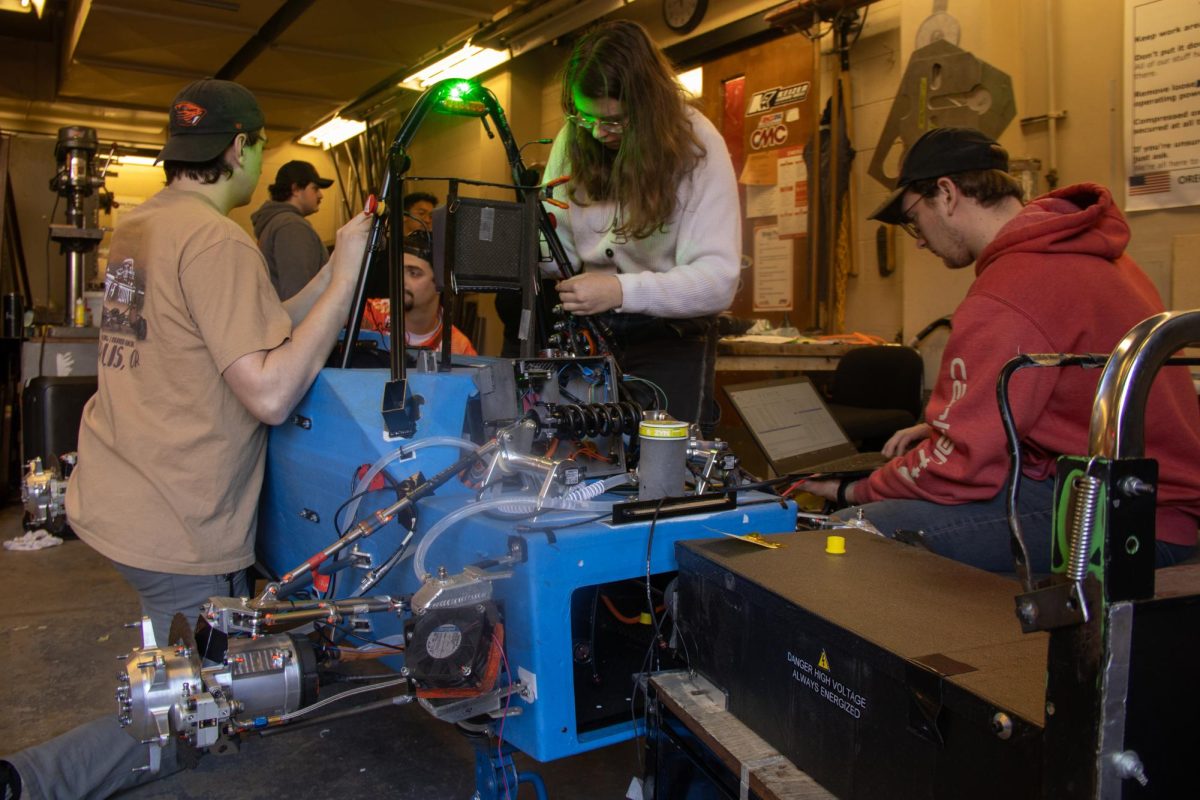
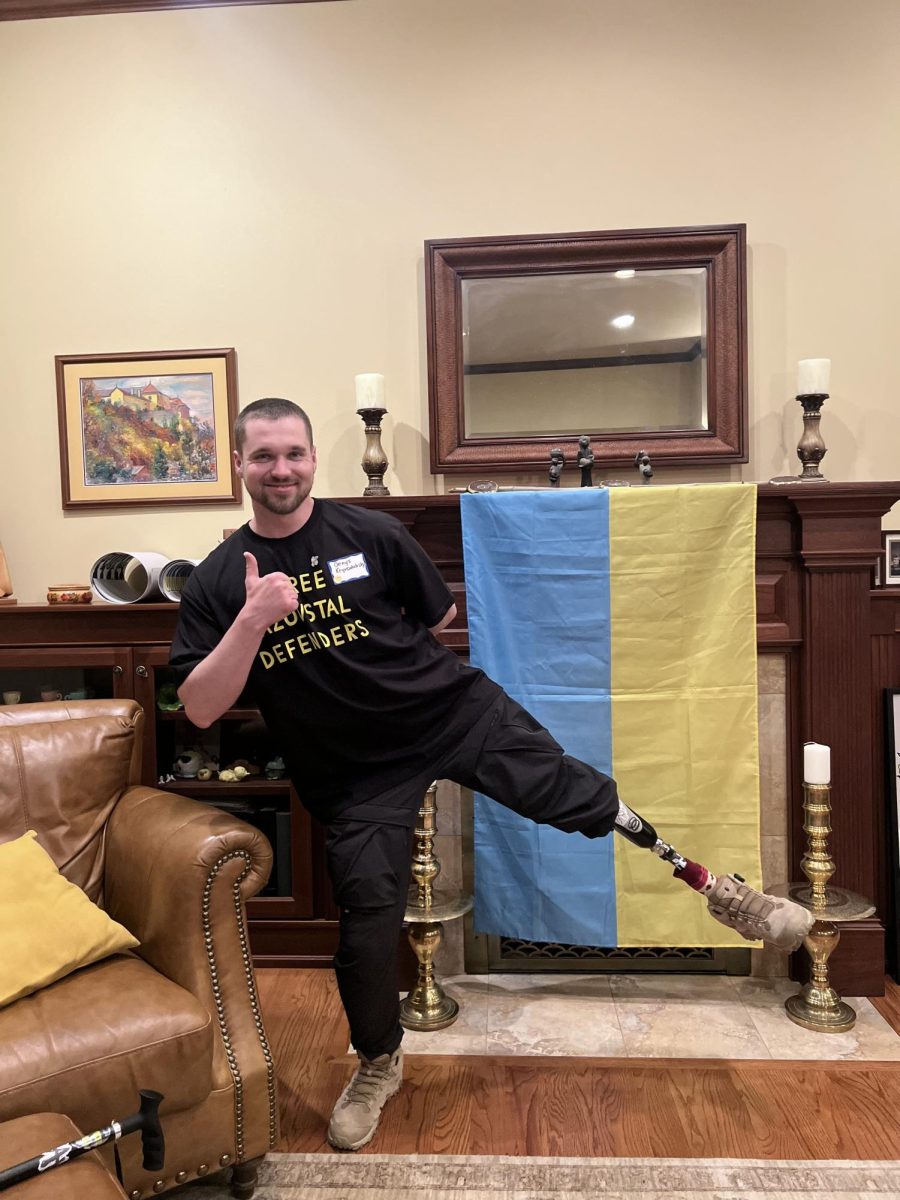
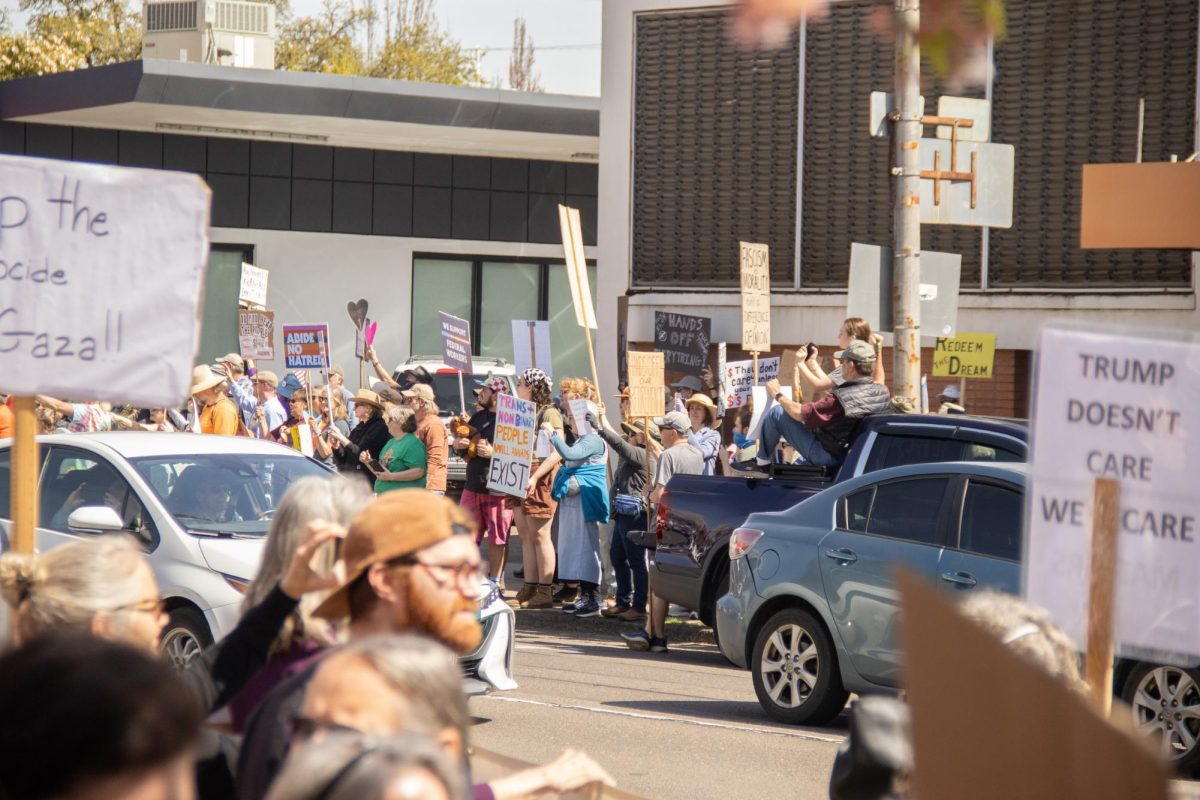
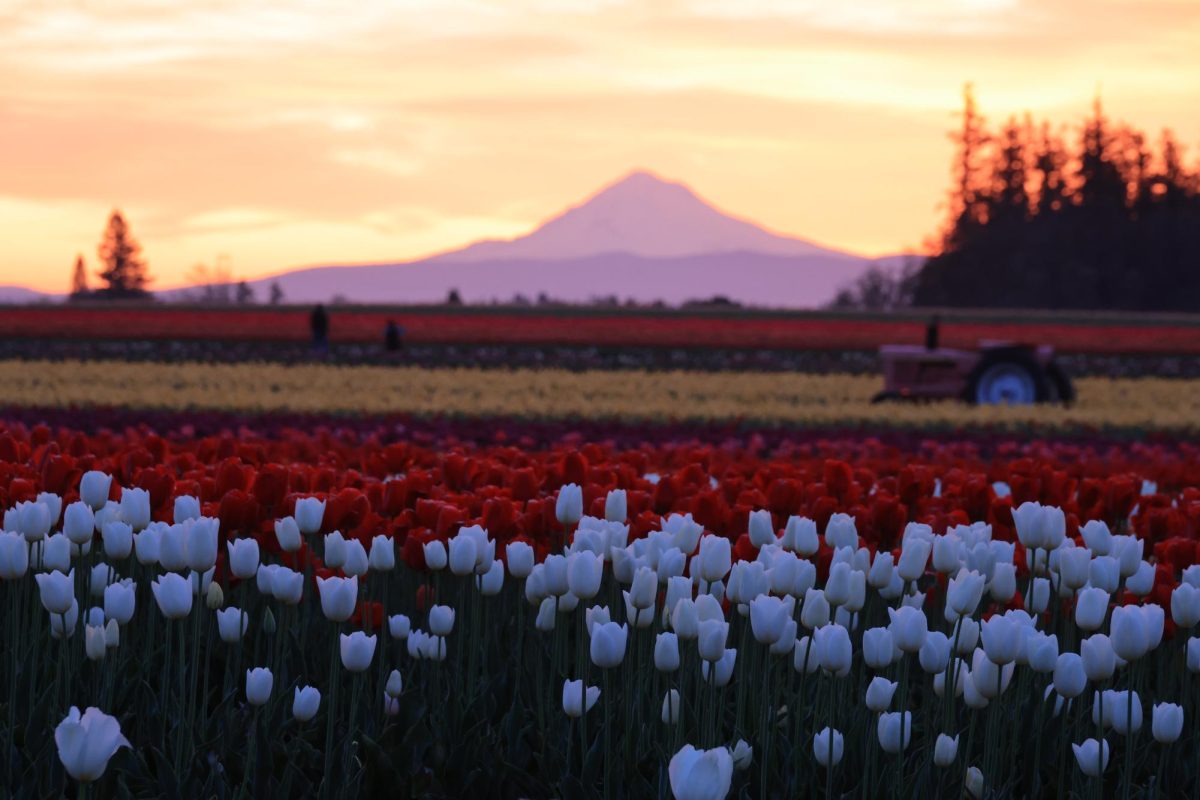
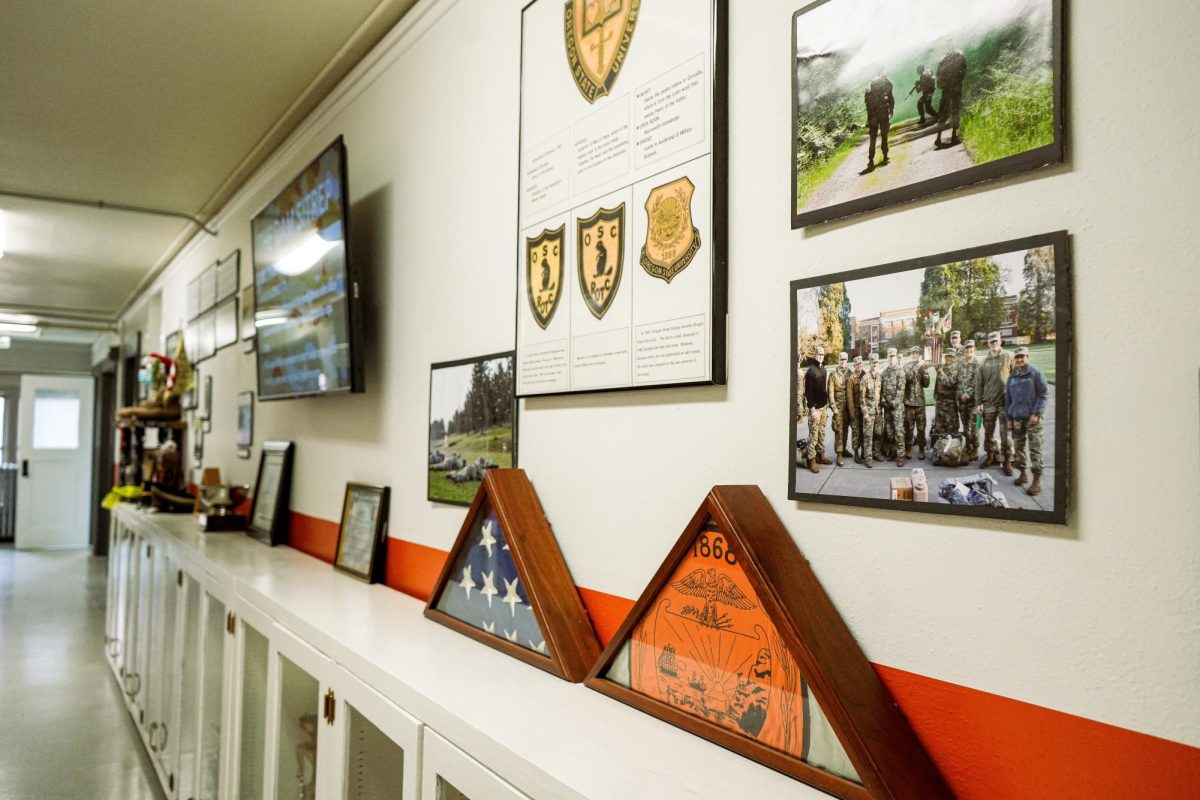
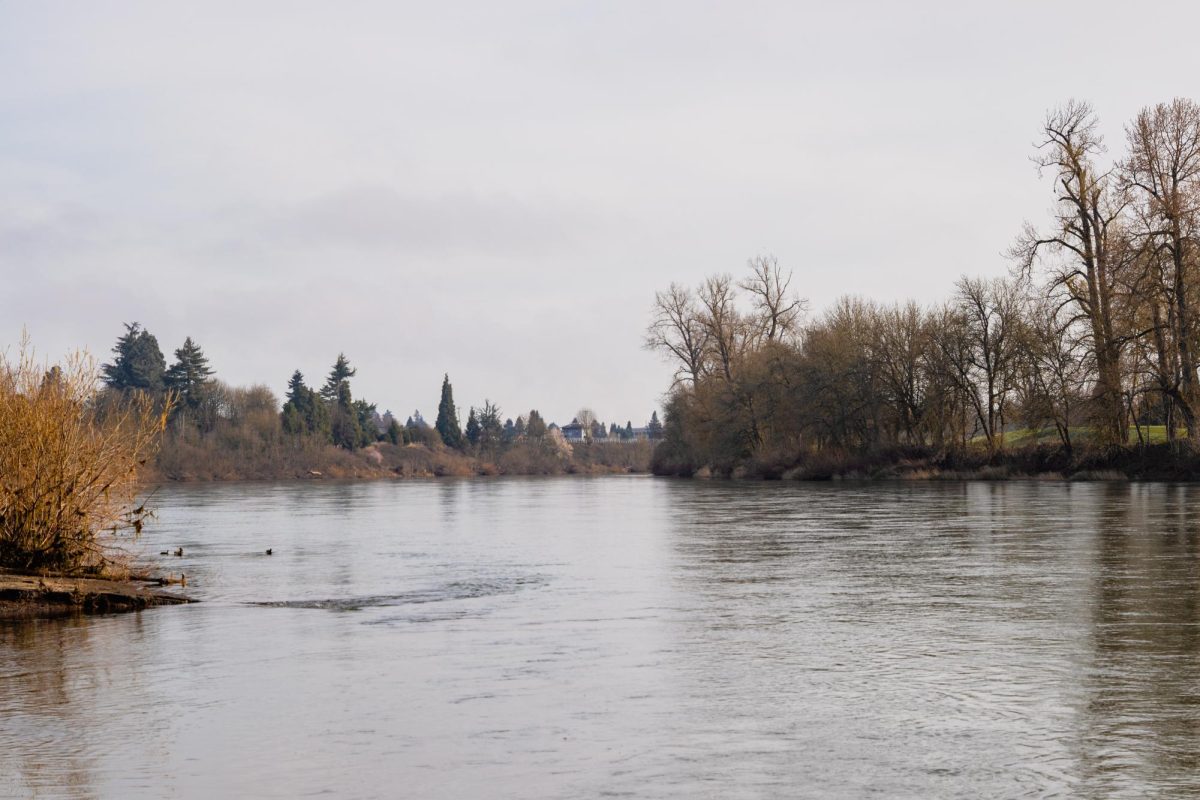

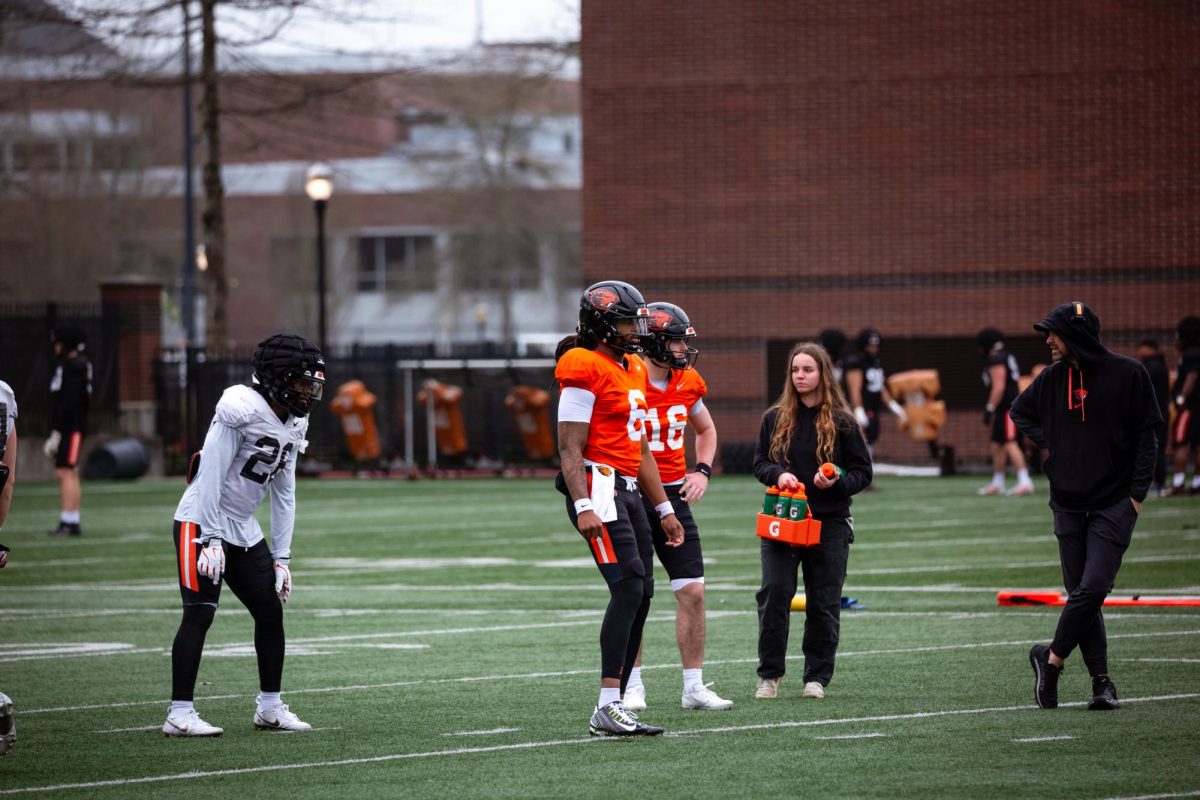
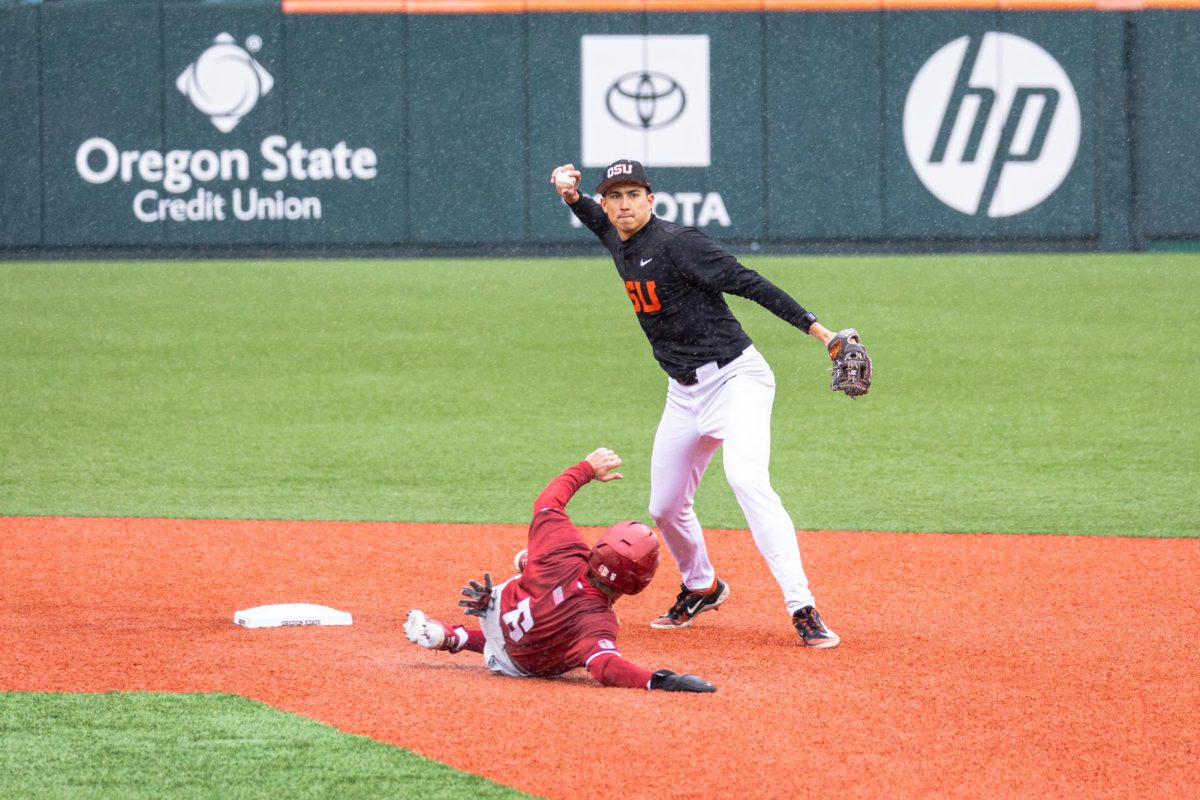

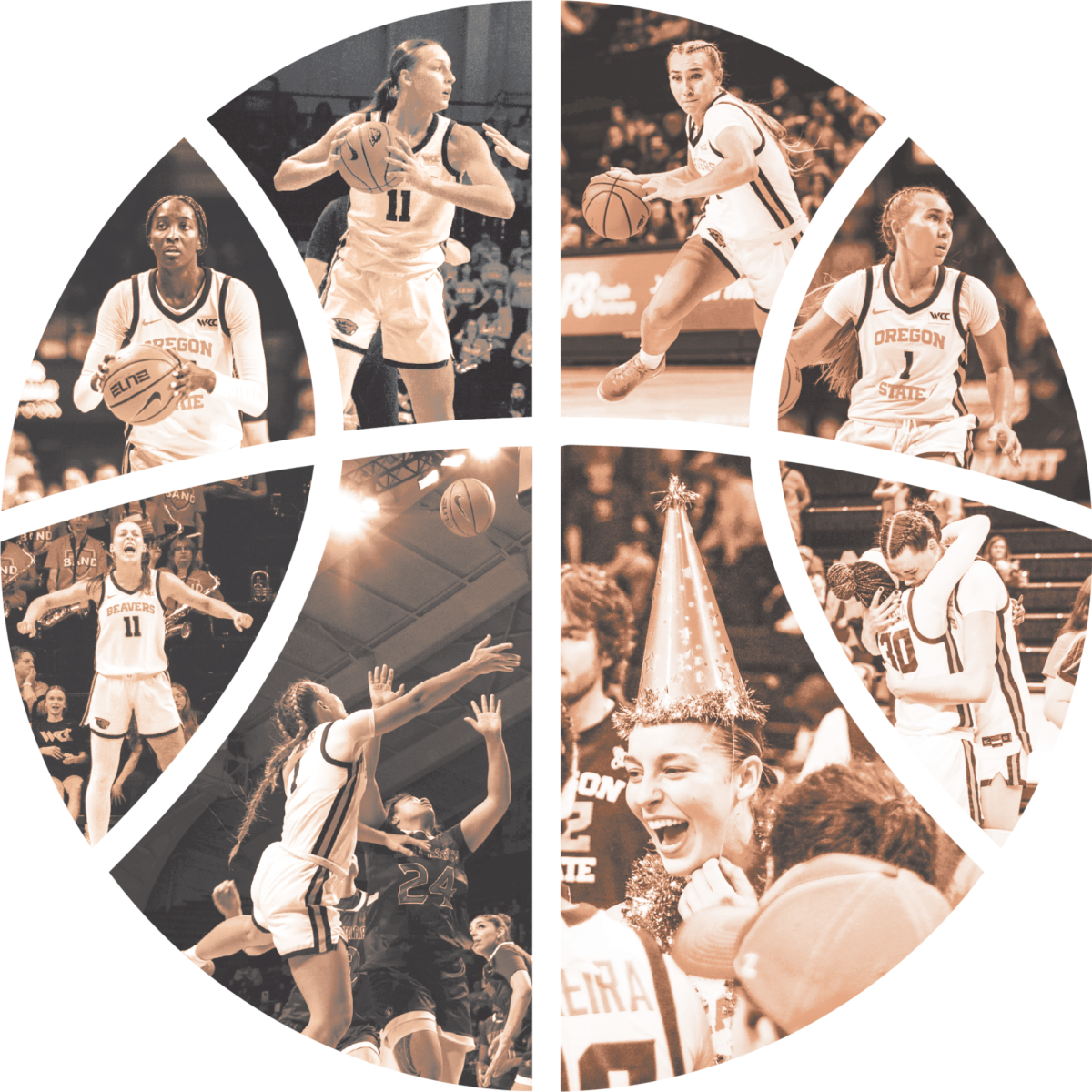
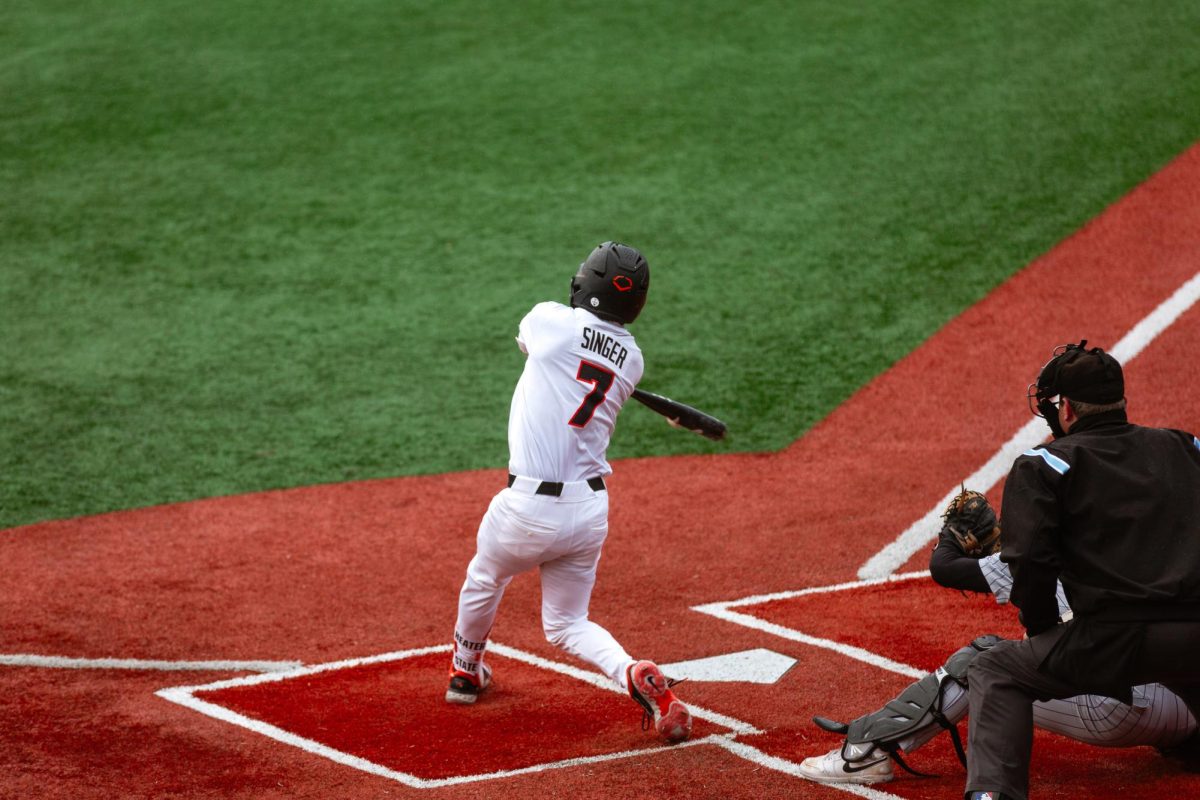
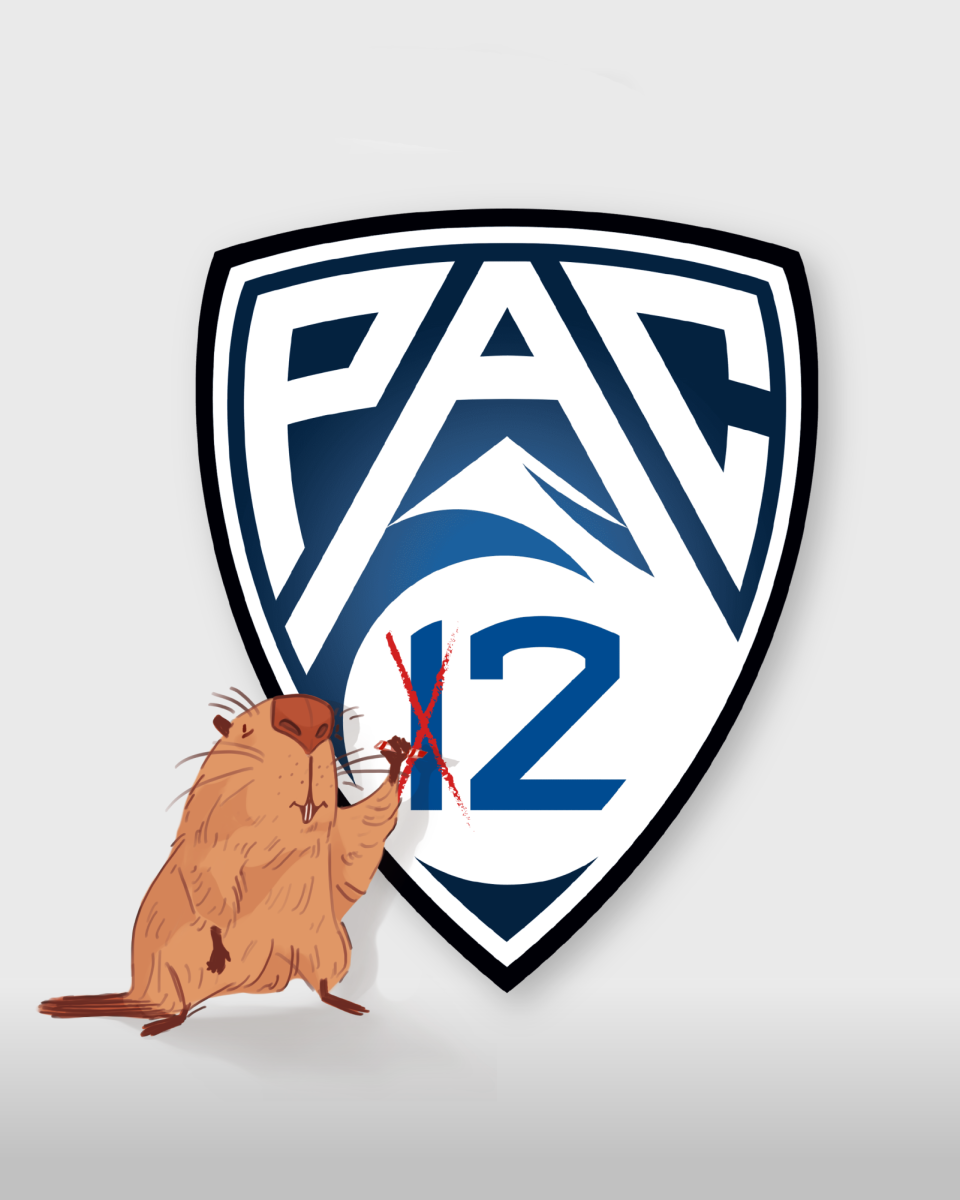
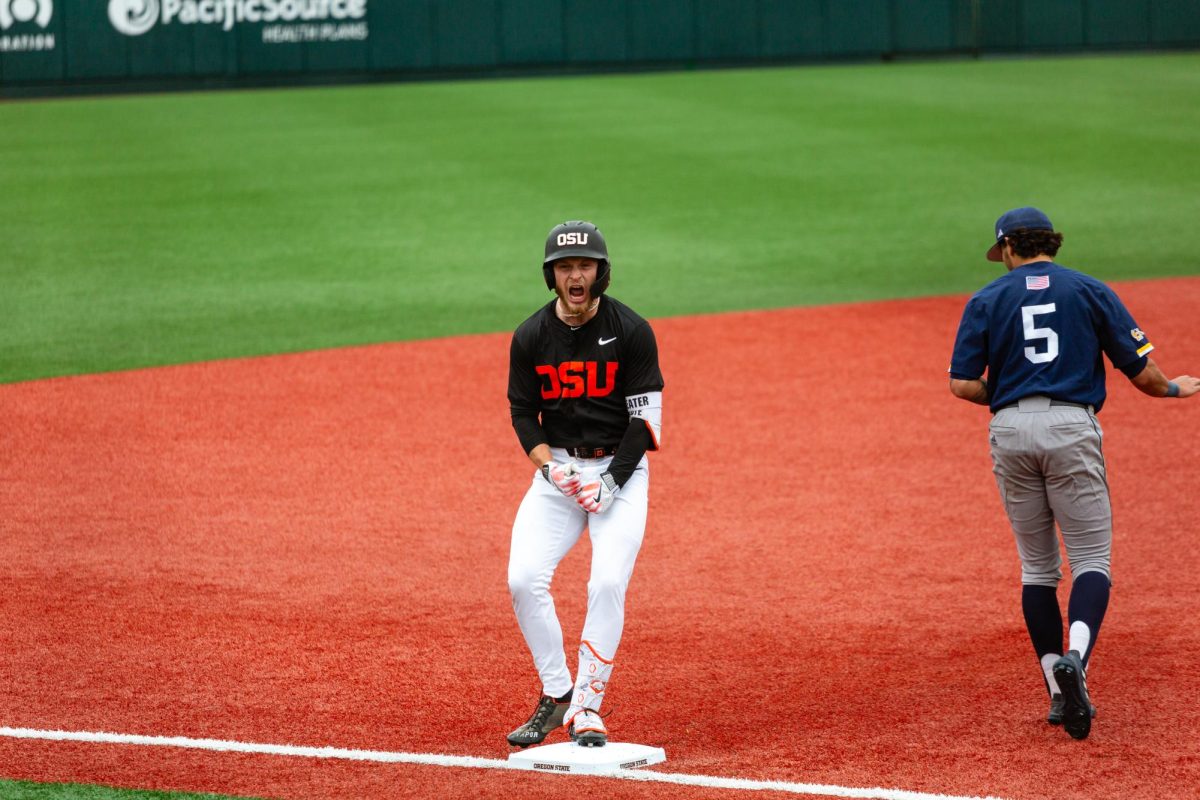

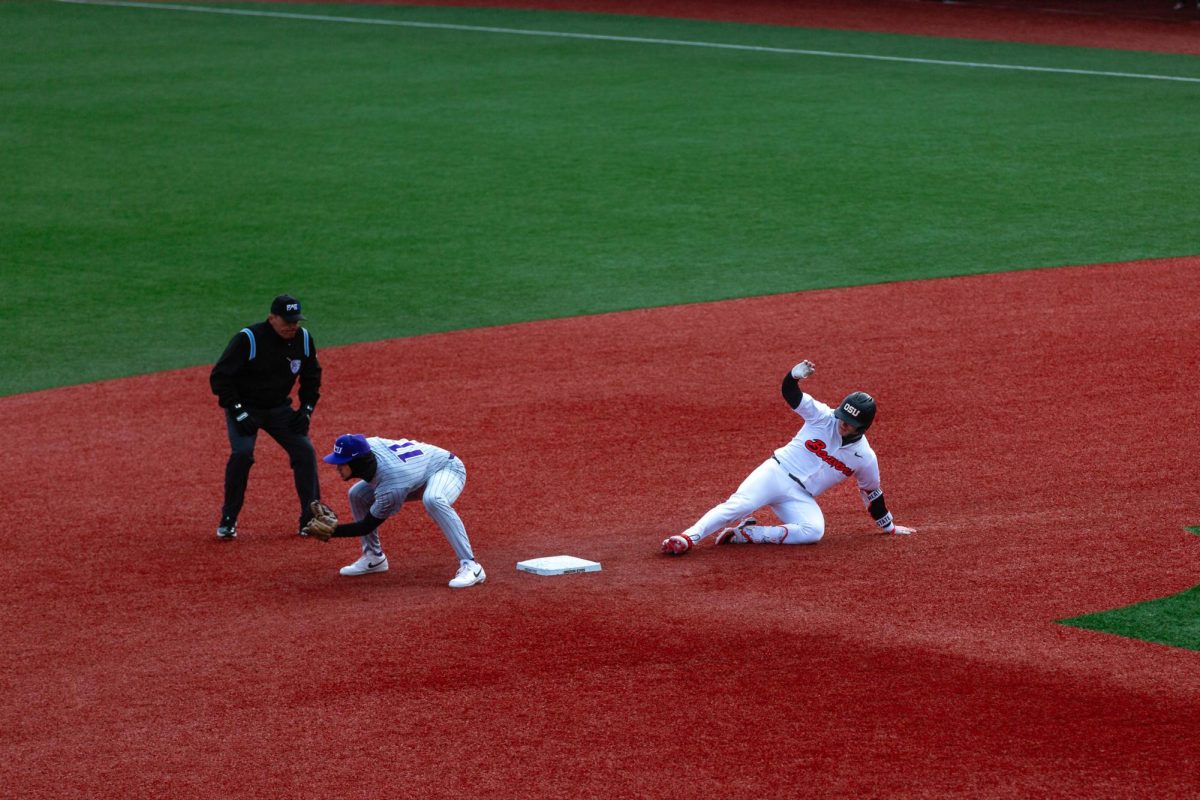
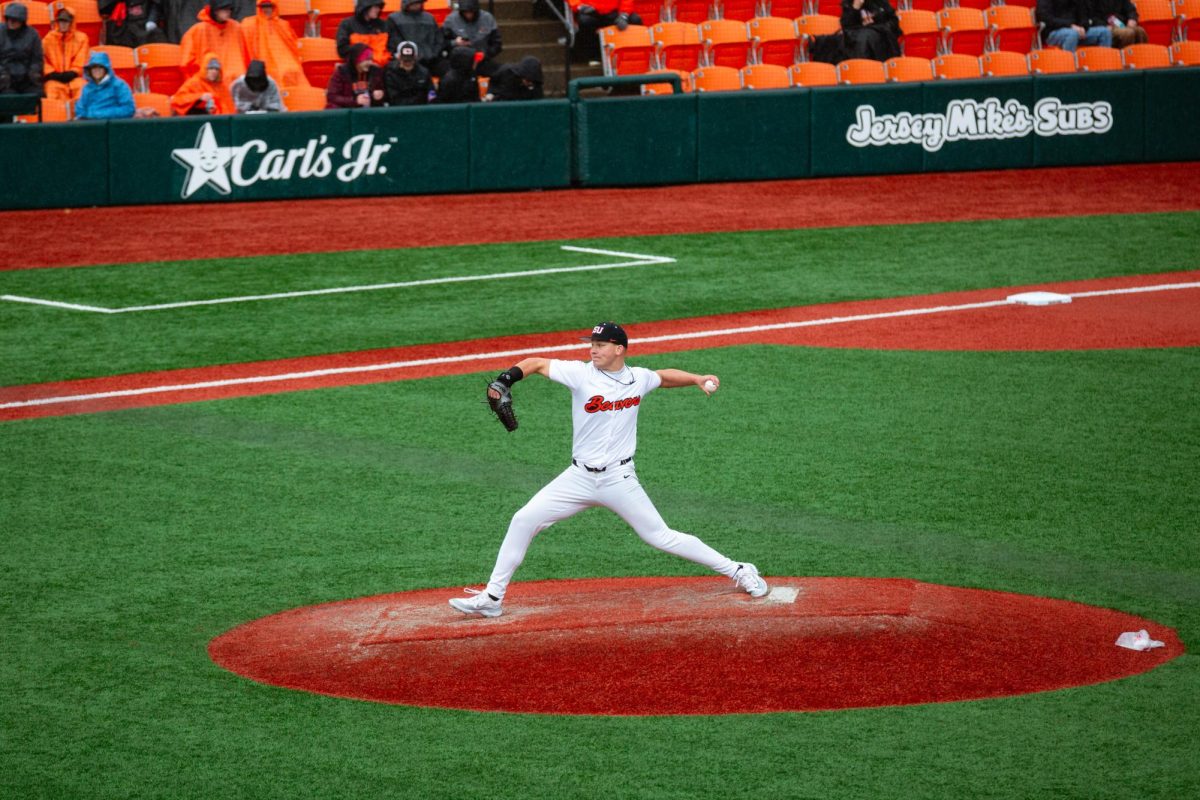
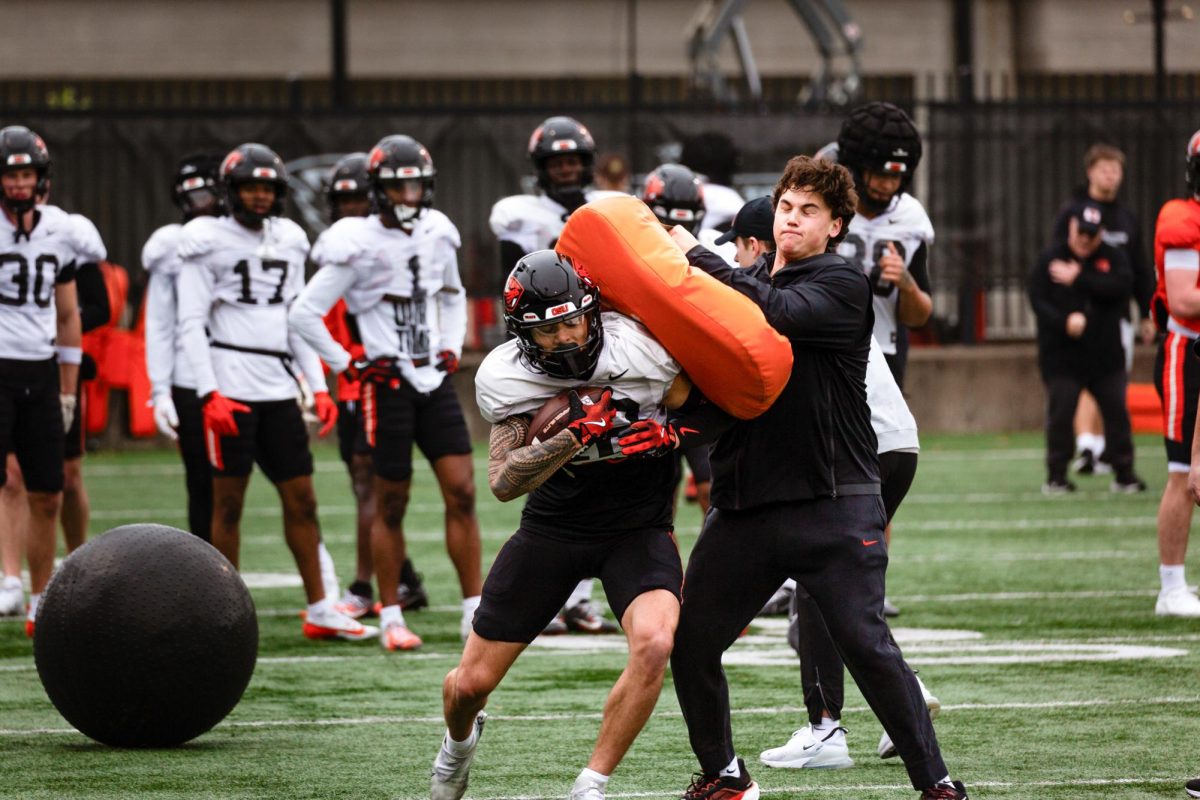
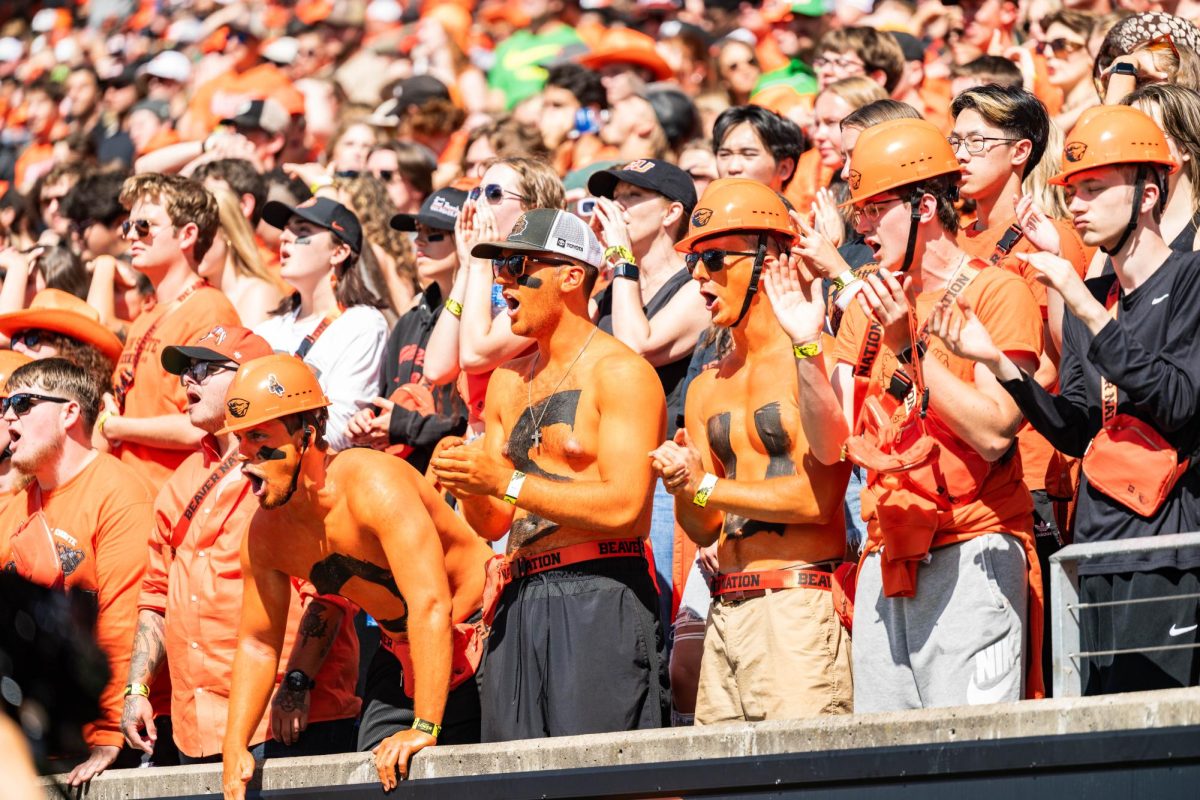

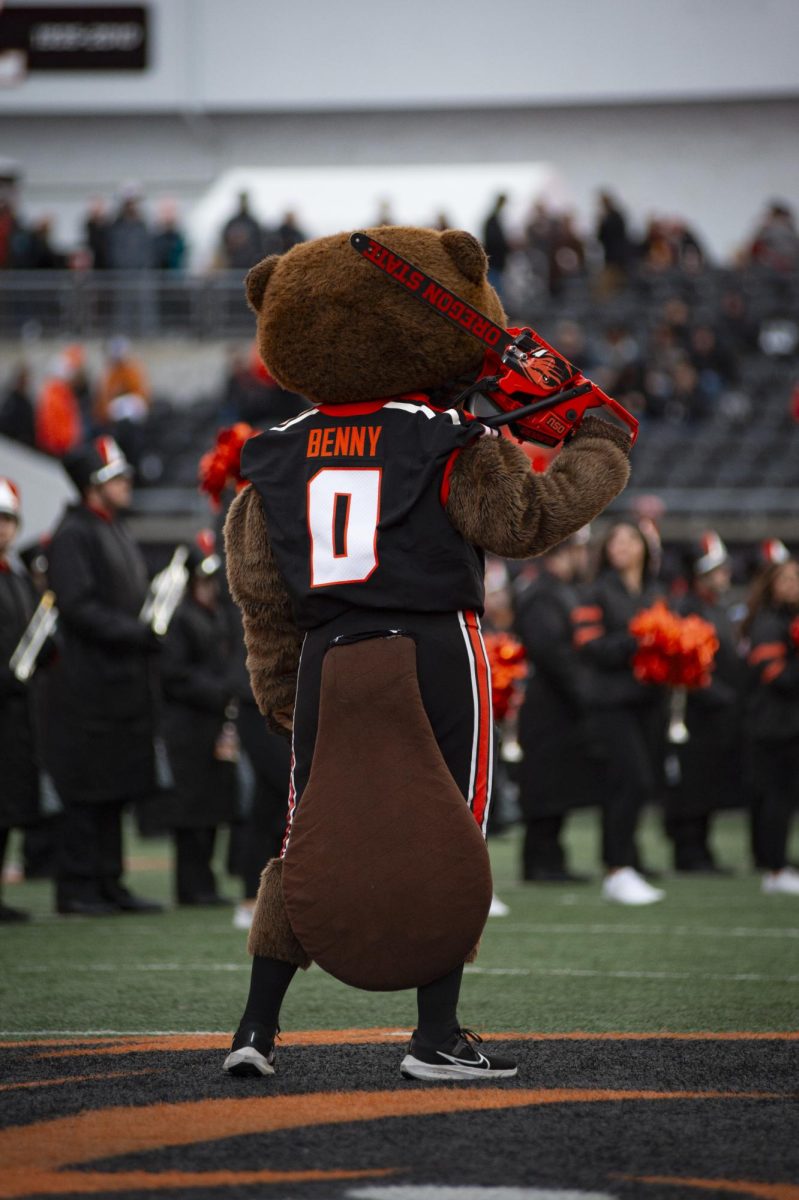
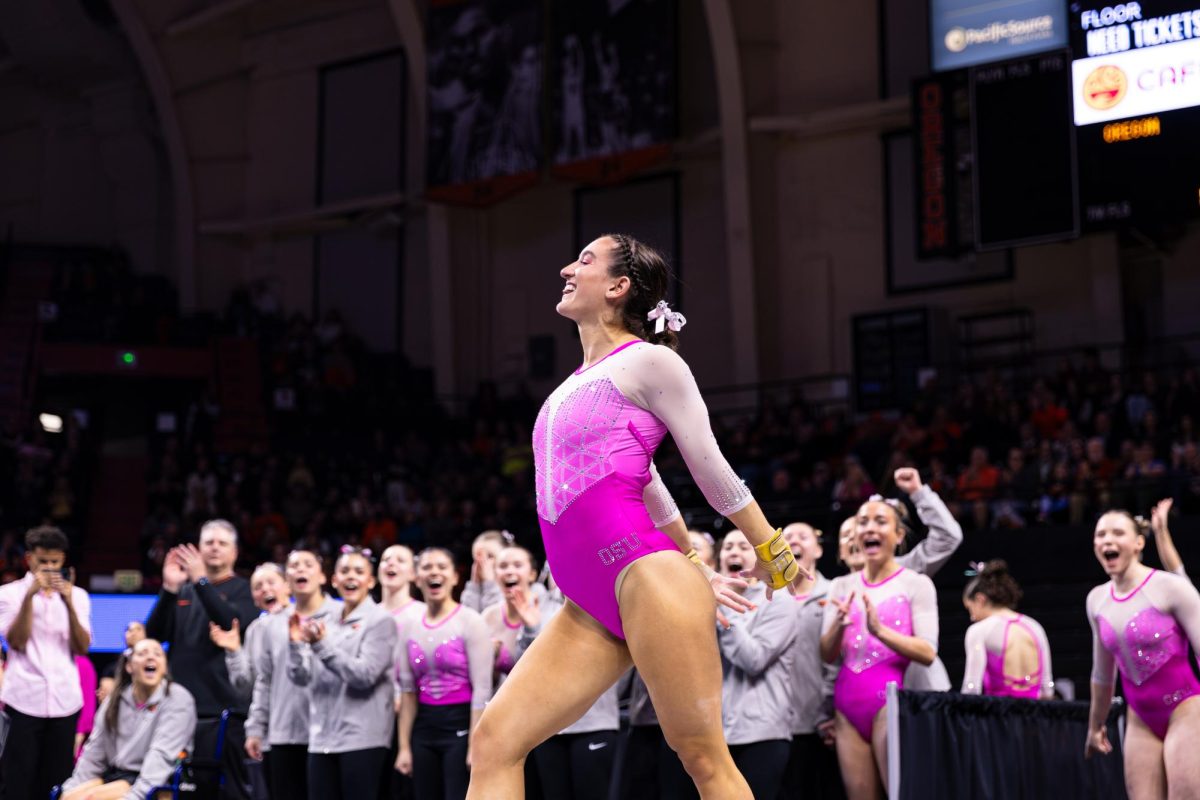
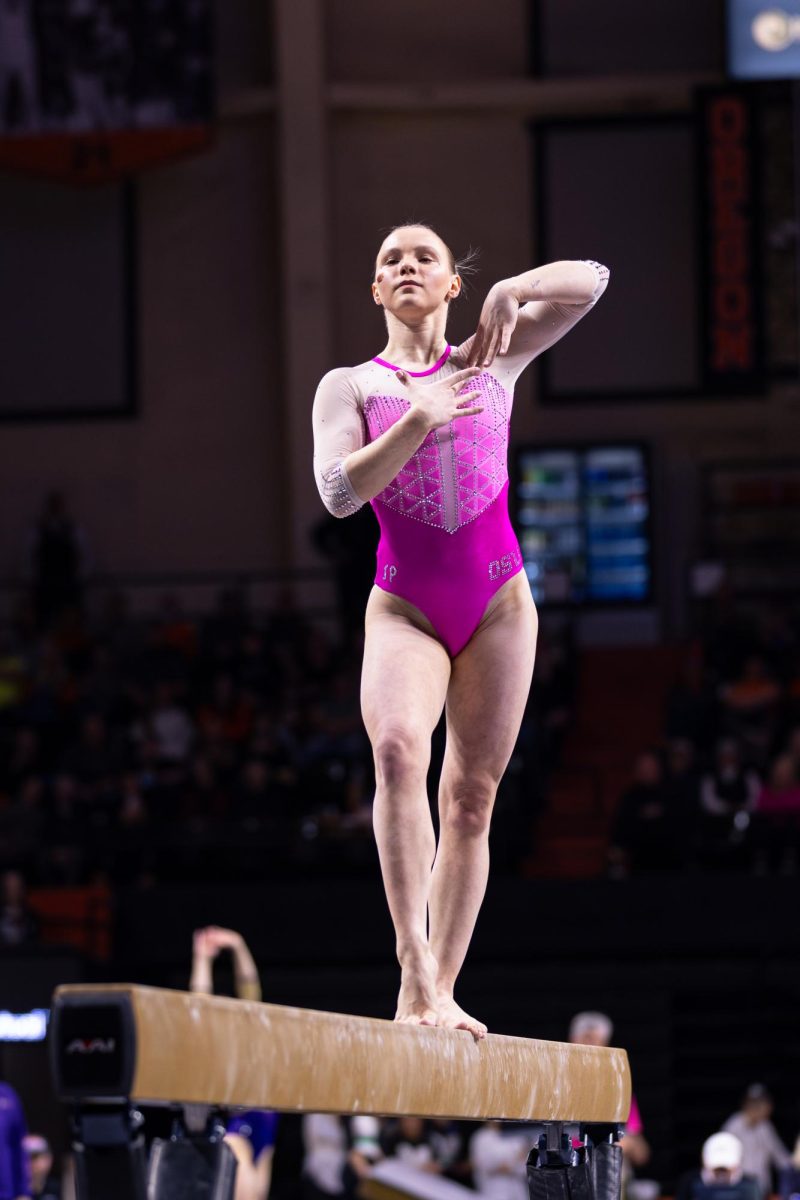
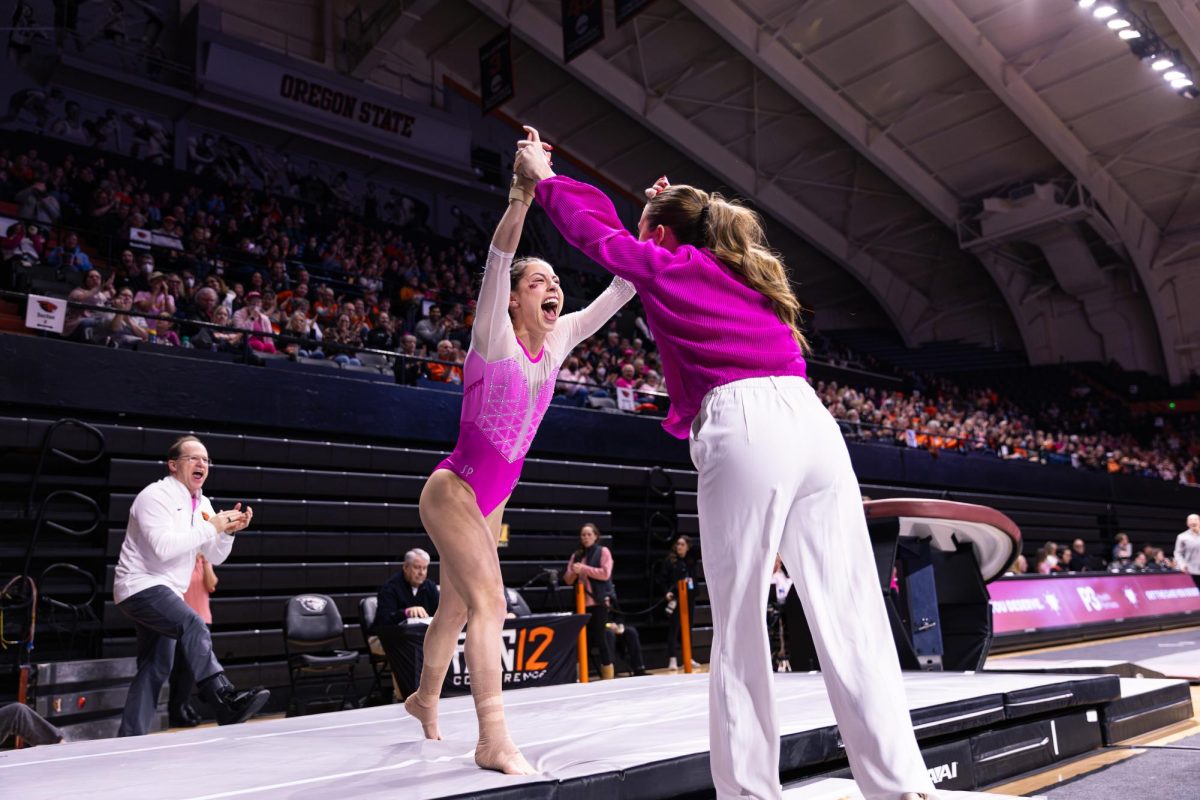

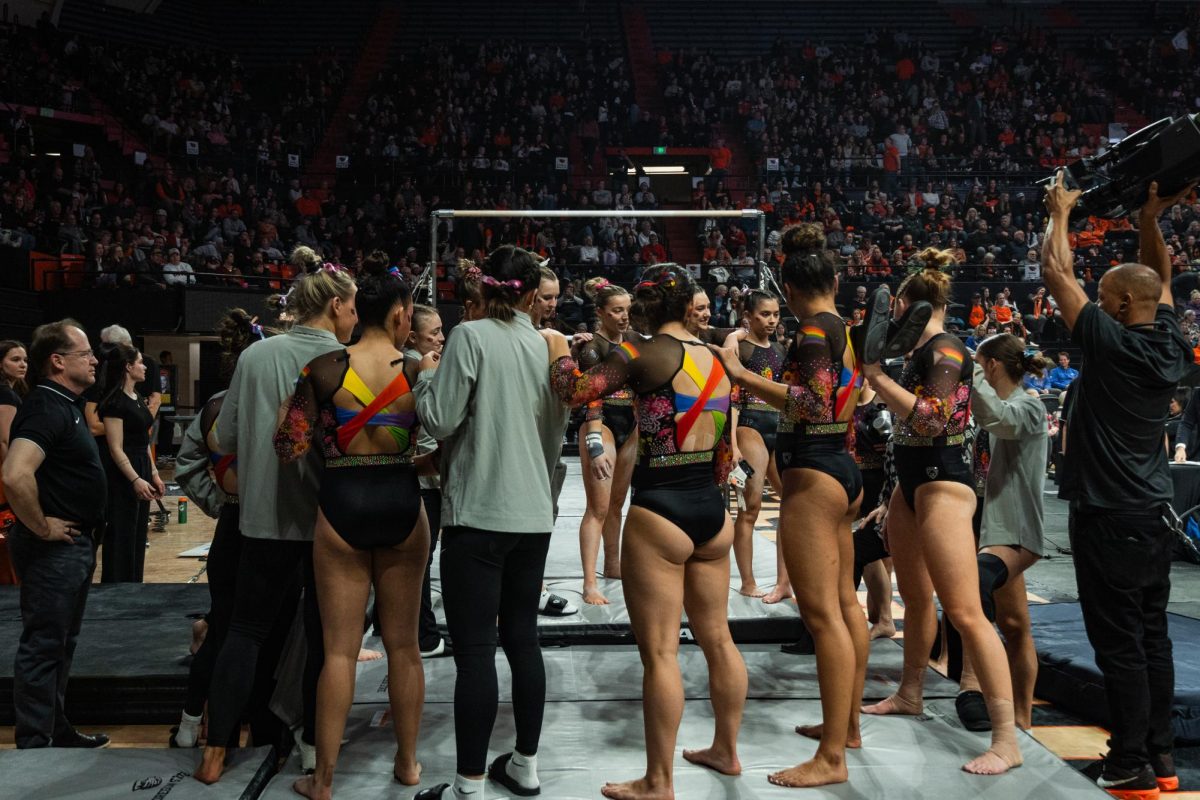
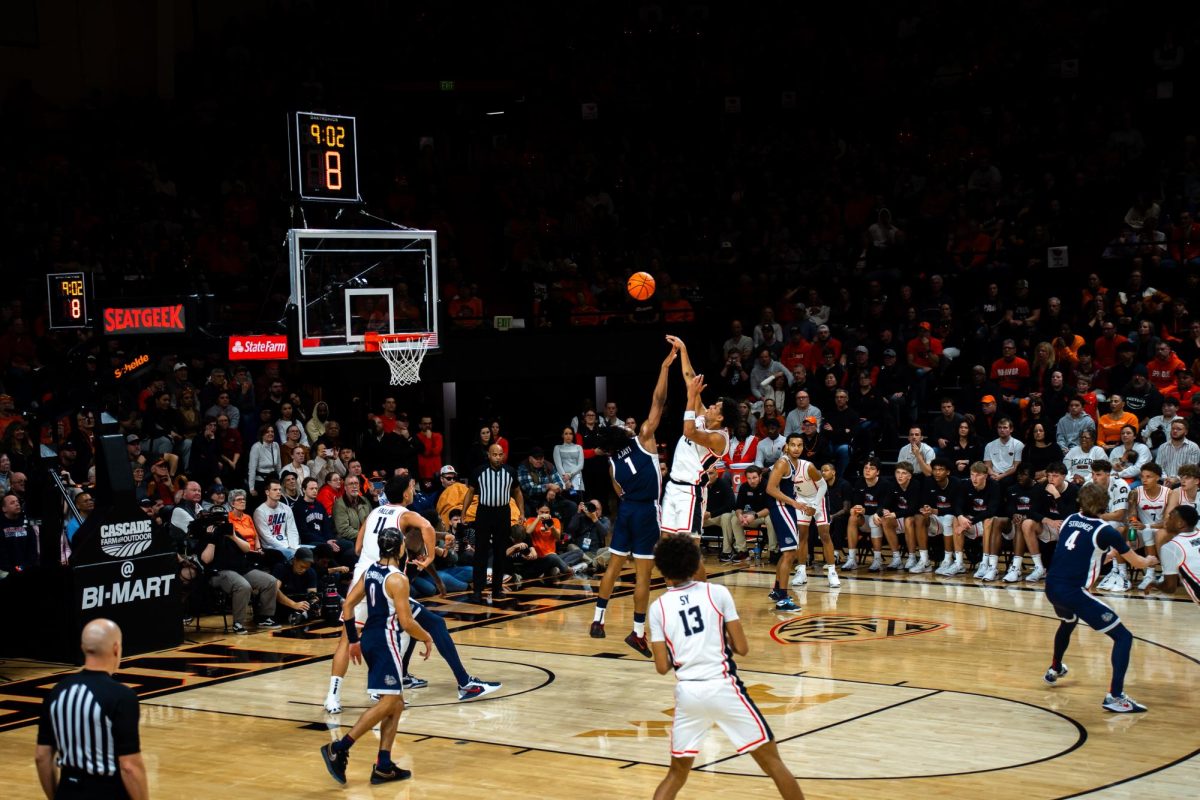


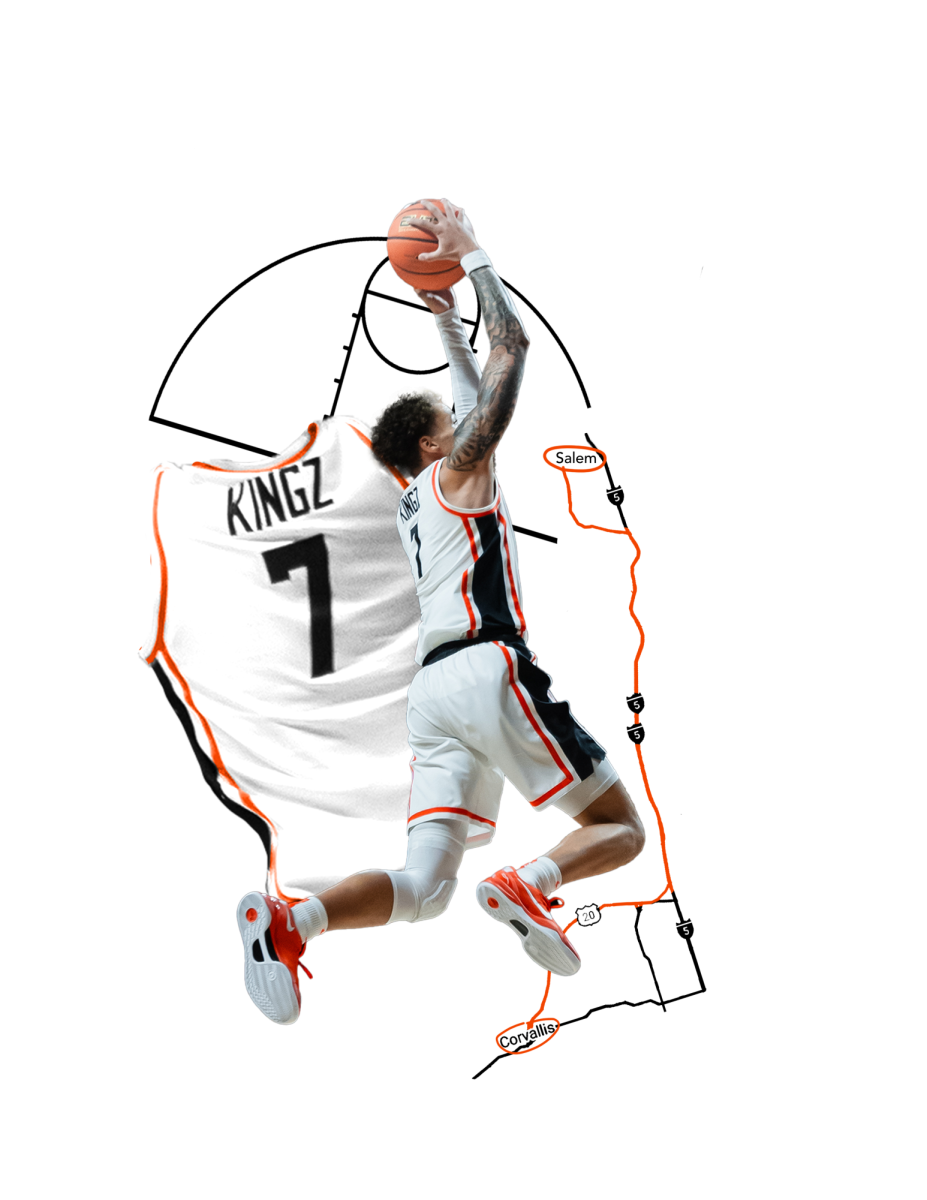
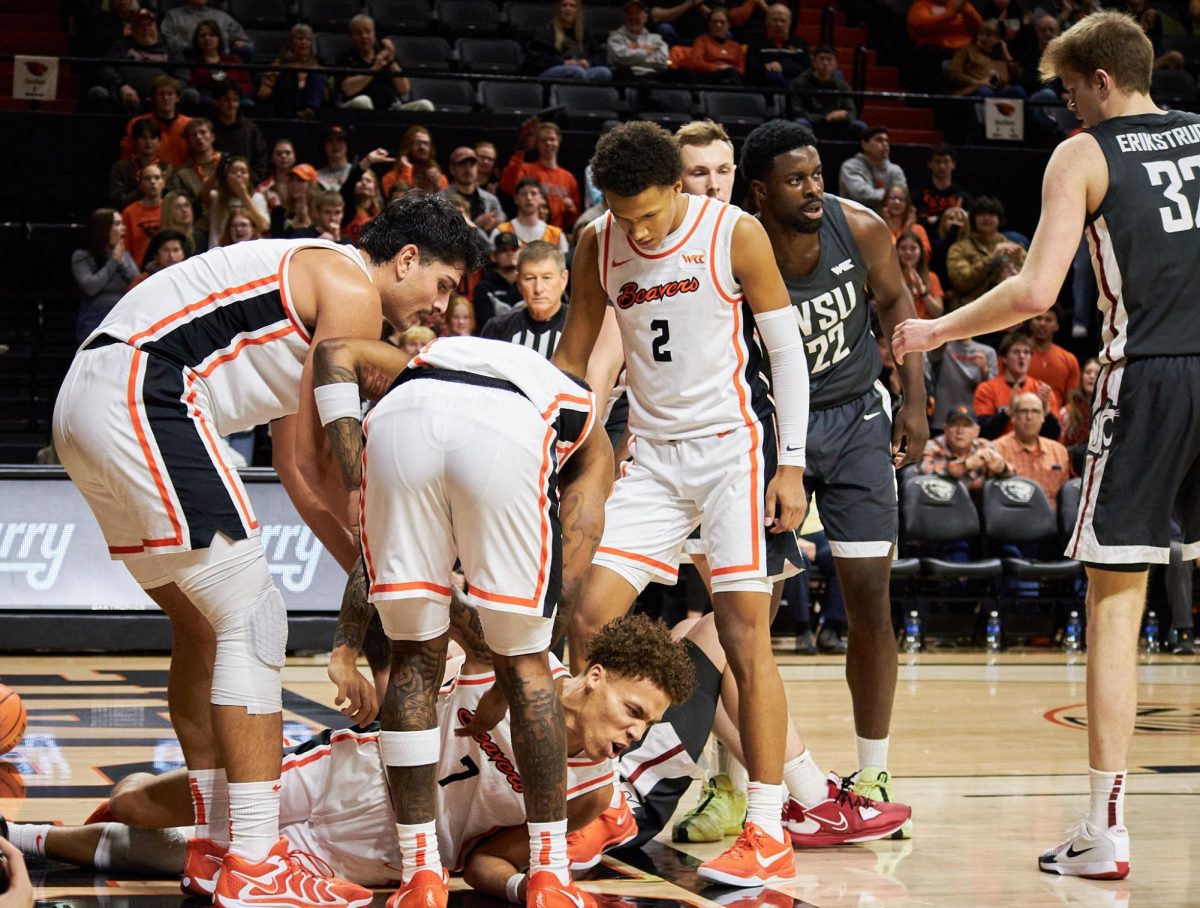
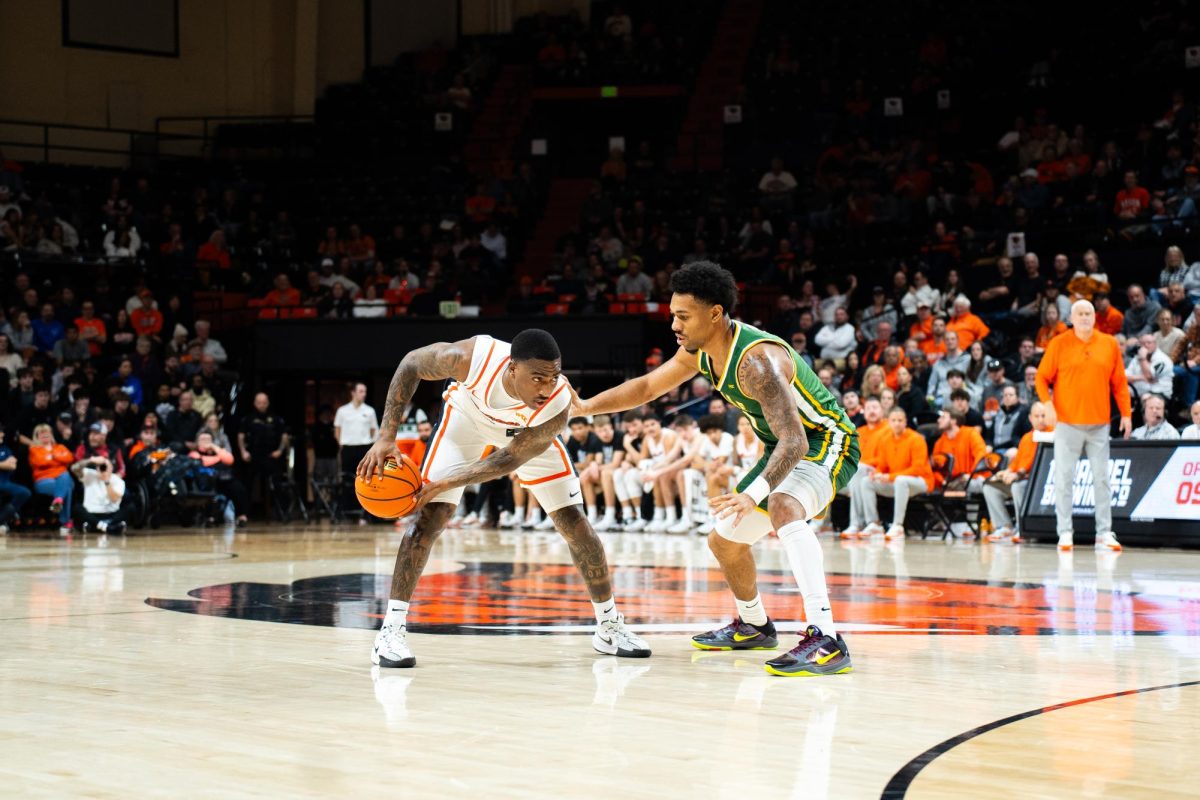
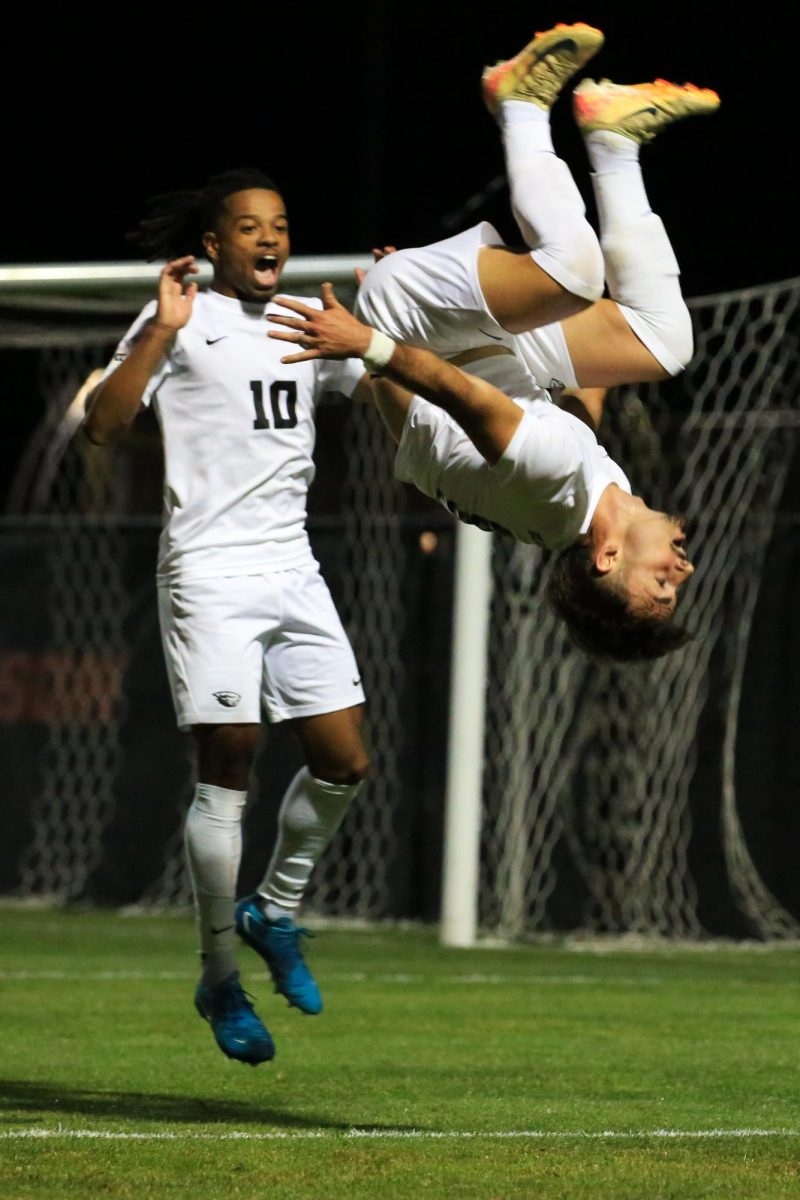
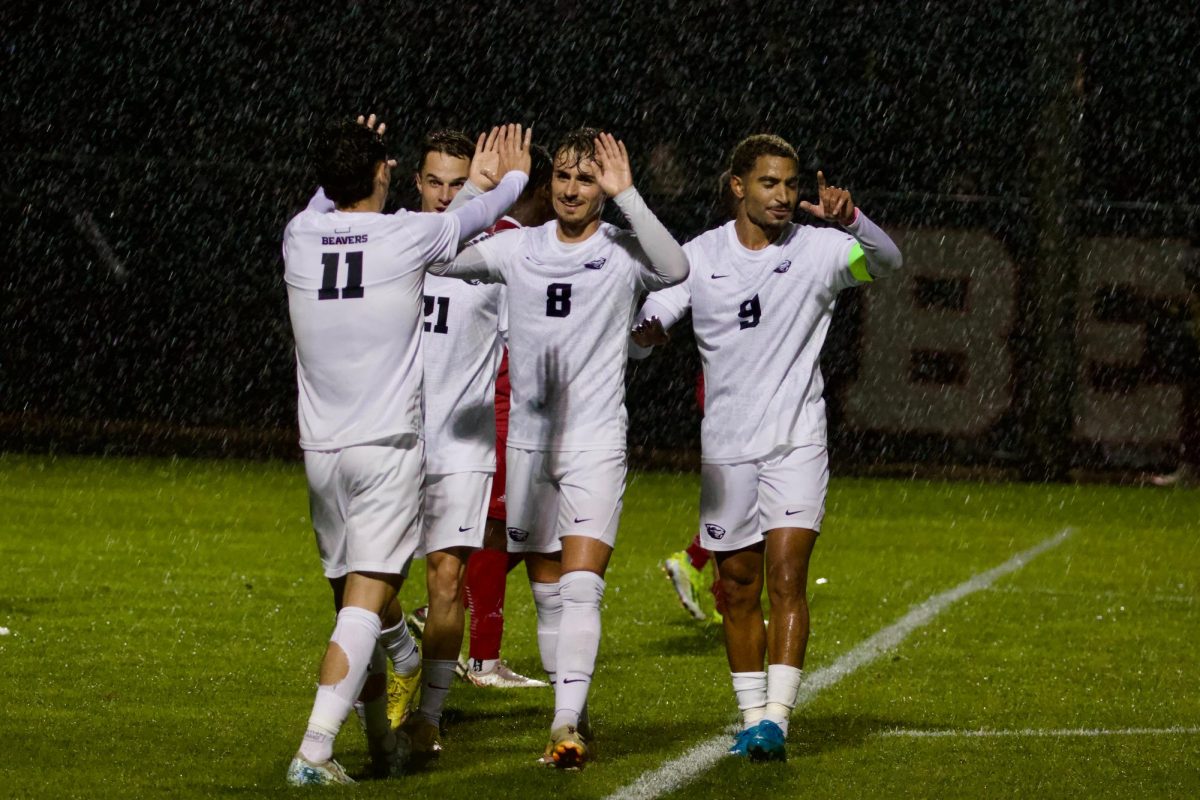
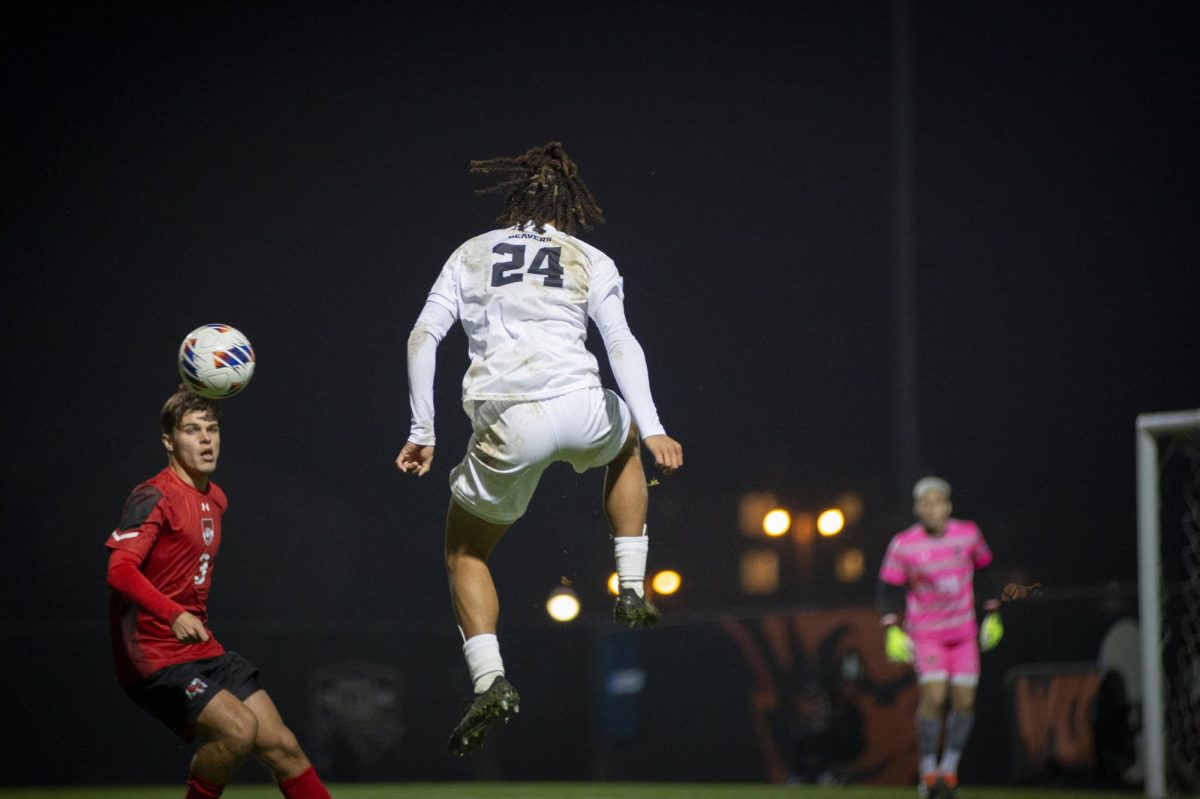
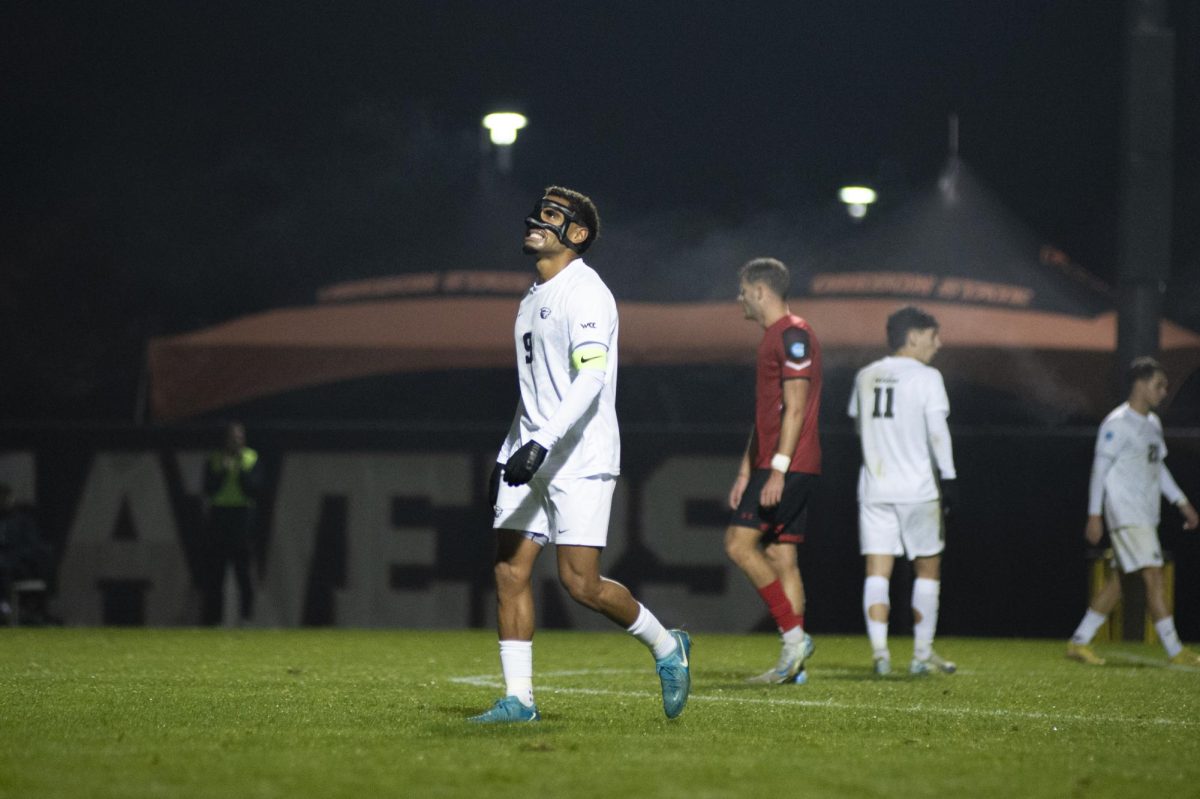
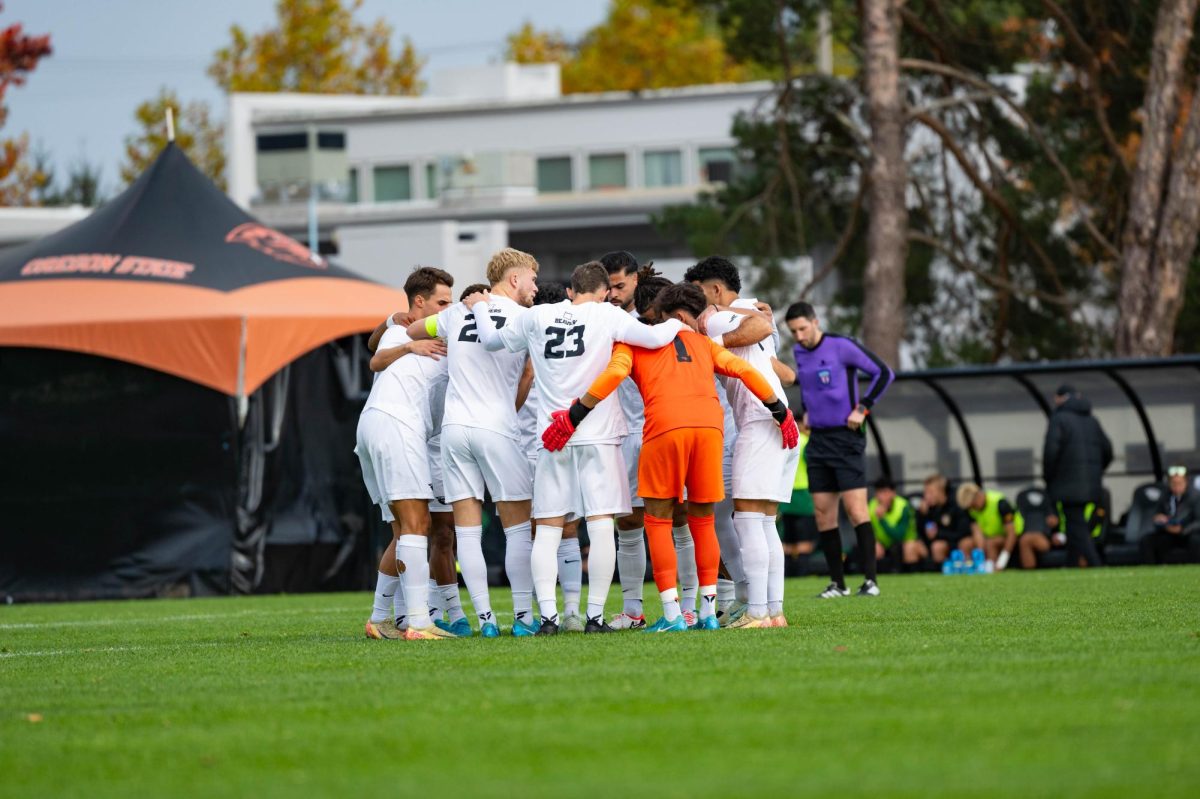

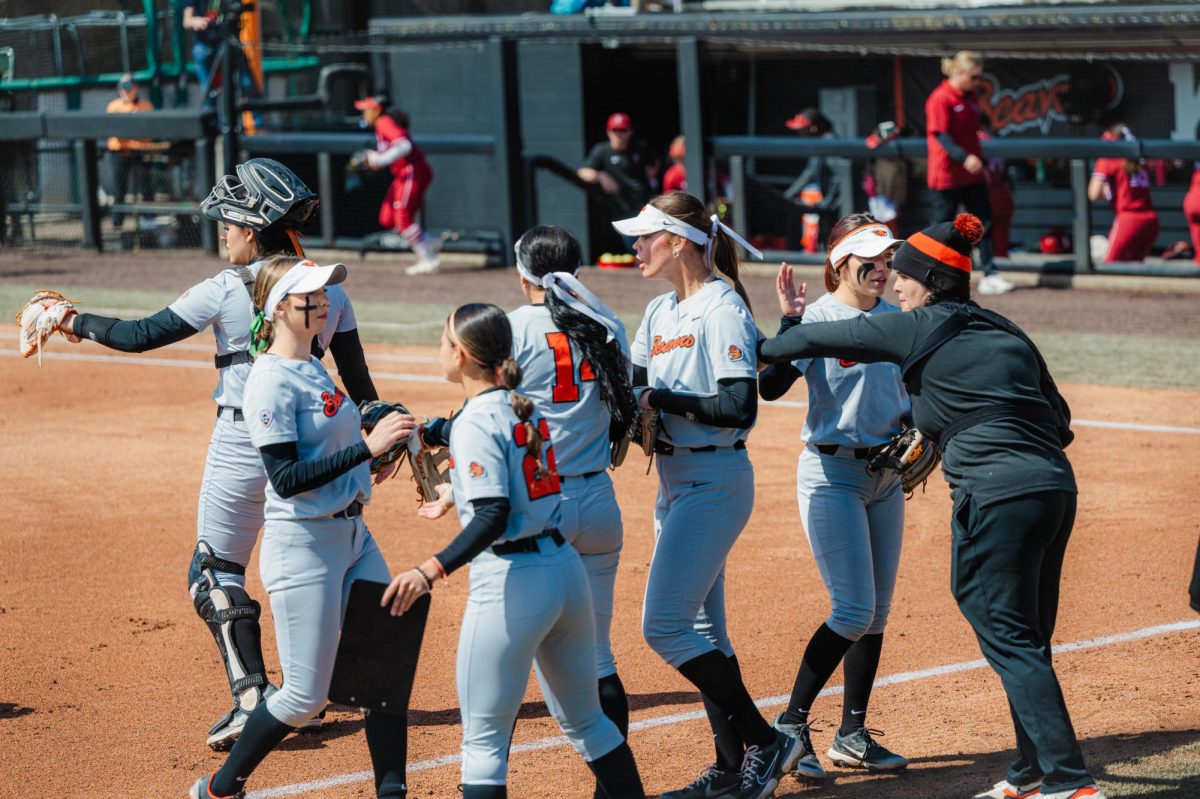
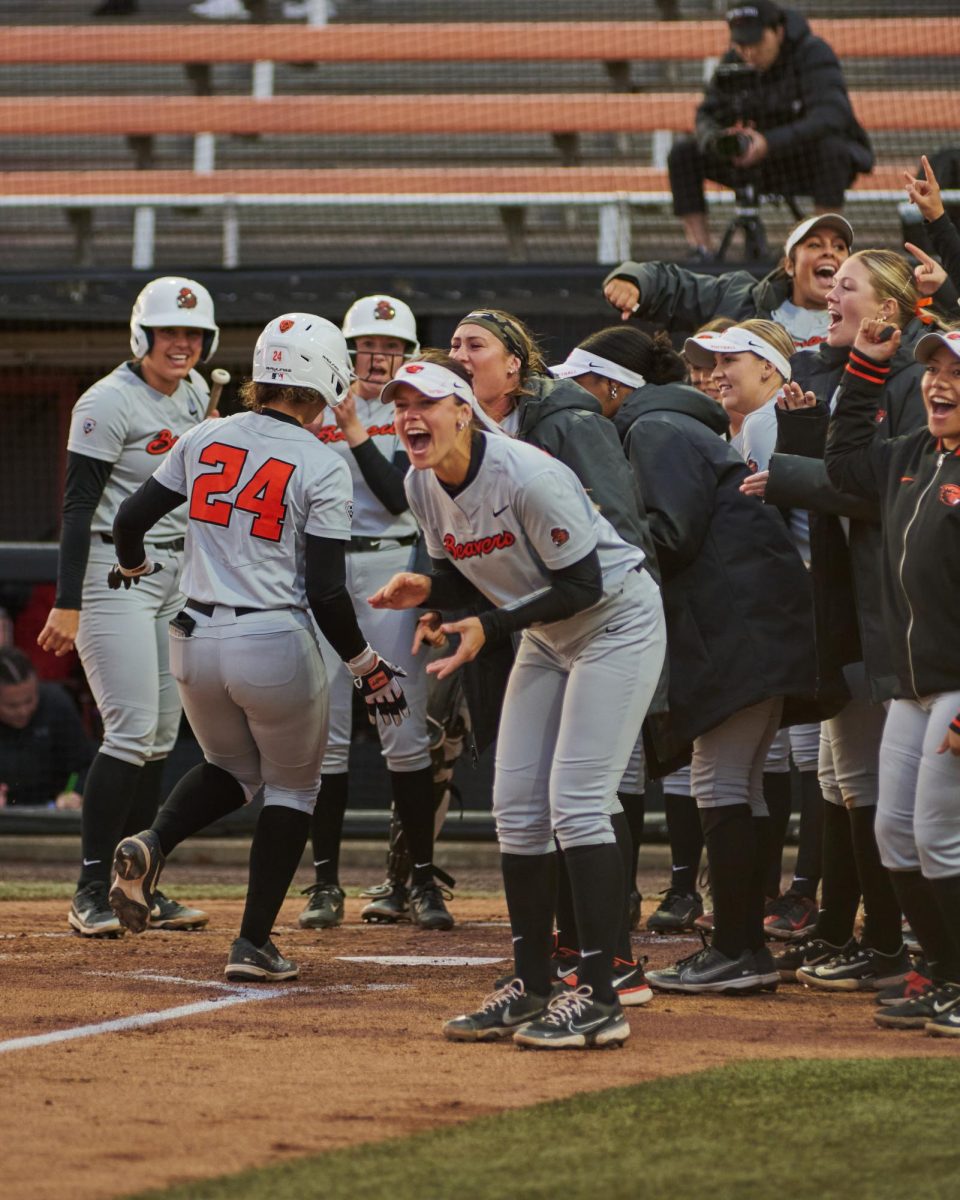
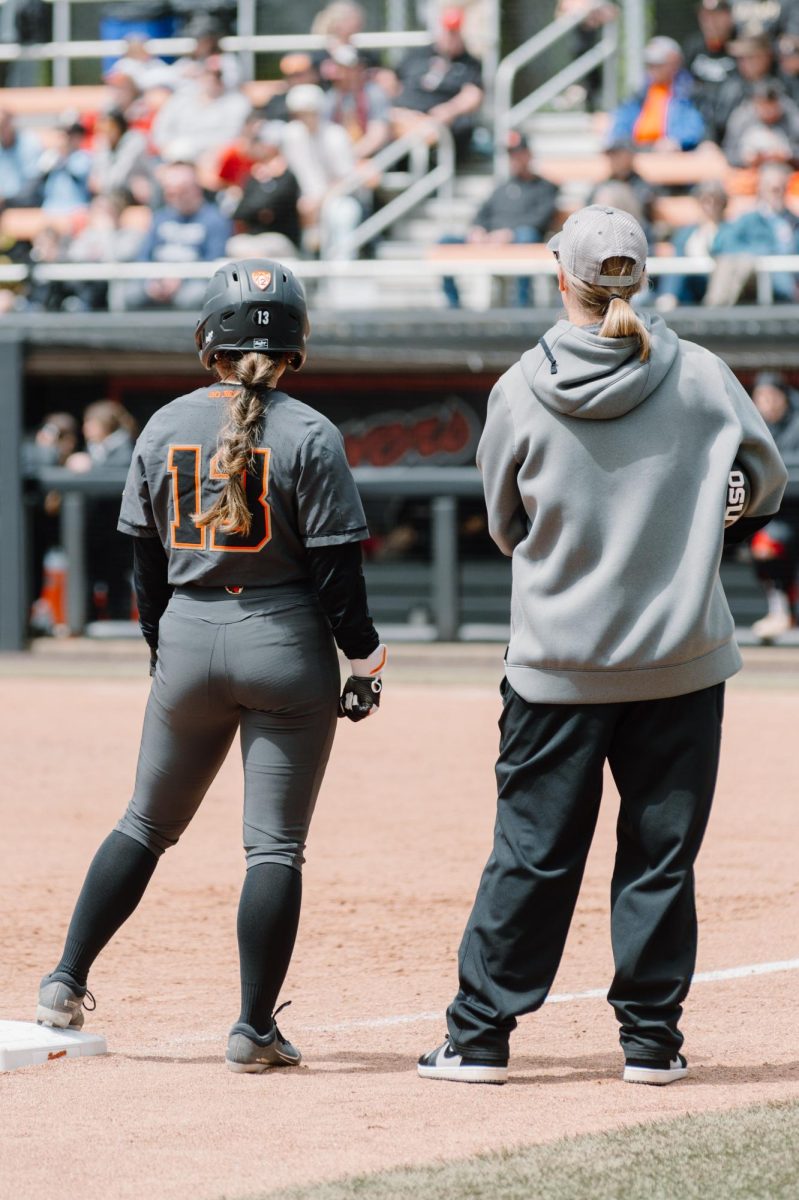
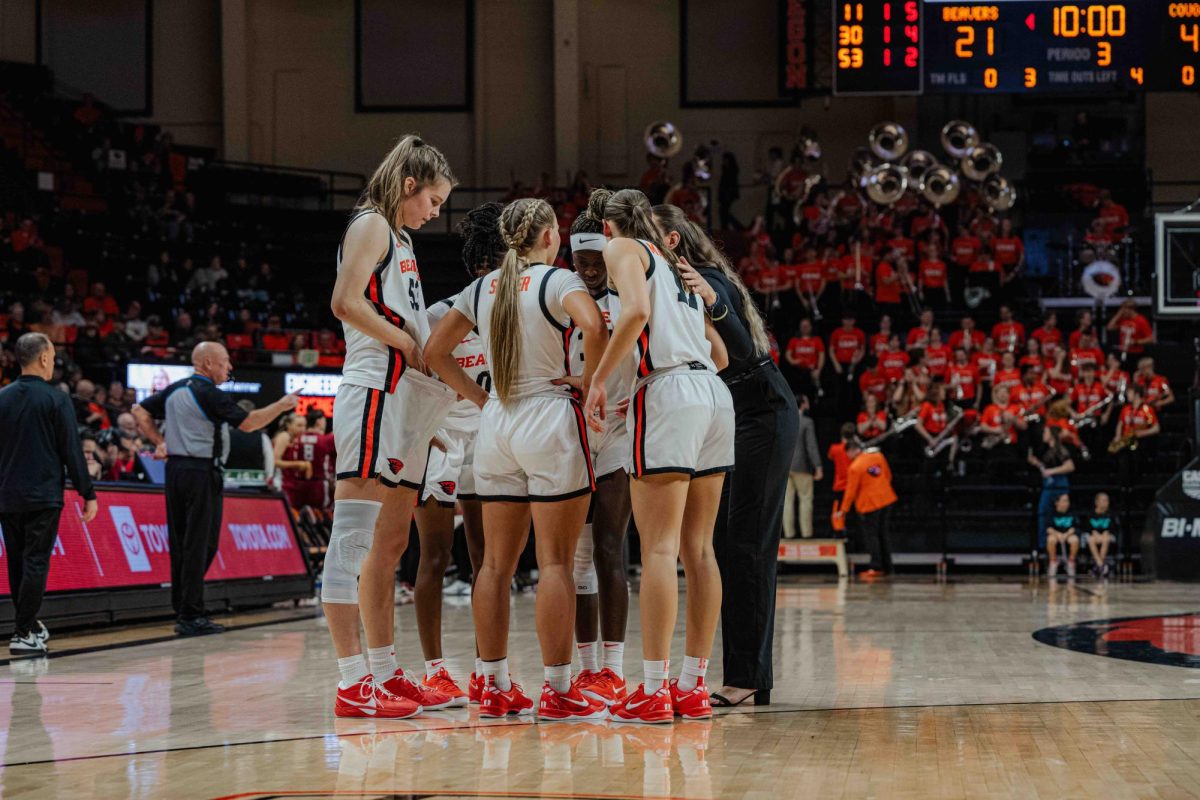

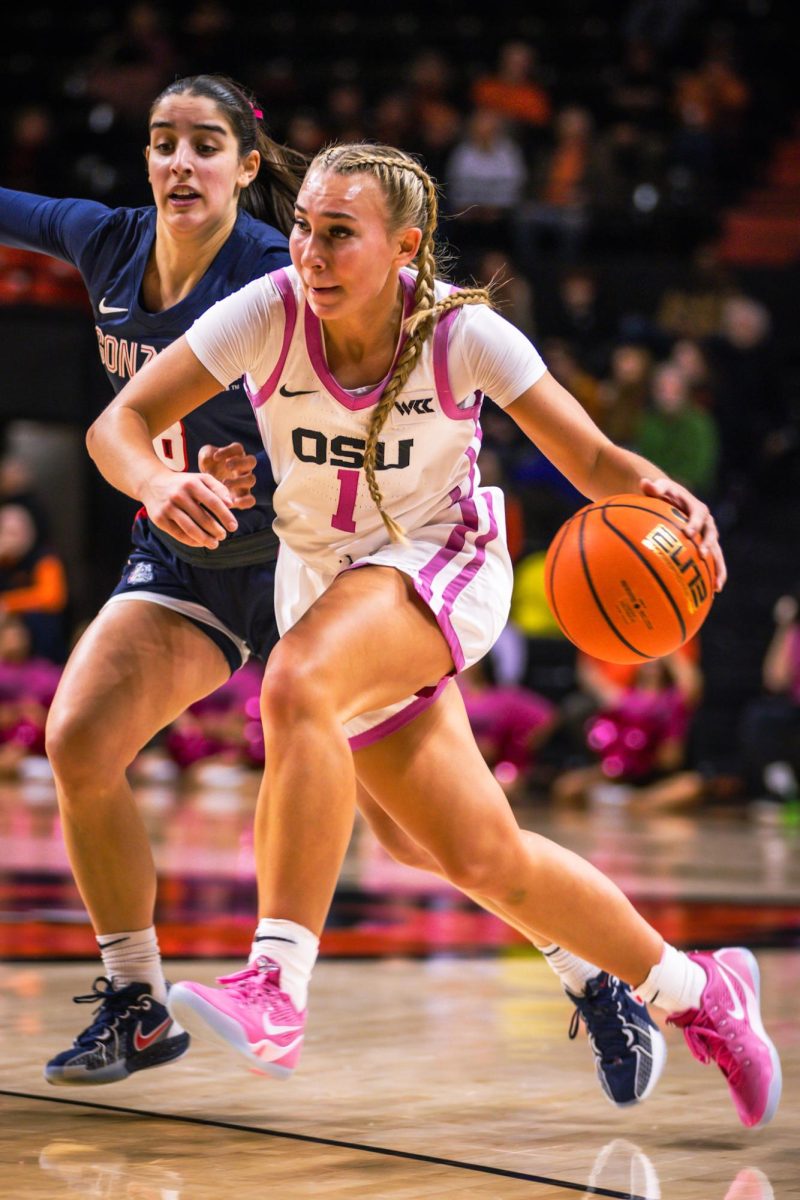
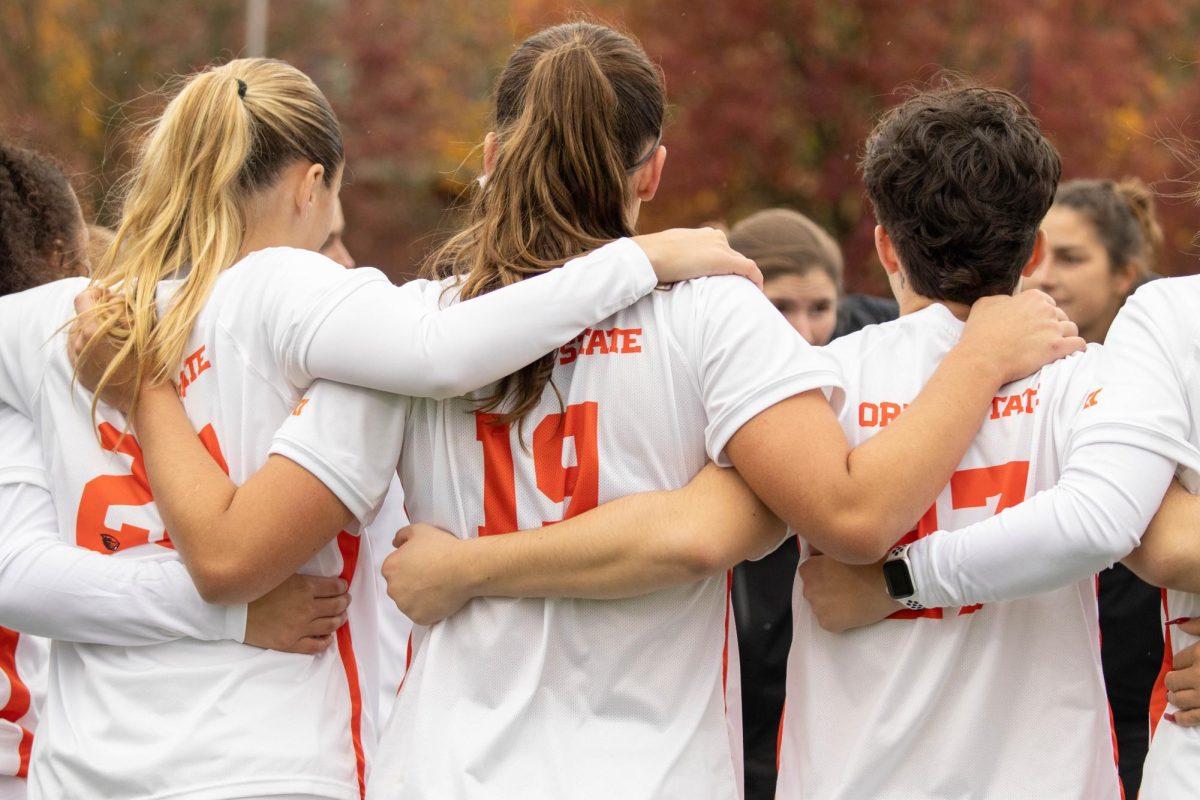
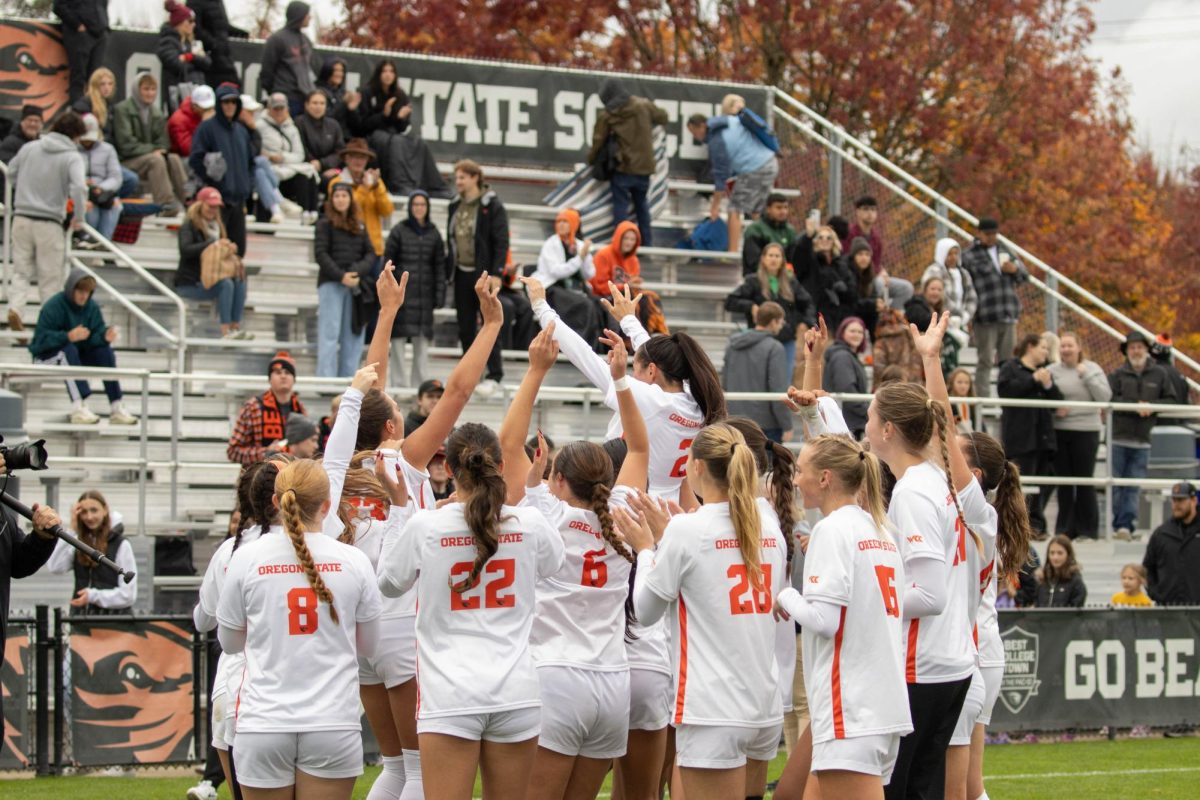
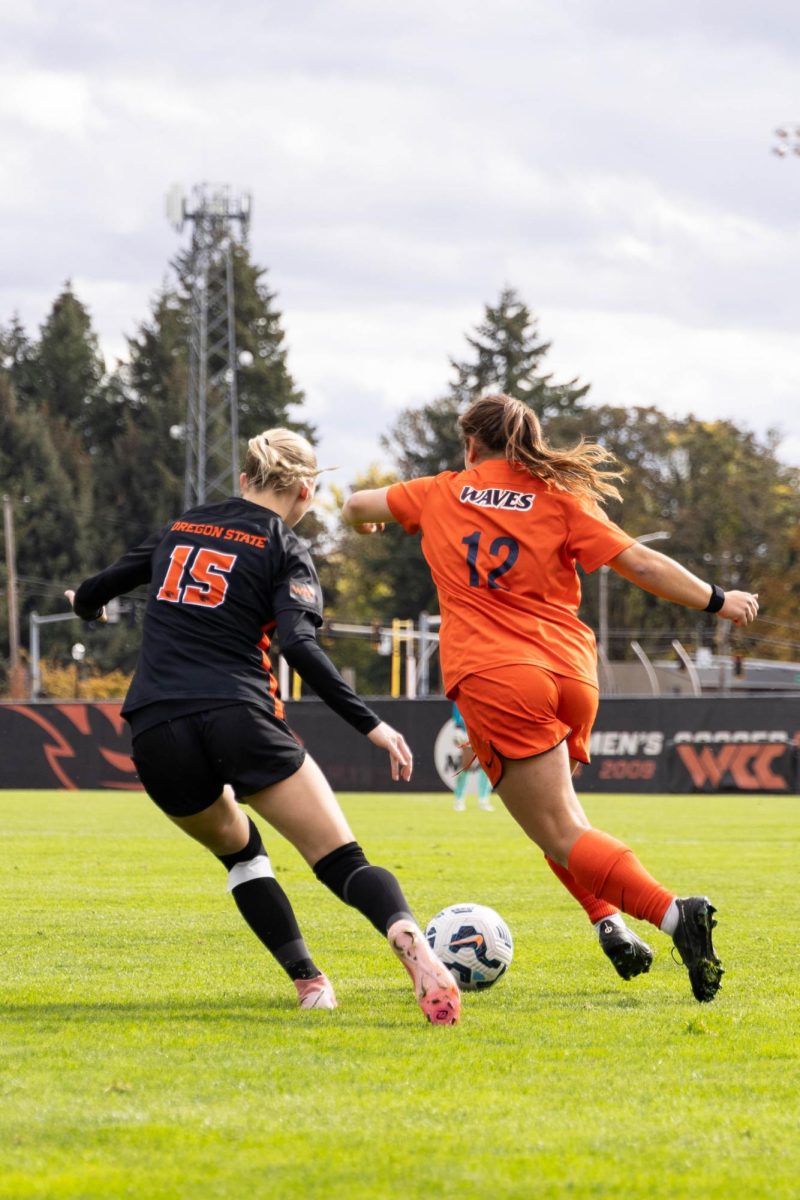
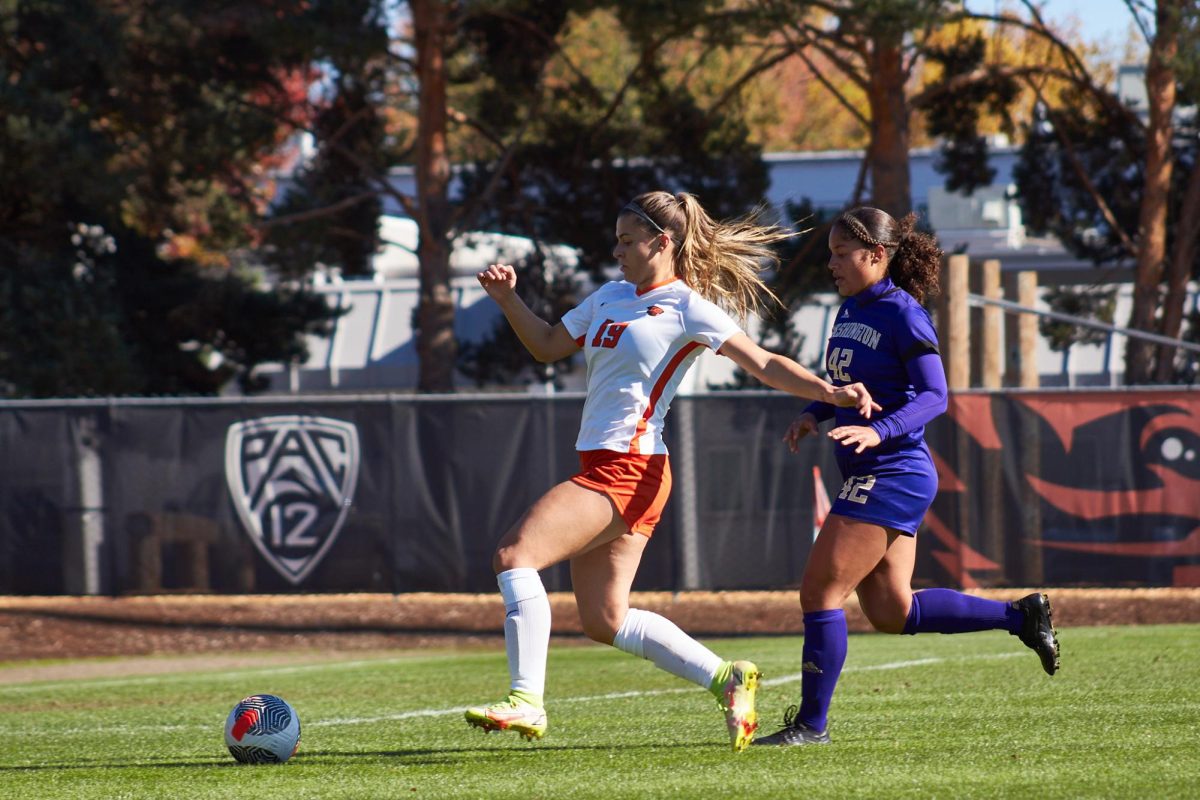
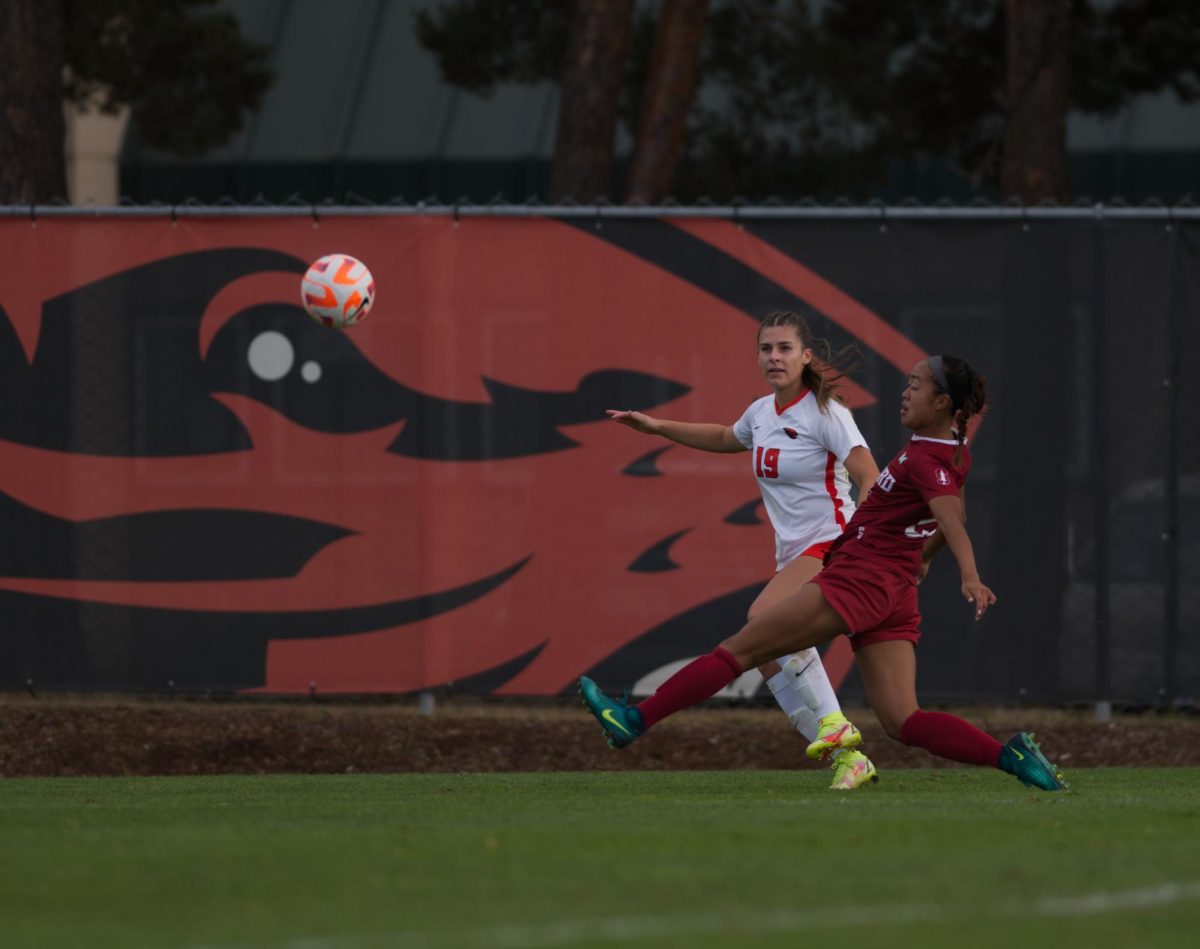
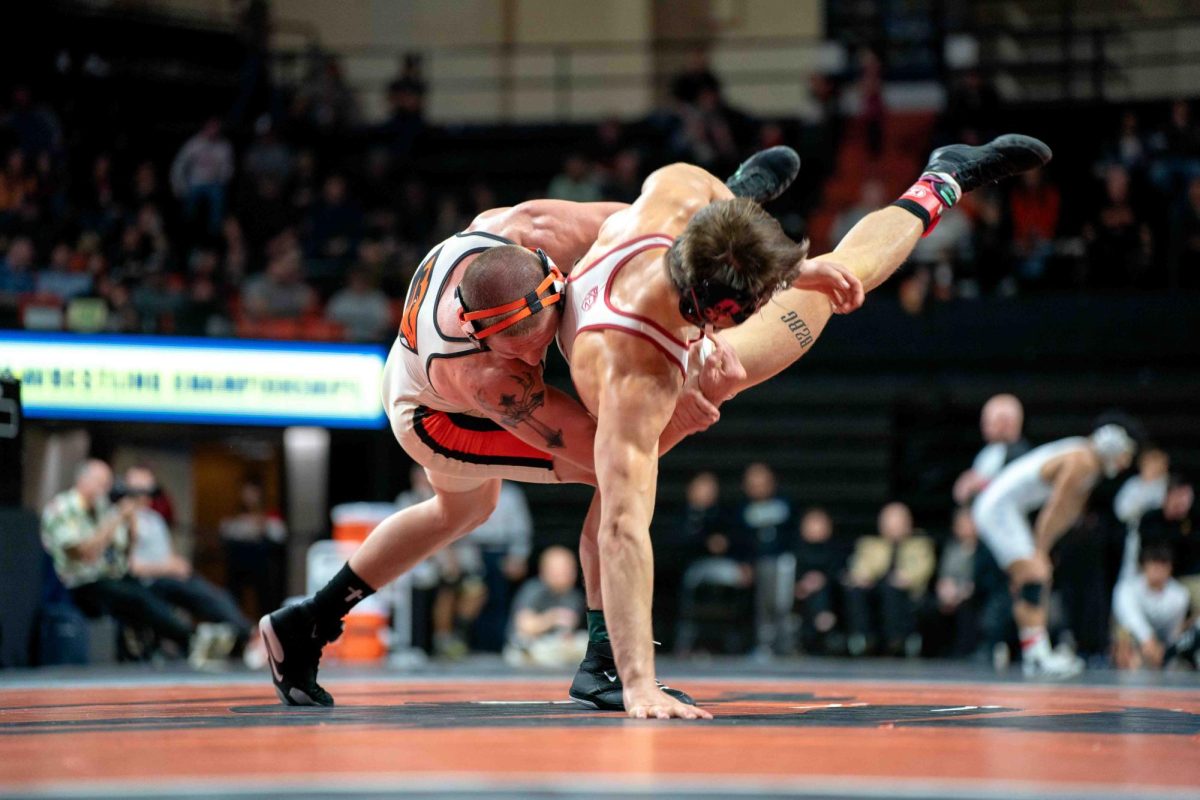
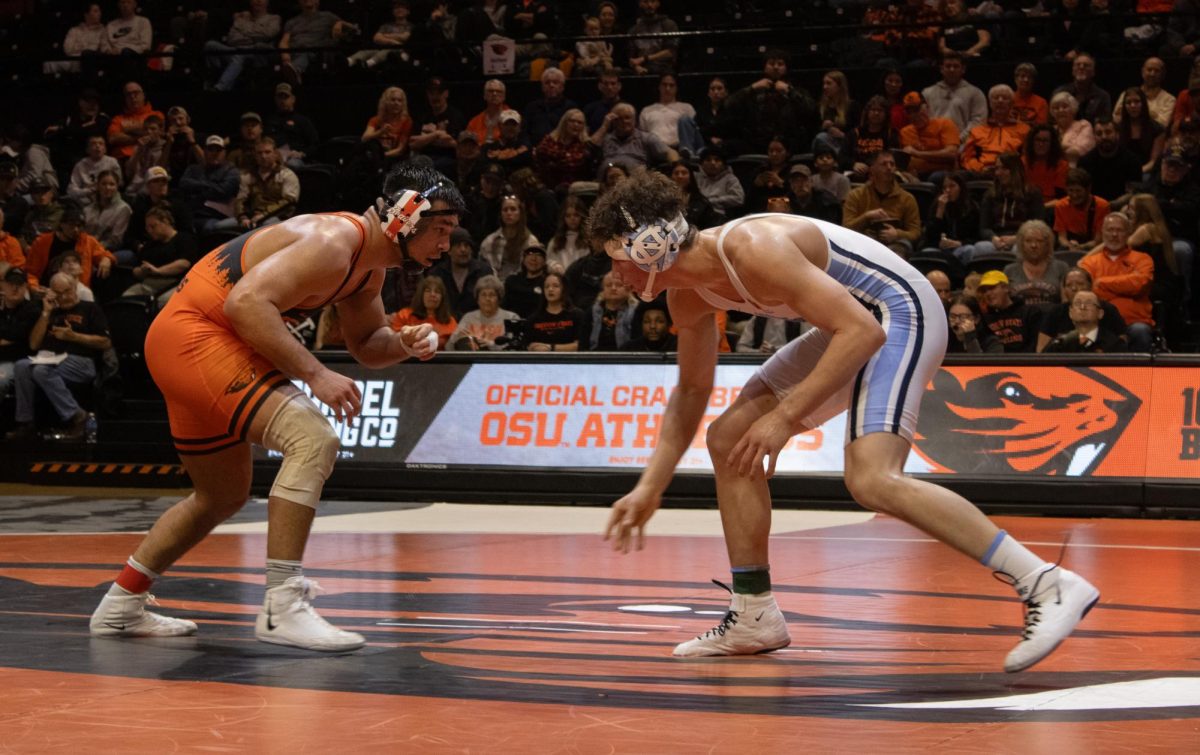
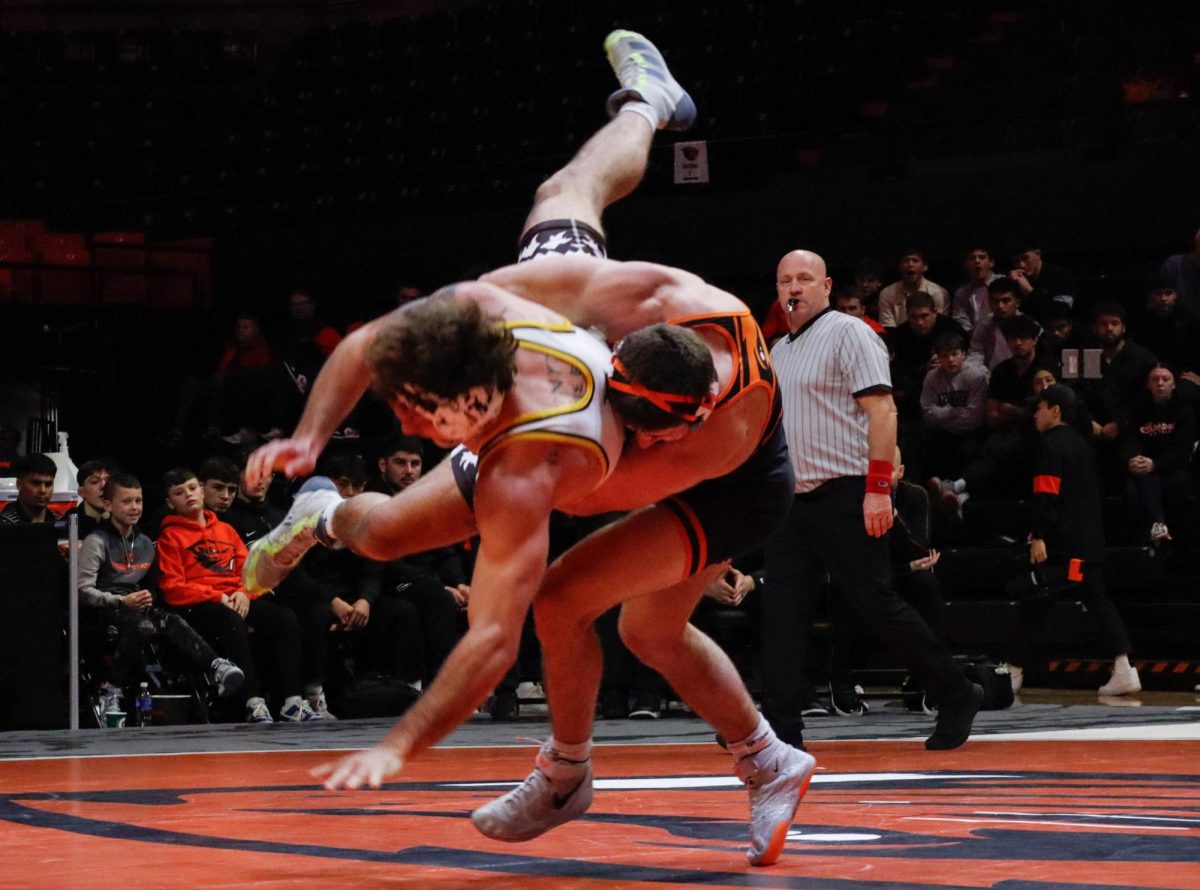


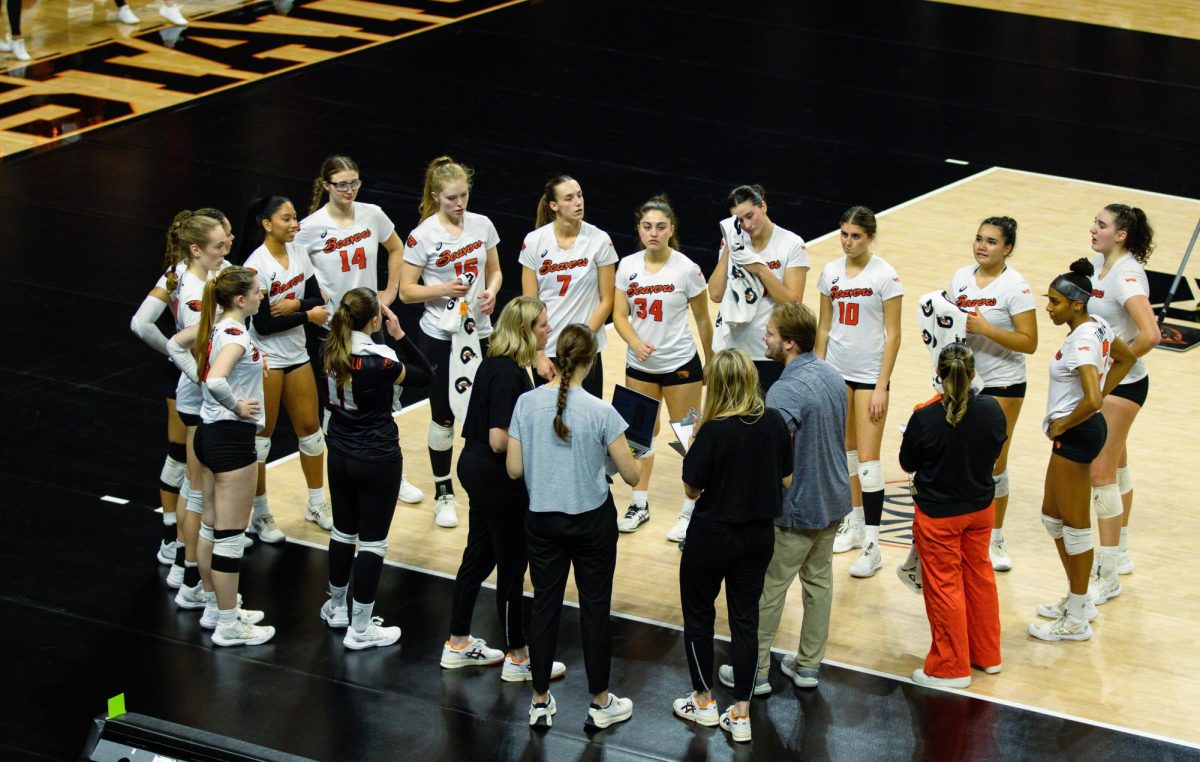
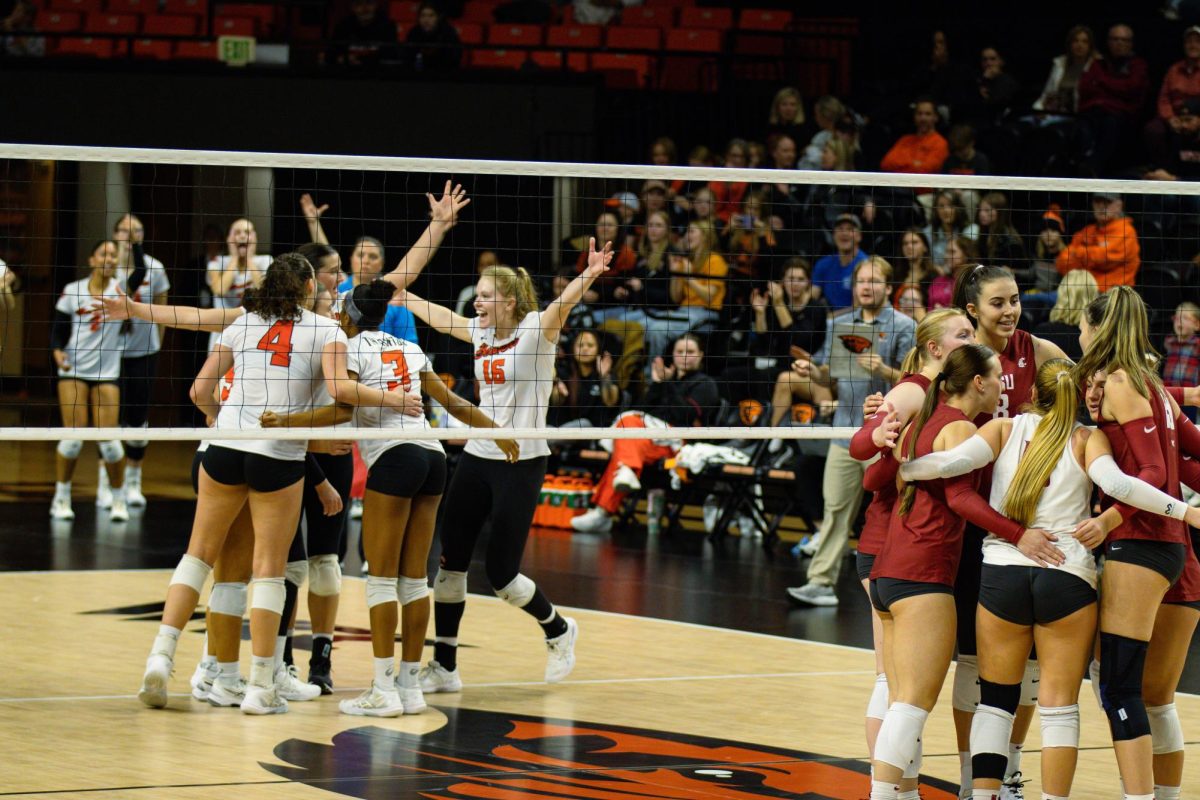
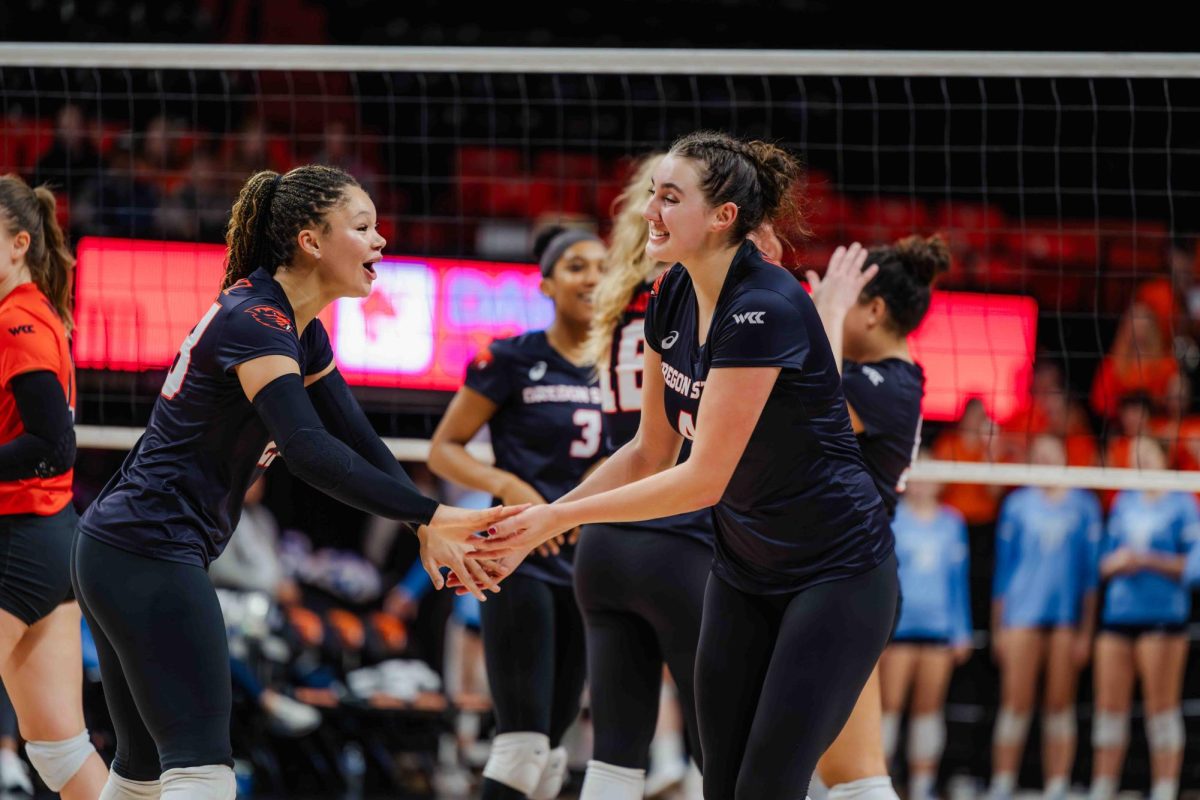
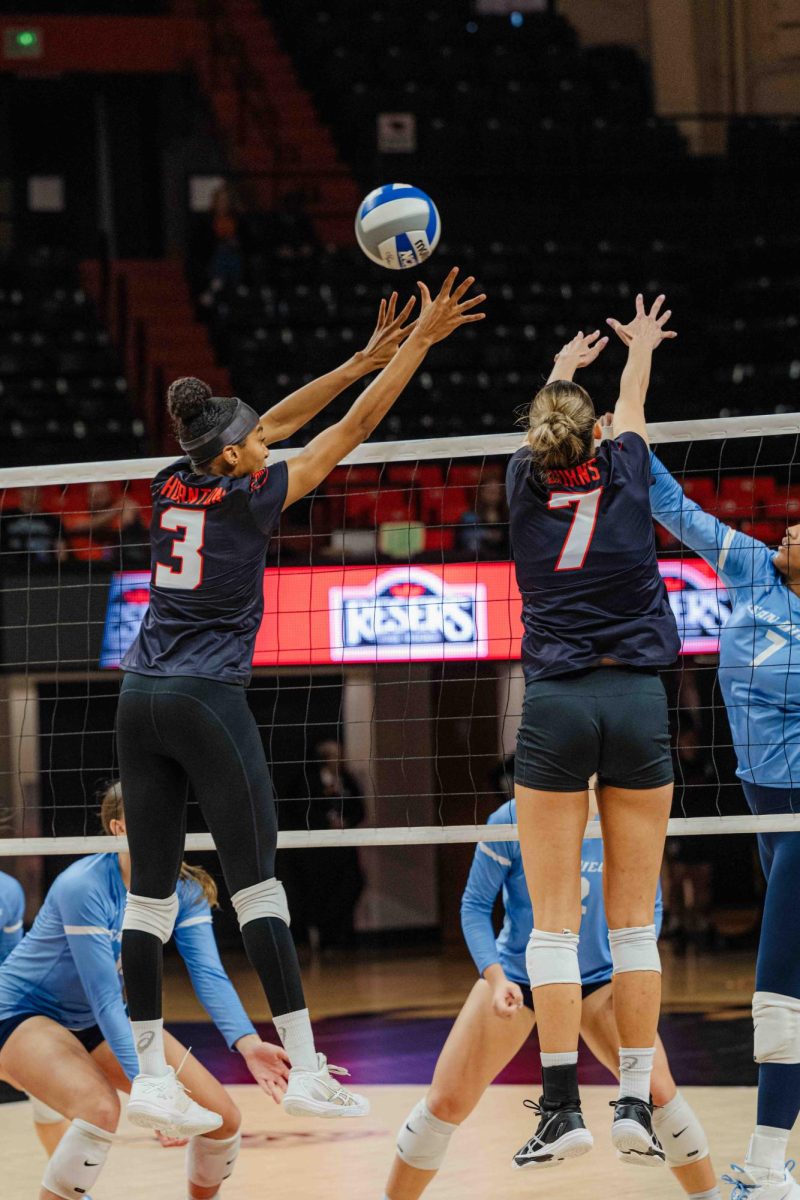
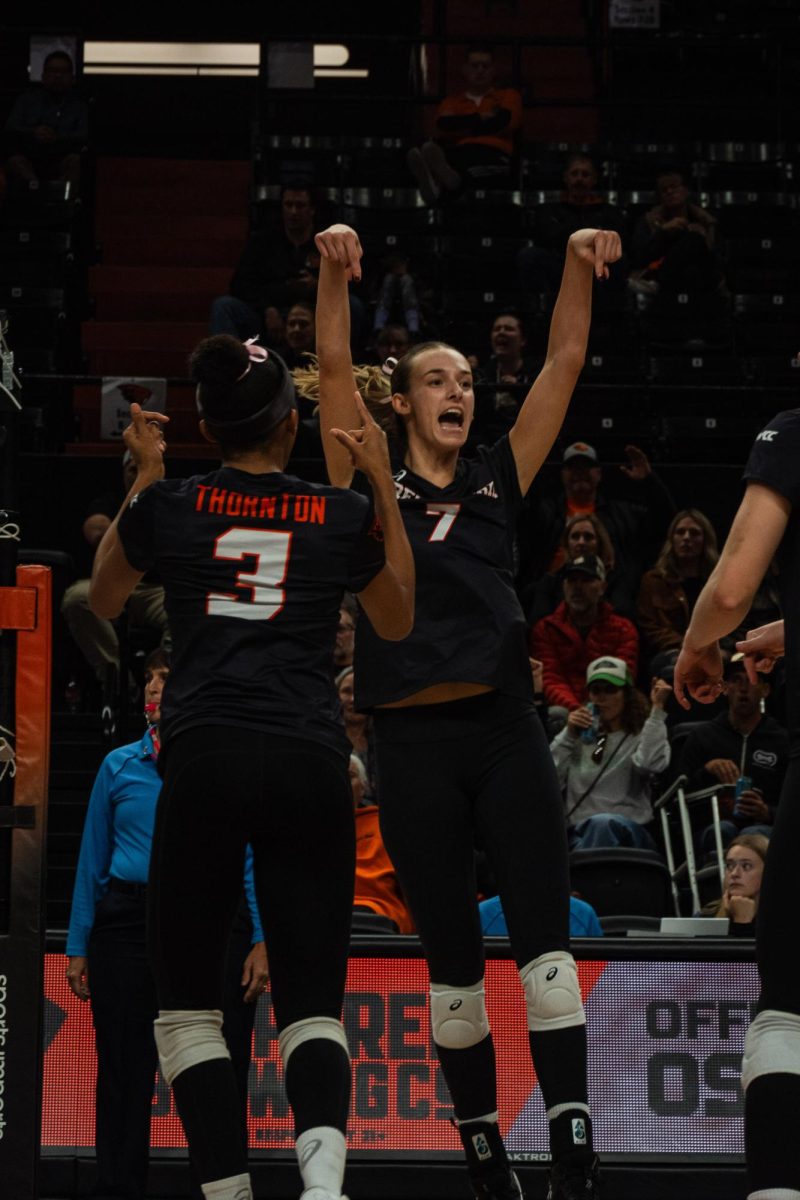
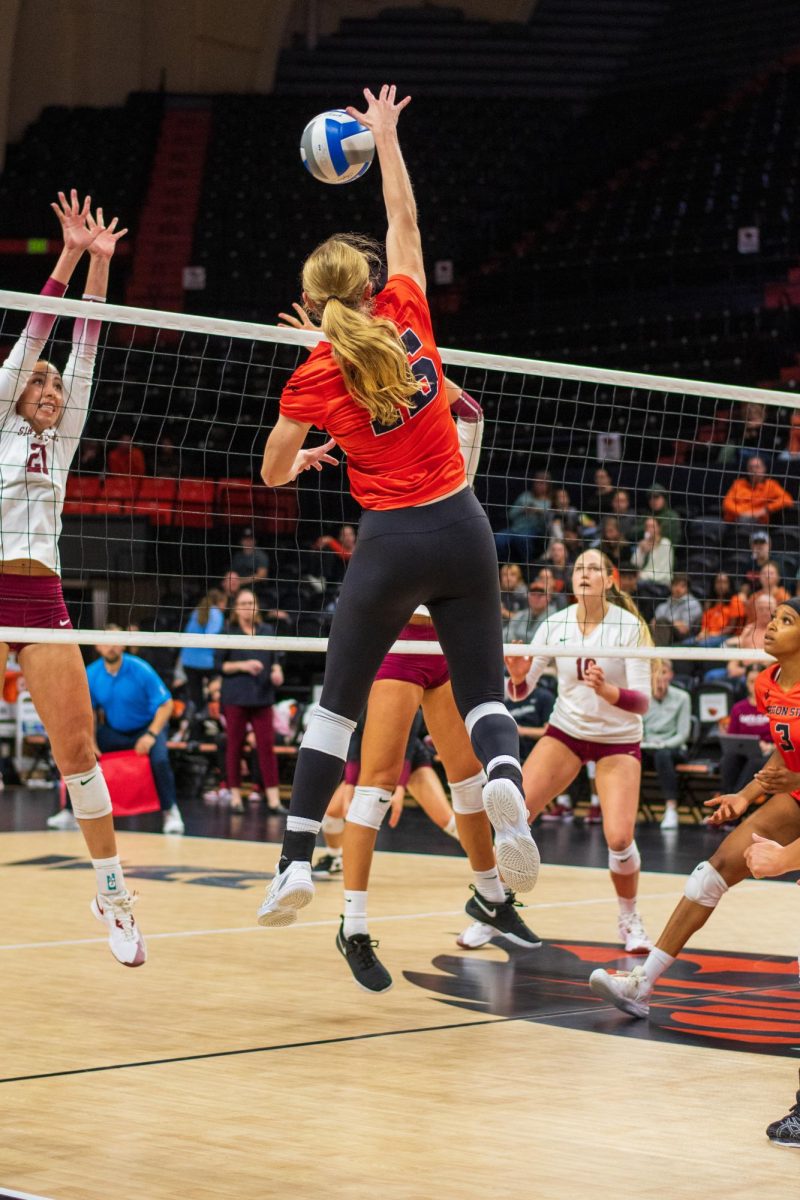

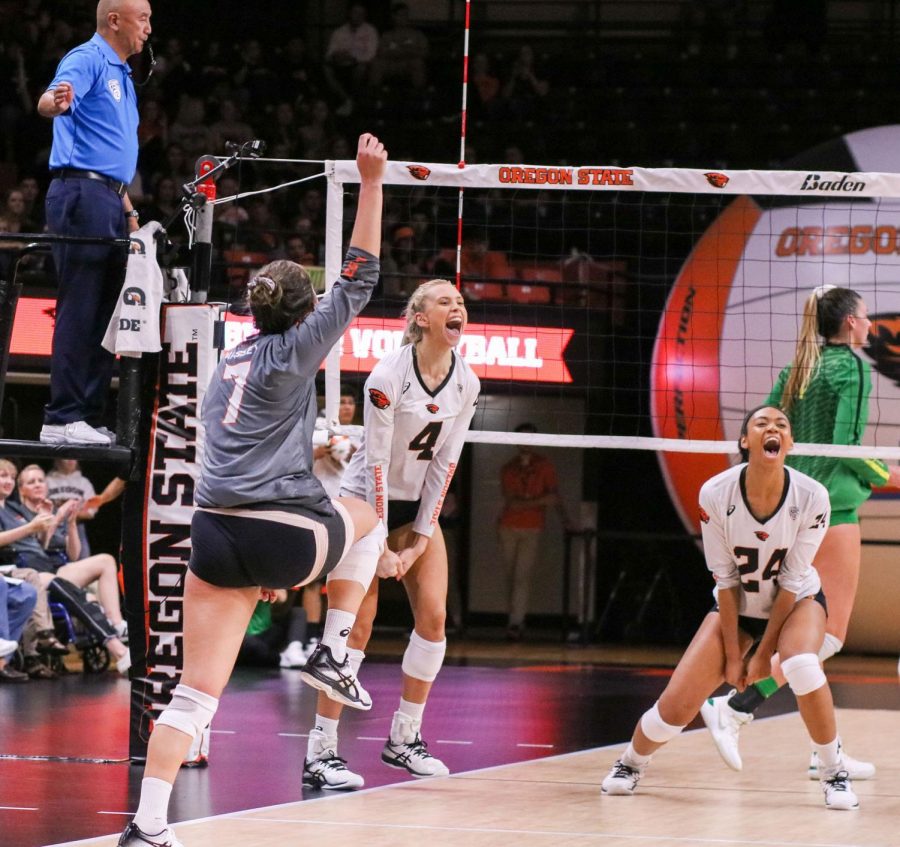
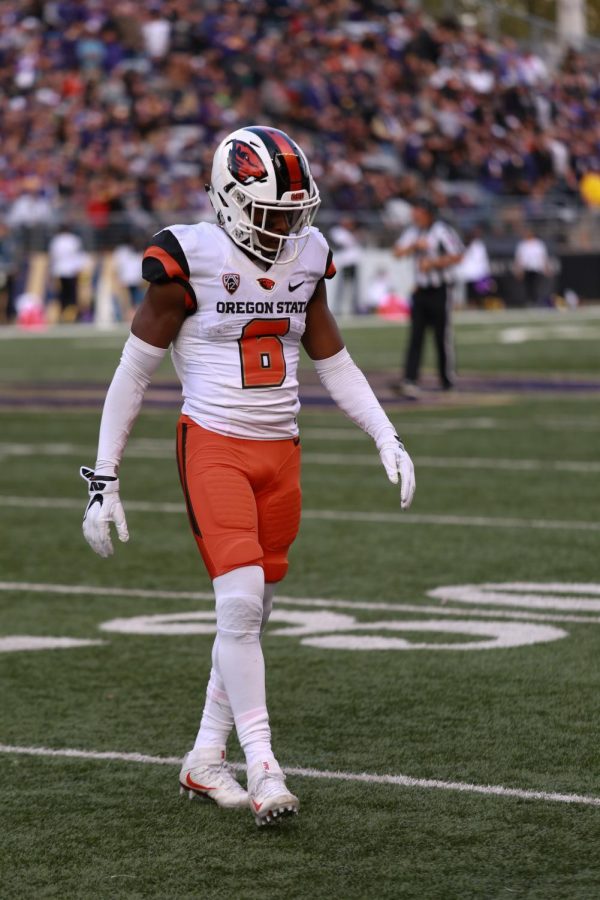
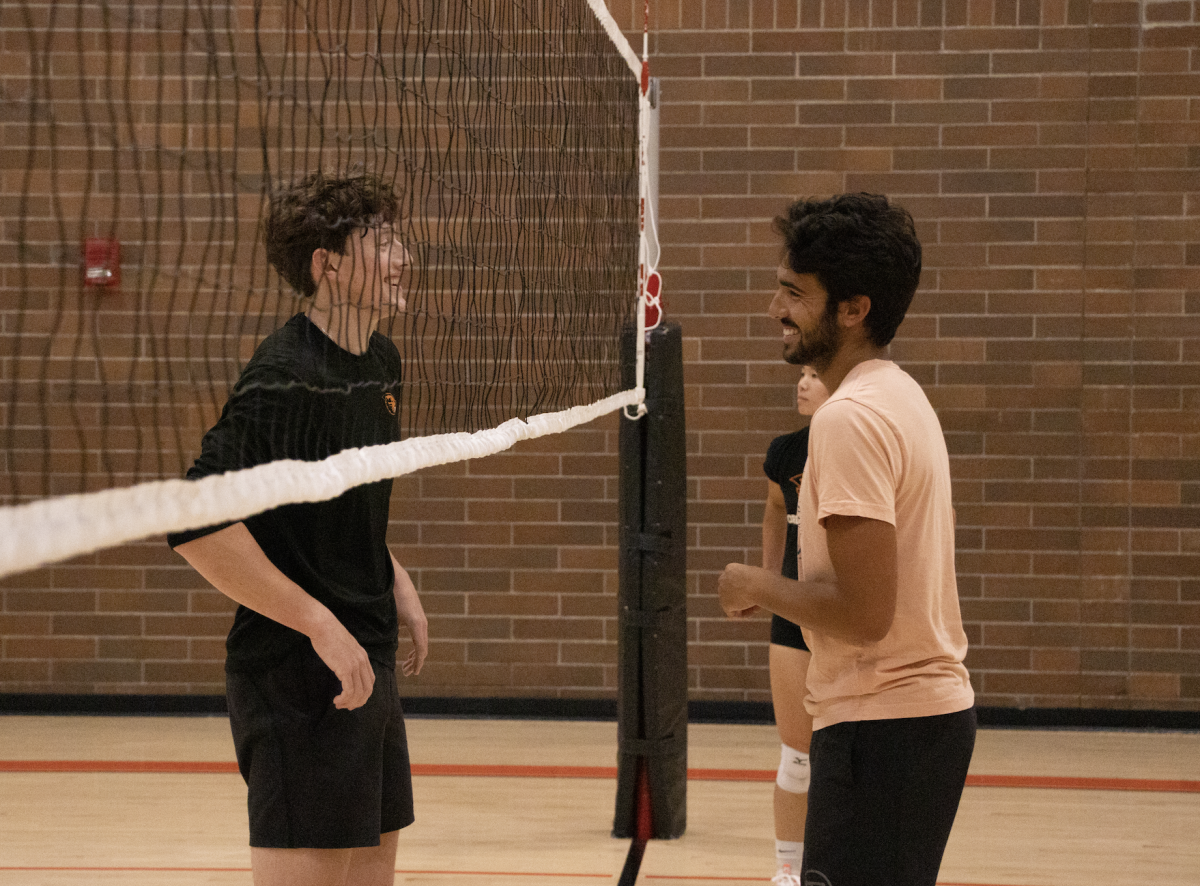

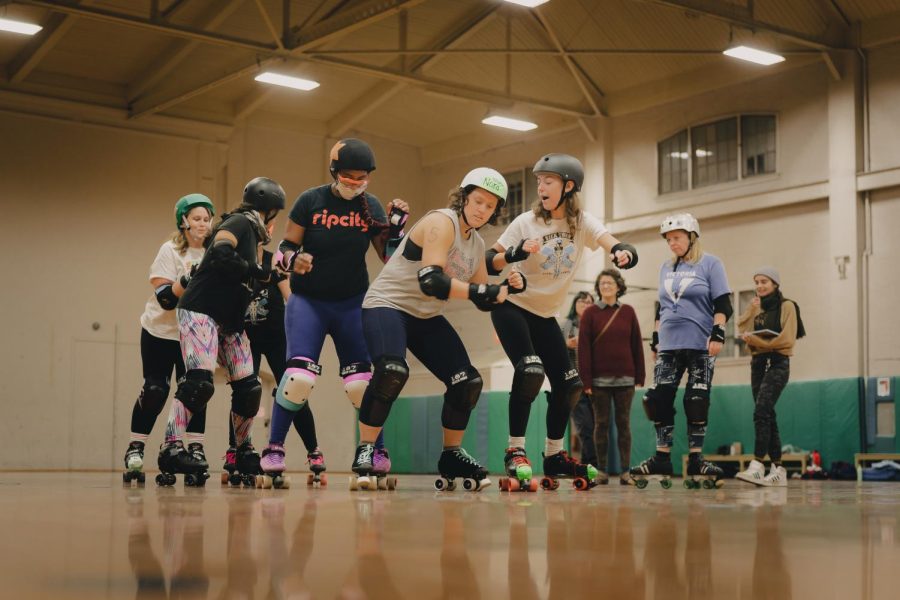
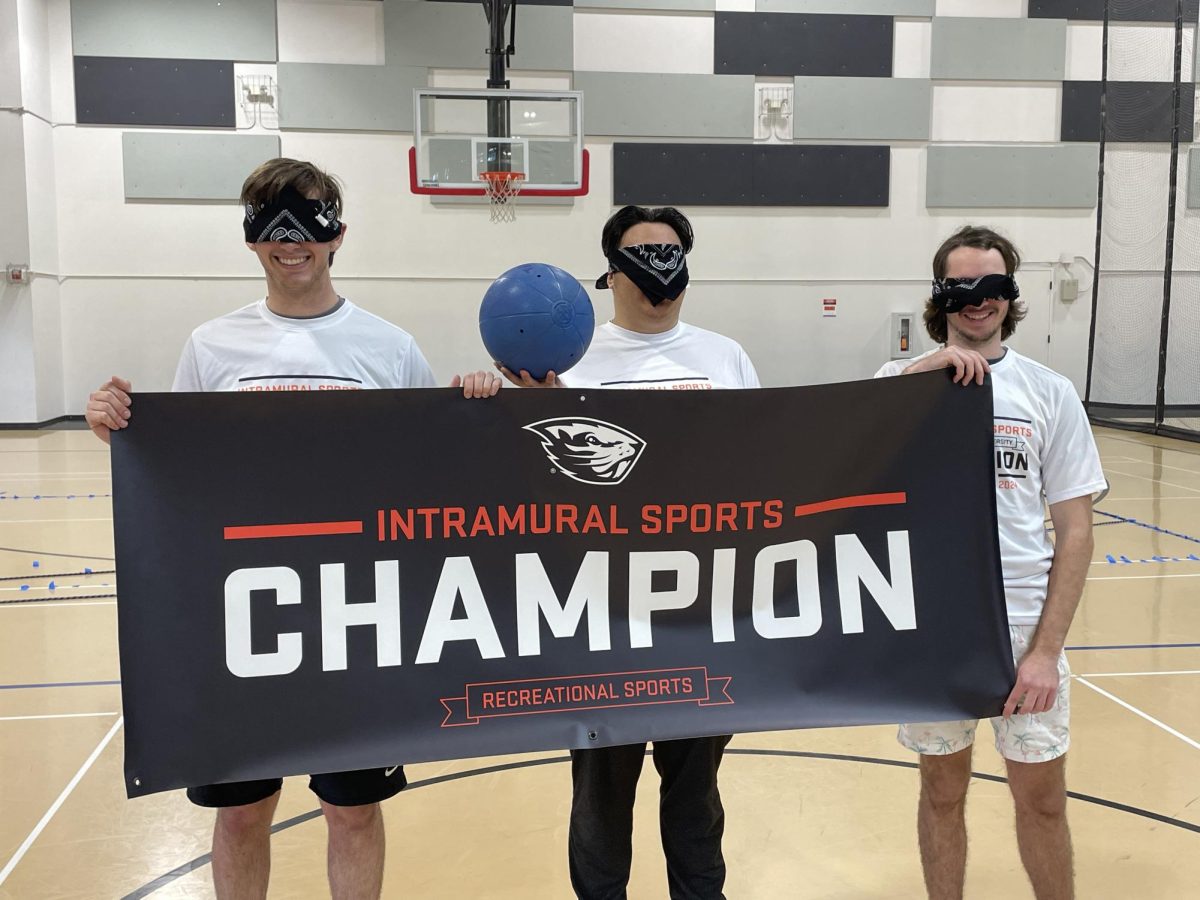
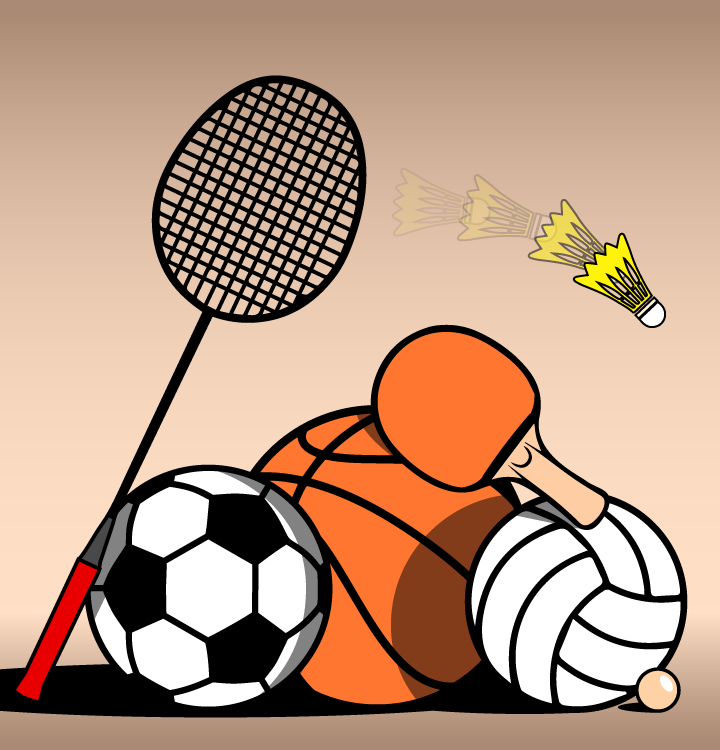
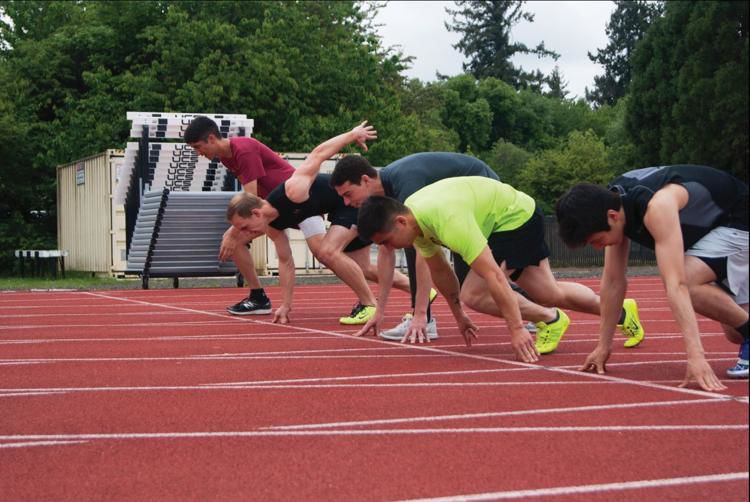

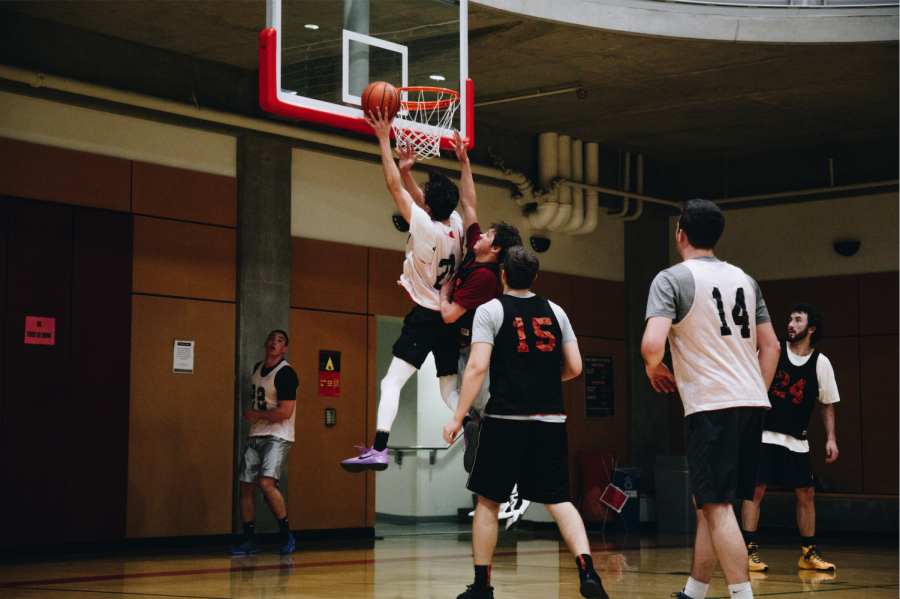
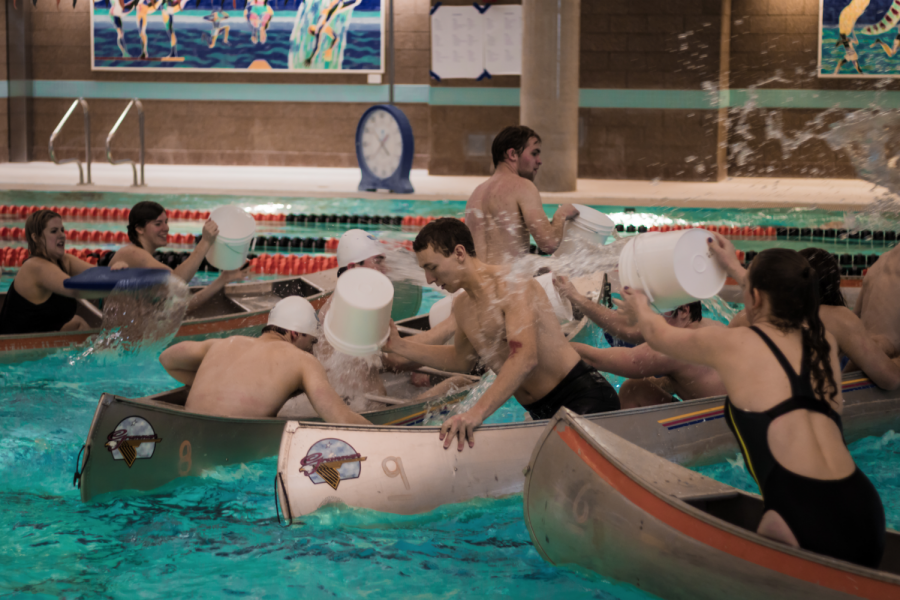
![Newspaper clipping from February 25, 1970 in the Daily Barometer showing an article written by Bob Allen, past Barometer Editor. This article was written to spotlight both the student body’s lack of participation with student government at the time in conjunction with their class representatives response. [It’s important to note ASOSU was not structured identically to today’s standards, likely having a president on behalf of each class work together as one entity as opposed to one president representing all classes.]](https://dailybaro.orangemedianetwork.com/wp-content/uploads/2025/03/Screenshot-2025-03-12-1.00.42-PM-e1741811160853.png)

